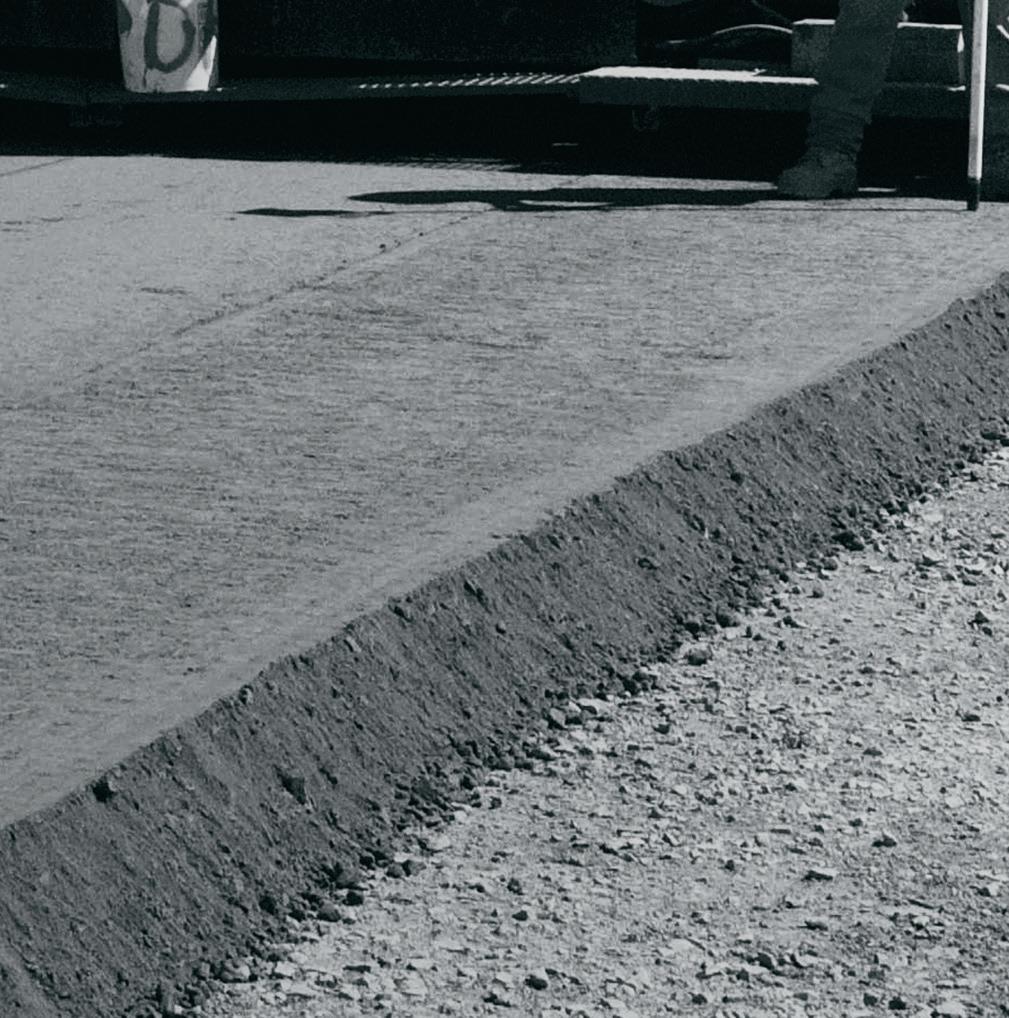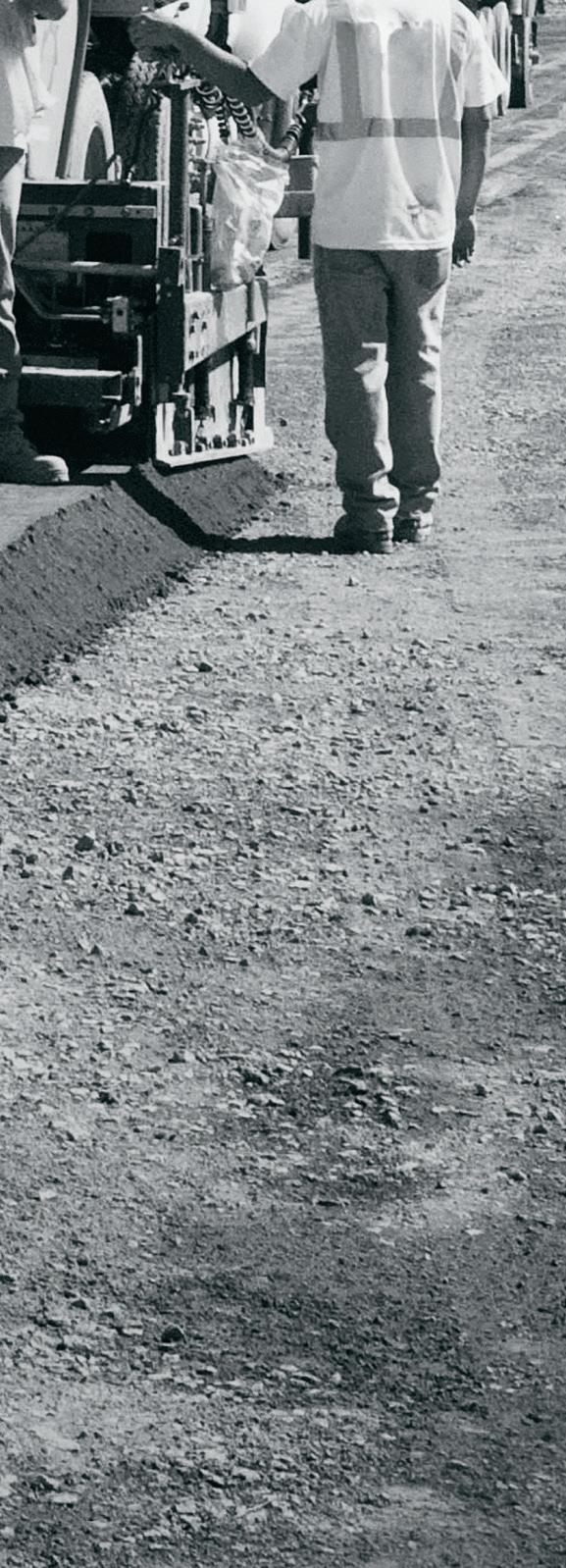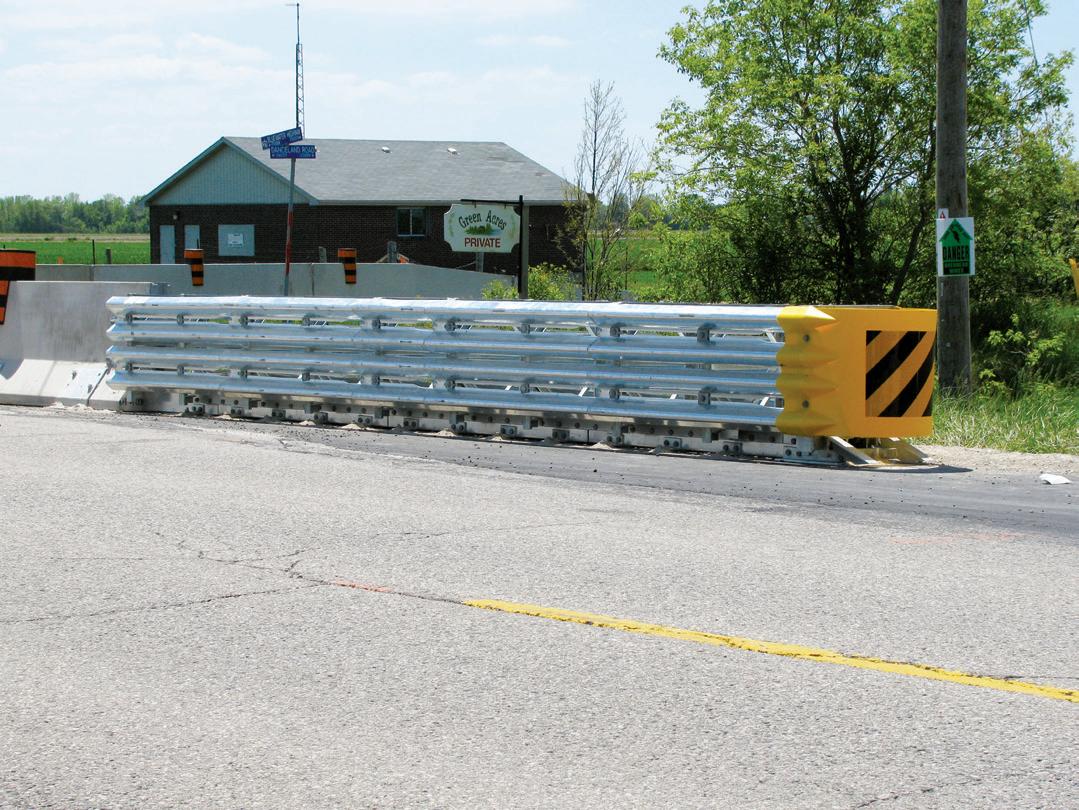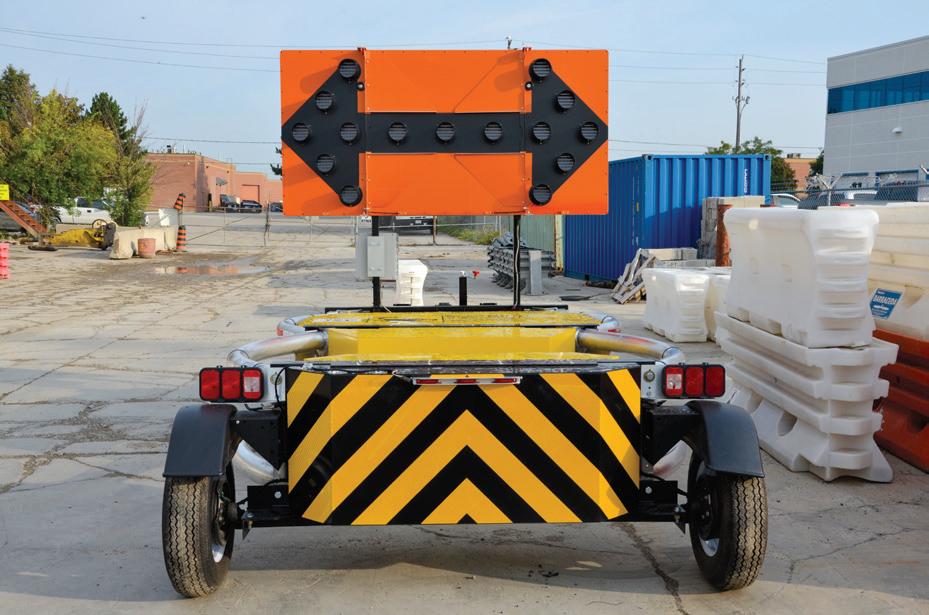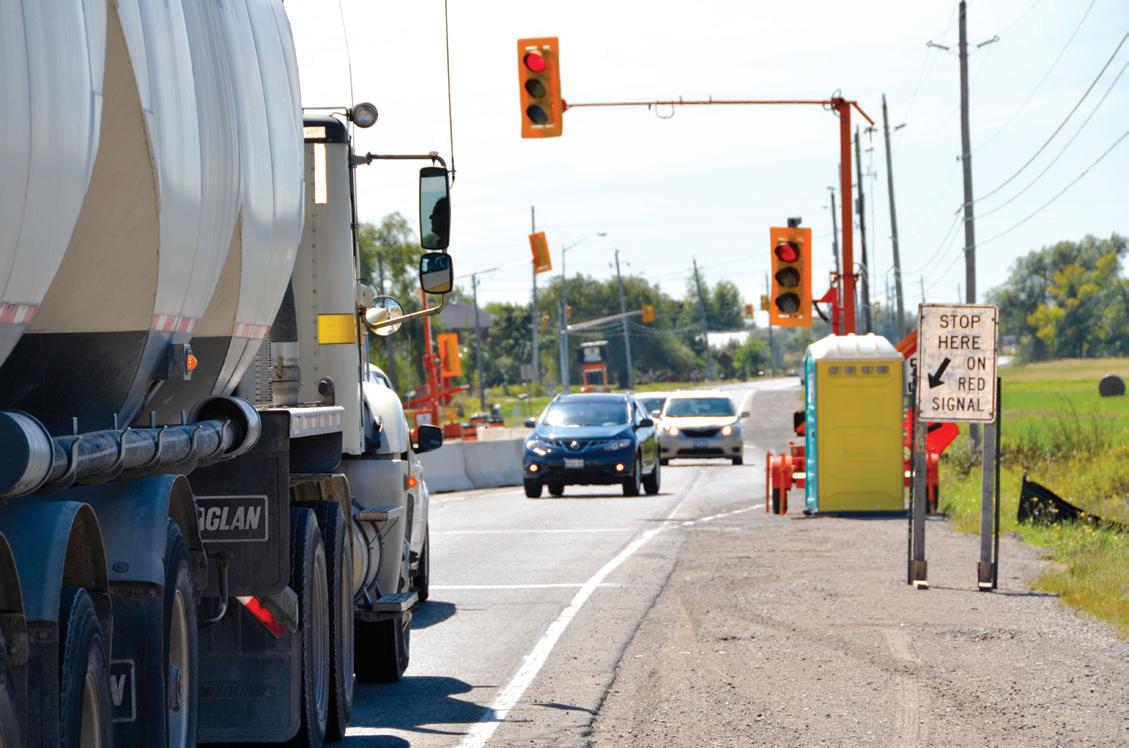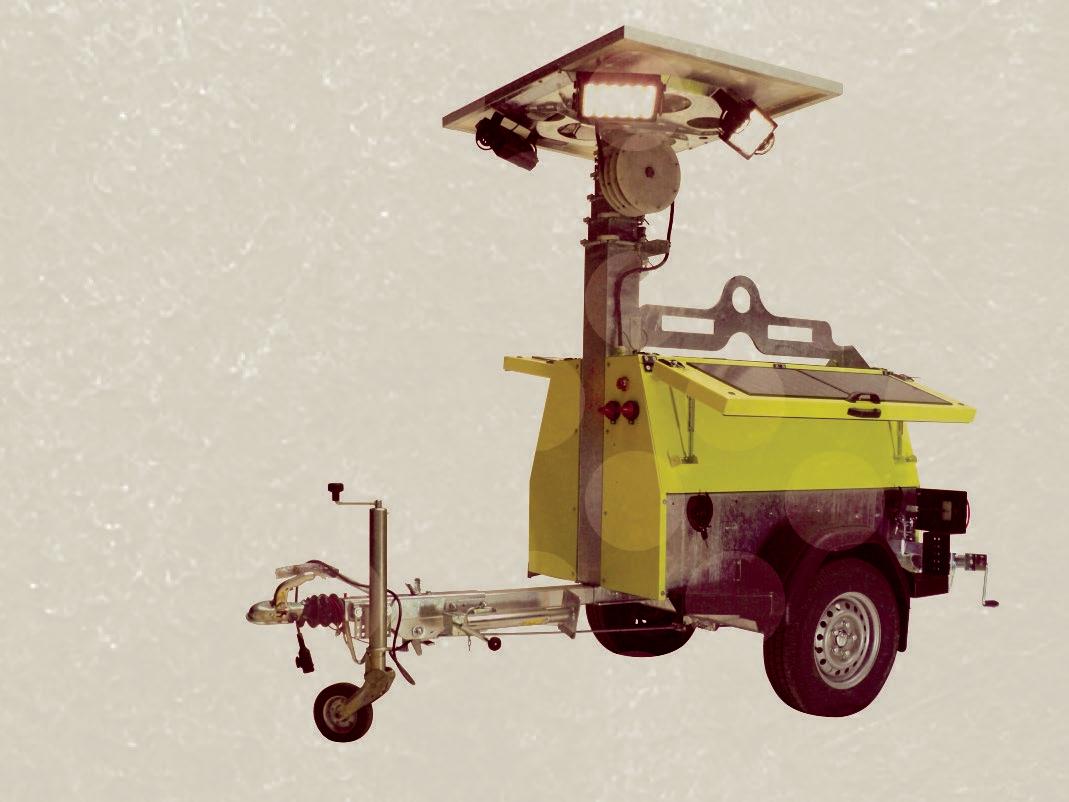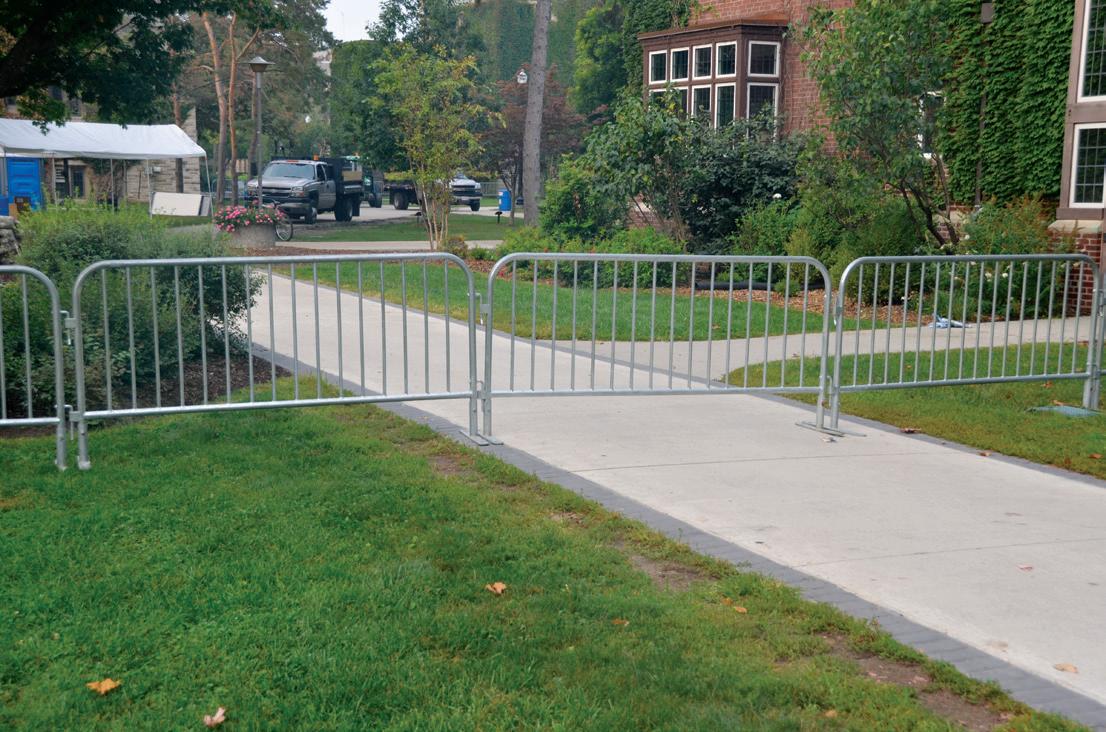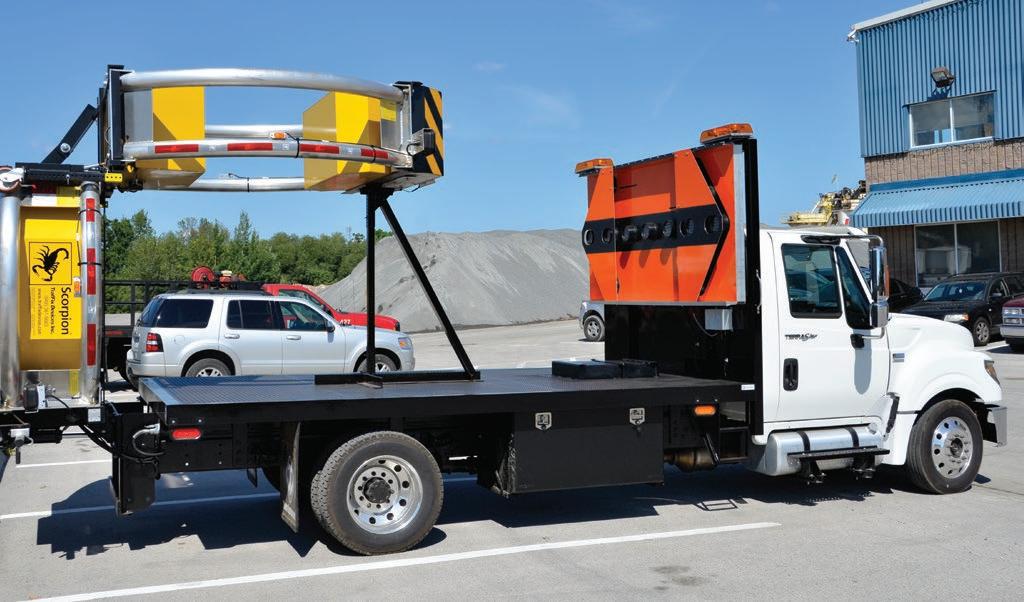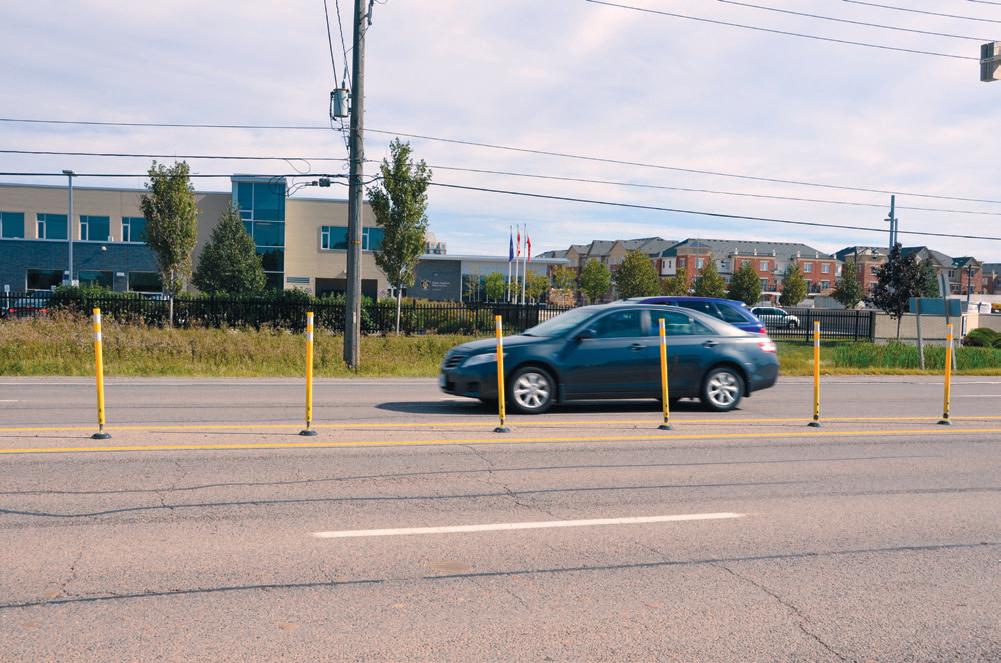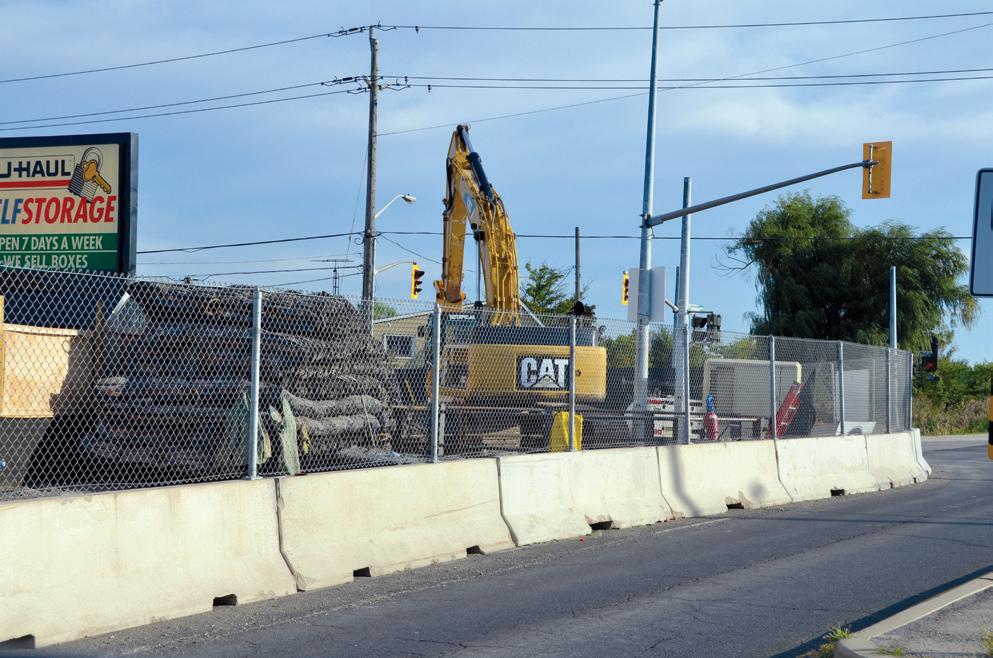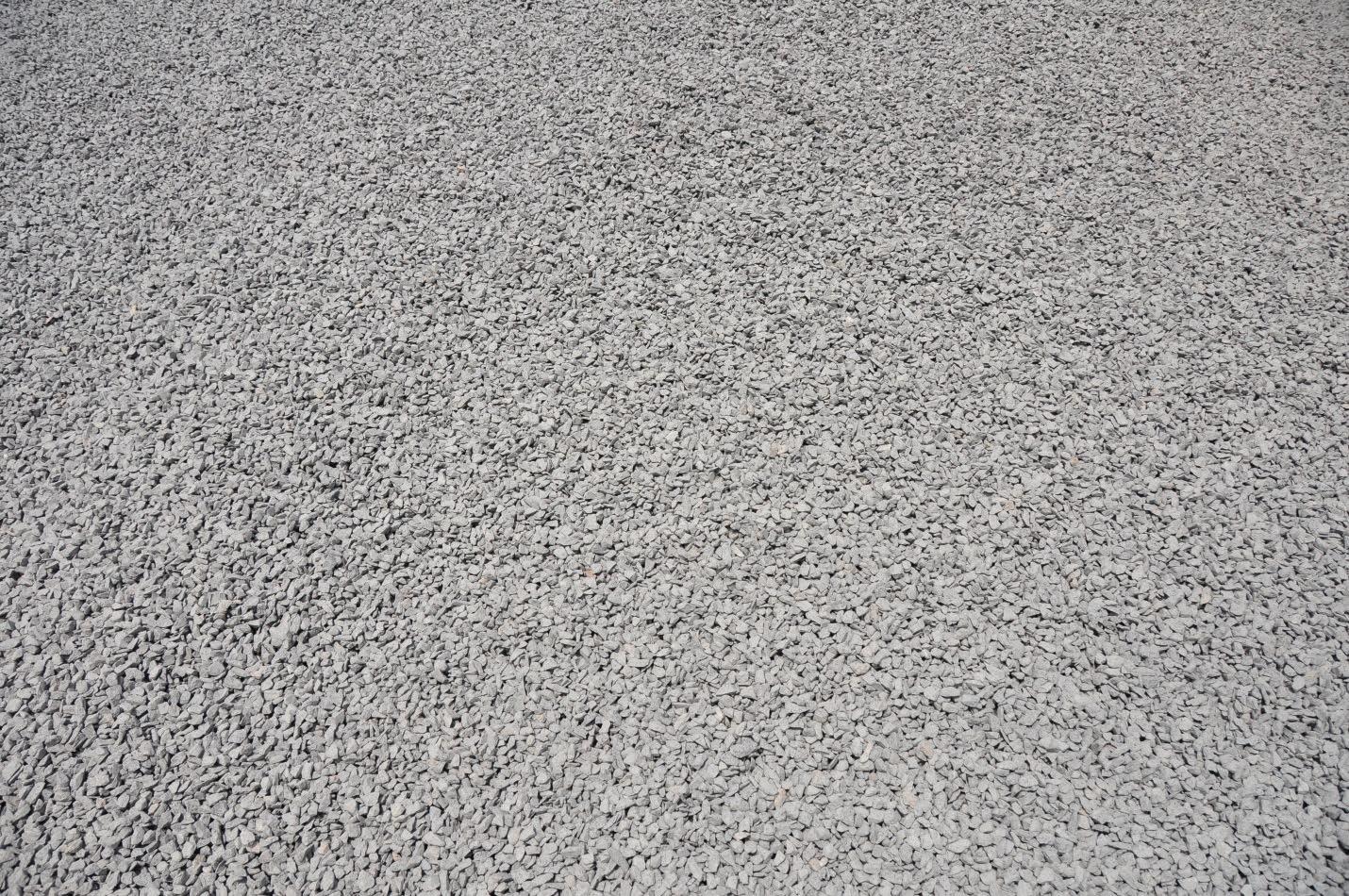

GREENER INNOVATION
ORBA STRIVES TO REDUCE THE ENVIRONMENTAL IMPACT OF THE INDUSTRY


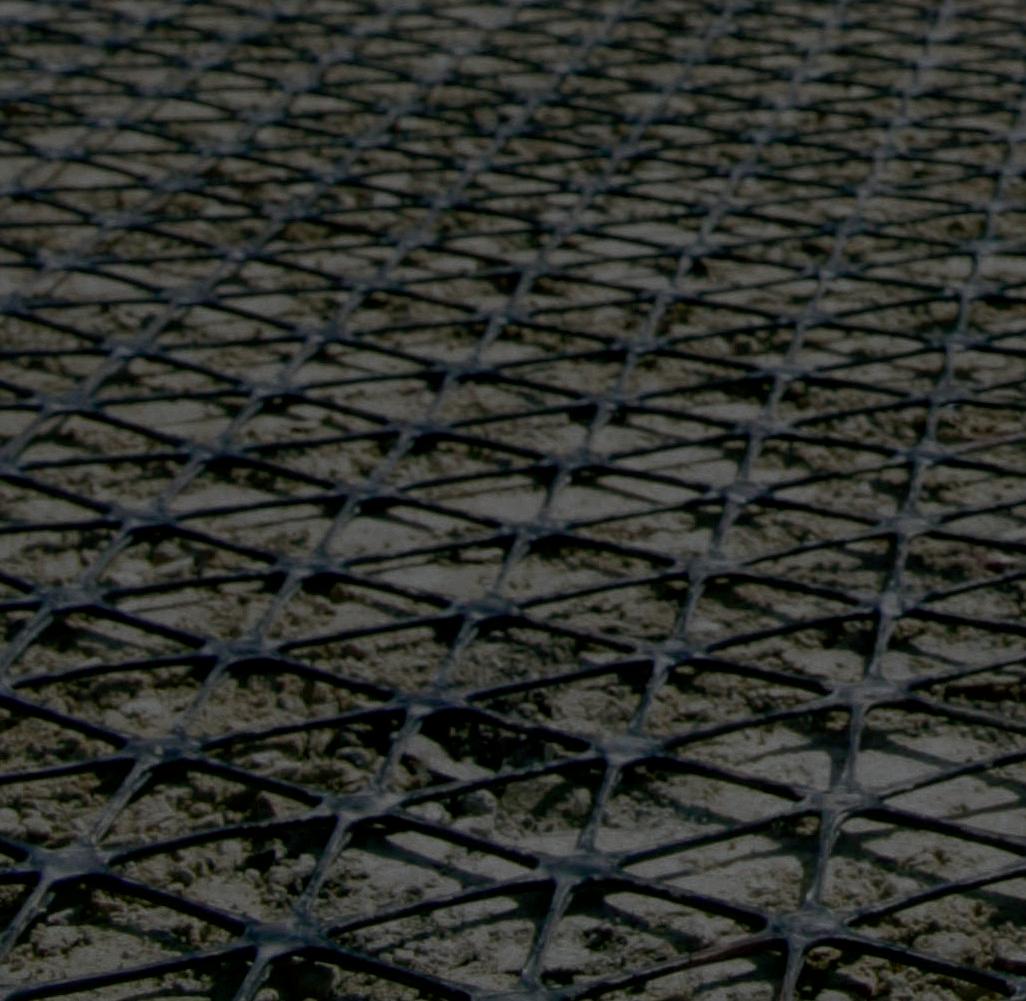
With lower maintenance budgets and increasing material costs, road builders are under escalating pressure to deliver improved performance for less money. Nilex has several biaxial and triaxial geogrid choices, as well as geotextile options to help save you money, time and aggregate on any trafficked structure construction project versus conventional methods.
We’ll even show you how much money – and carbon emissions – you can save on any project using our proprietary, third-party verified Innovation Calculator. Let Nilex help you make a Smart. Choice.
Call or visit our website for a free demonstration.

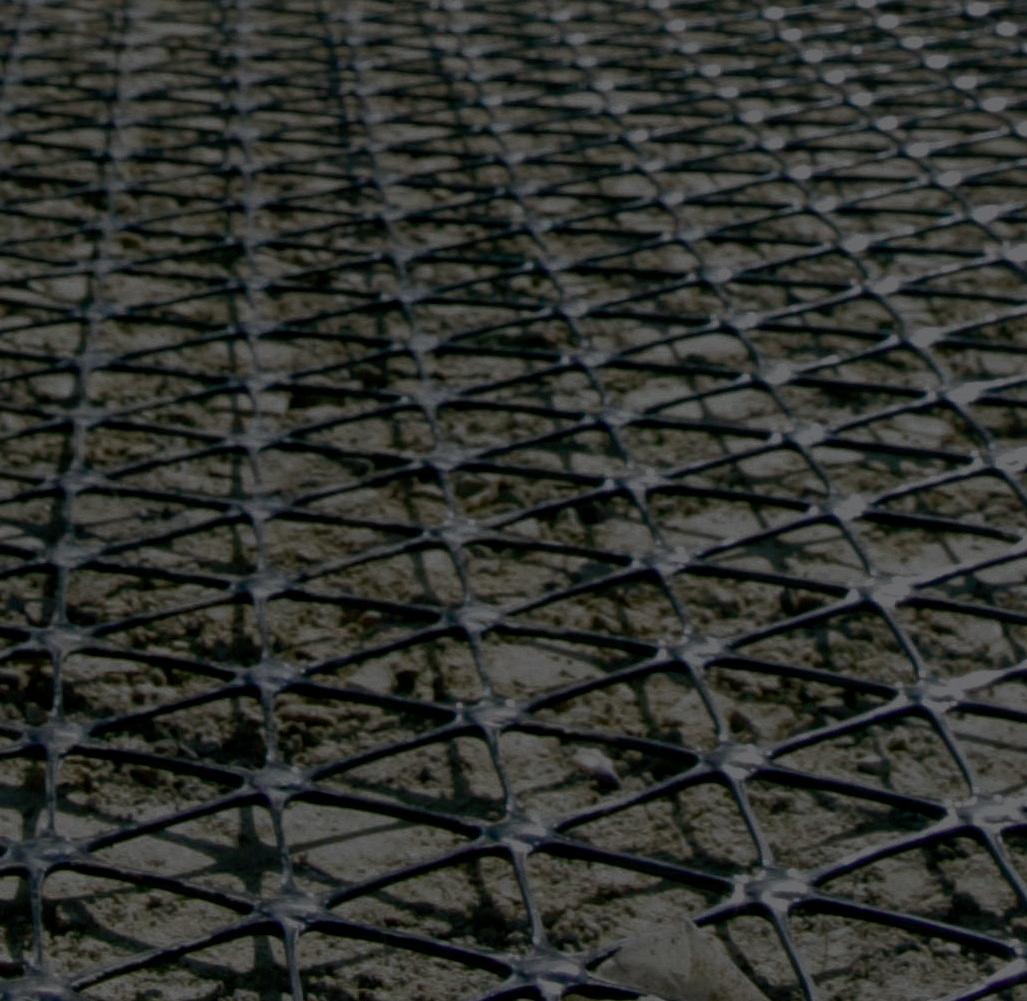




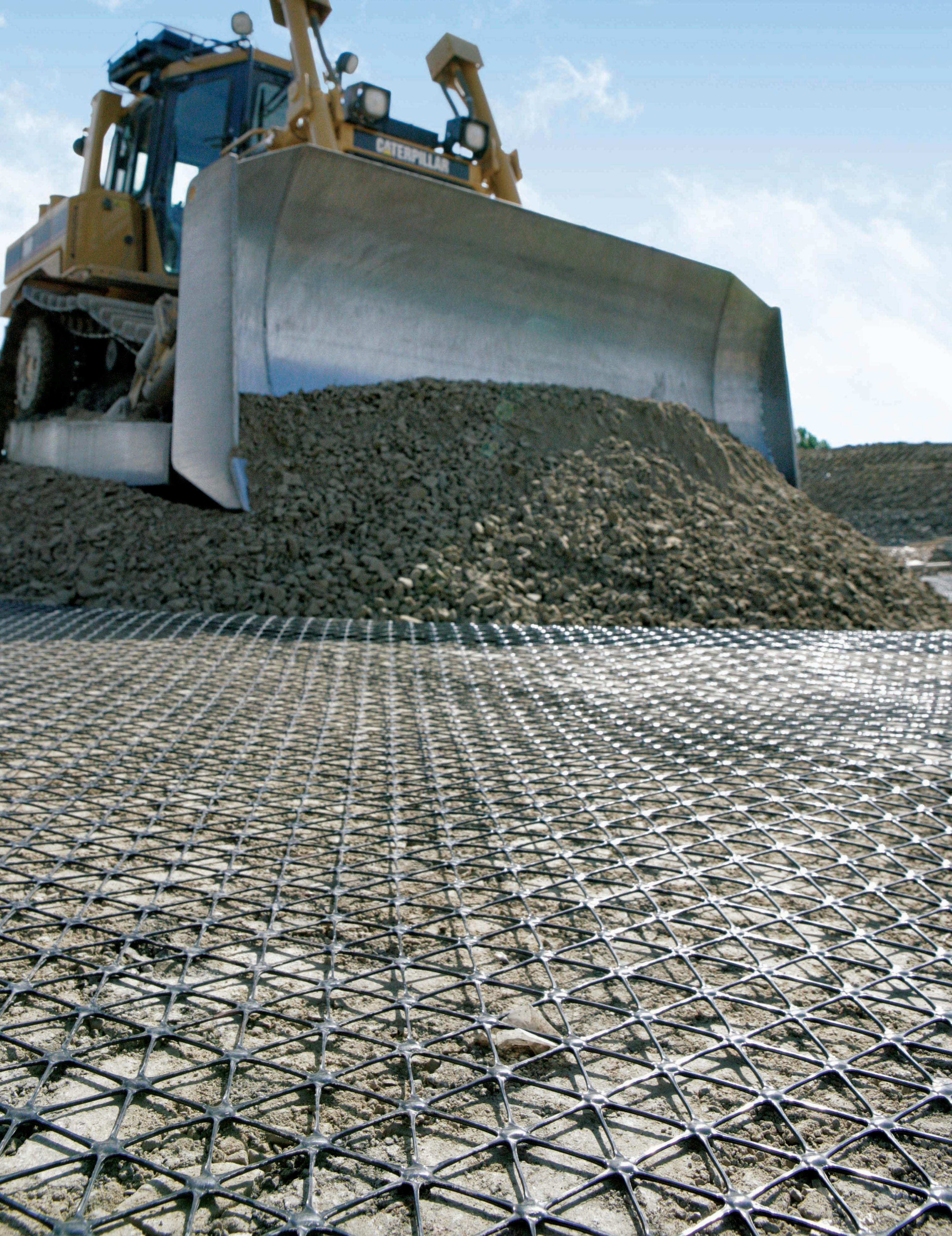









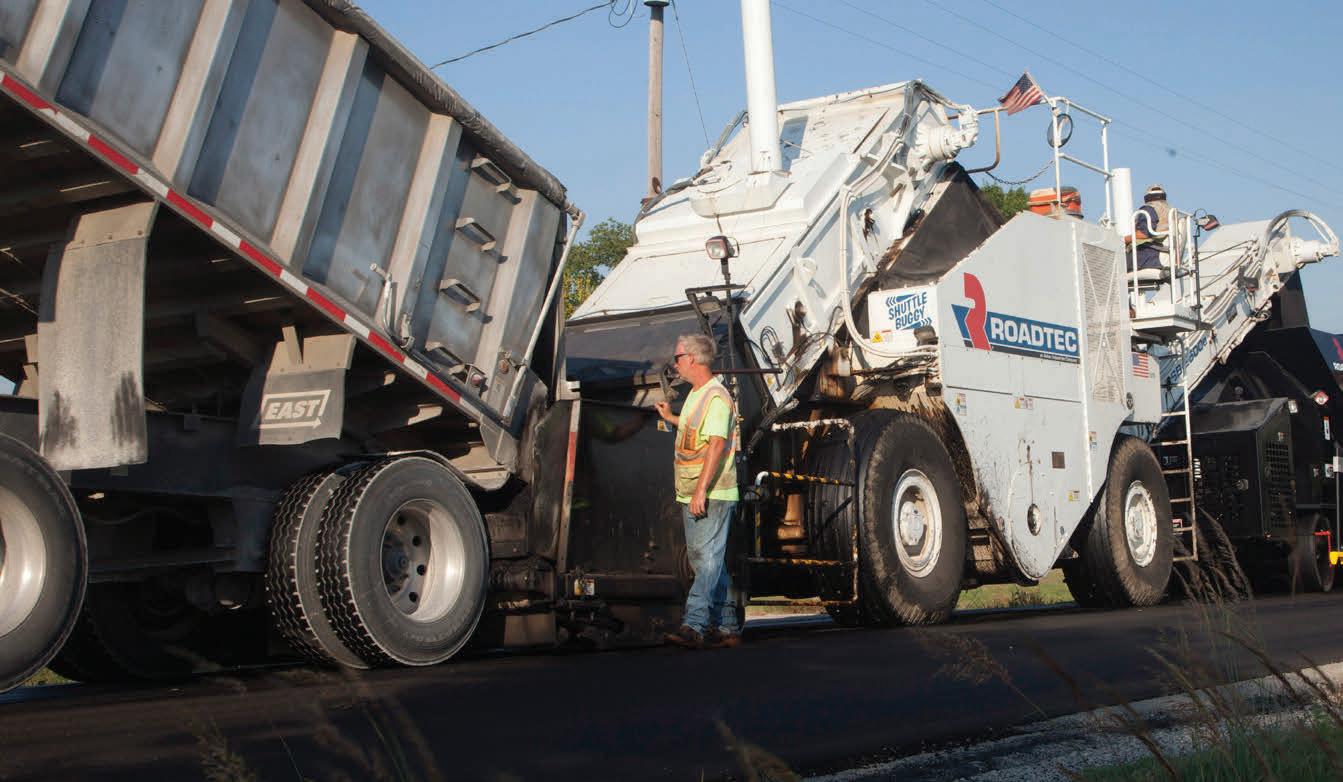
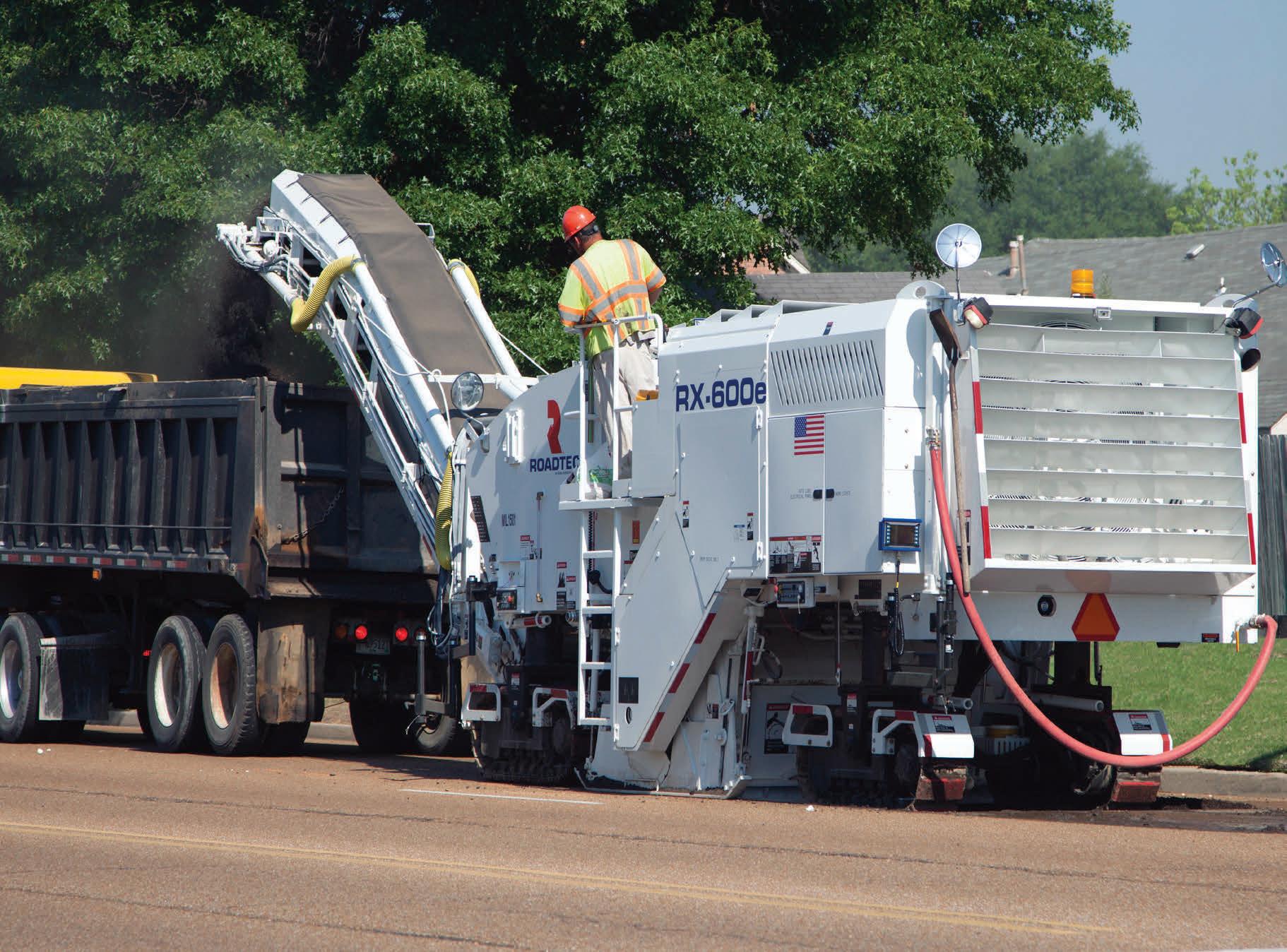
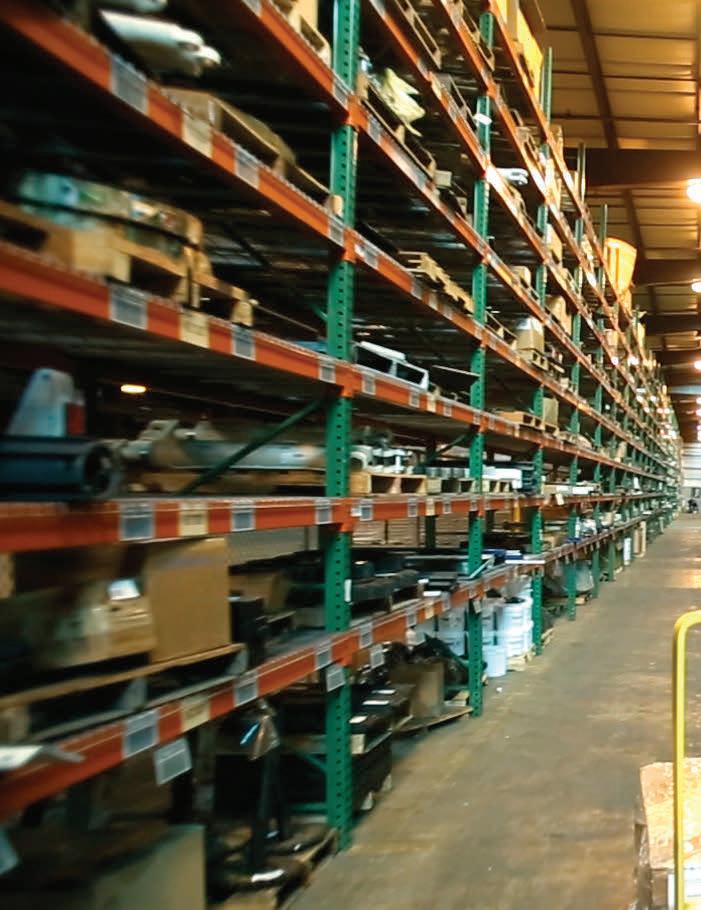
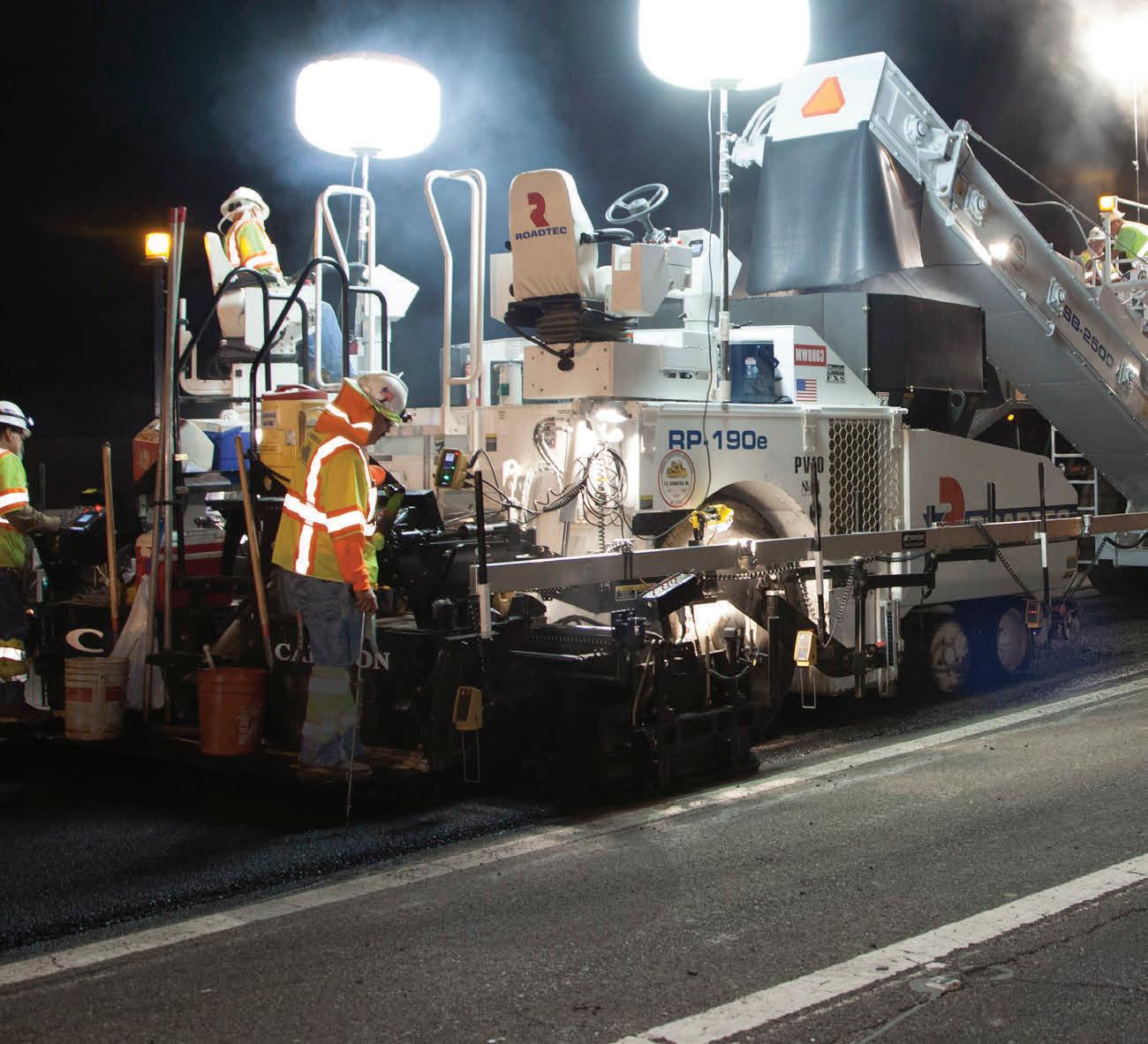
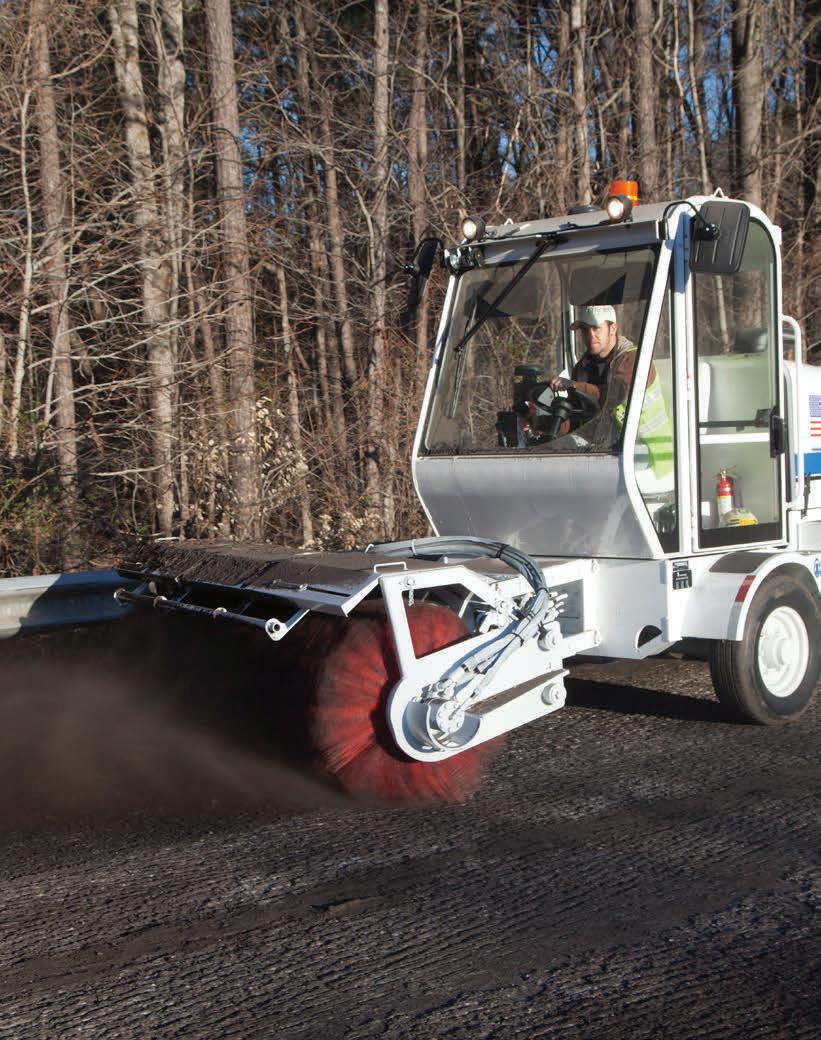
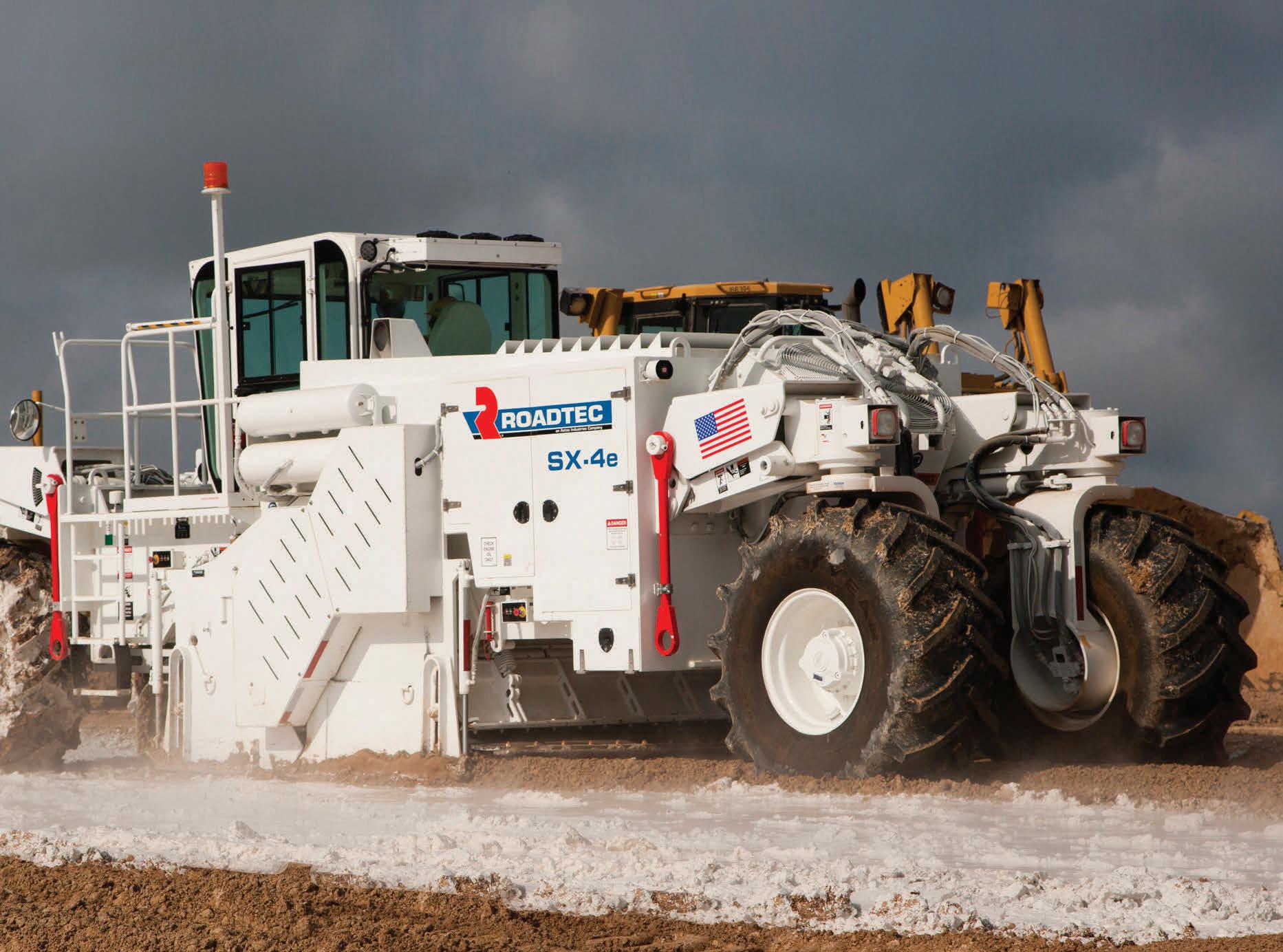







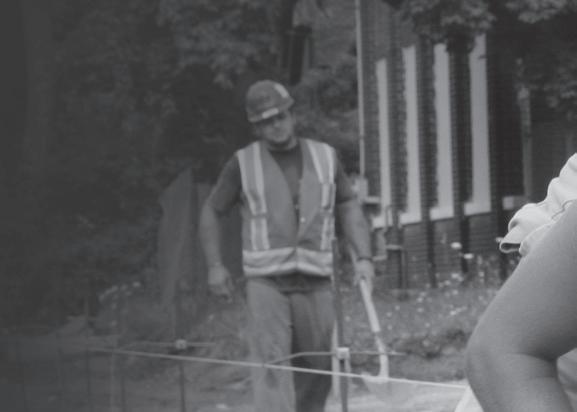
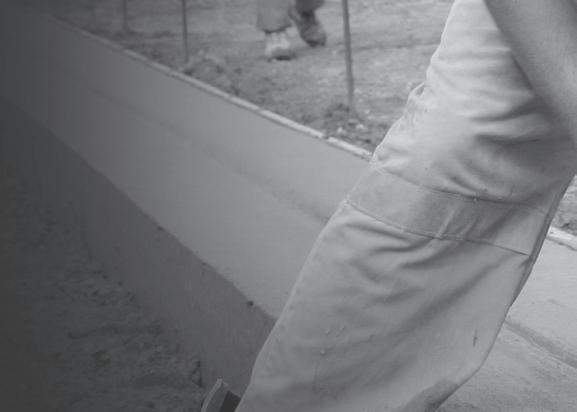

Highly trained, safety-conscious and skilled, LIUNA members are the right people for the job.
Employers know that LIUNA provides more comprehensive, advanced training for its members than any other union in Canada. LIUNA is committed to training and has created partnerships with employers including investments by our pension fund in P3 projects.
Hands-on training through the Construction Craft Worker (CCW) Apprenticeship Program is available for all LIUNA members to ensure a safe, productive workforce. Members are ready to work safely from their first day on the job, making them a valuable asset to employers.
LIUNA represents more than 80,000 members in all sectors of the construction industry in Ontario including; industrial, commercial and institutional (ICI), residential, roads, gas pipeline, sewer and watermain, electrical power systems, demolition, utilities and heavy engineering.
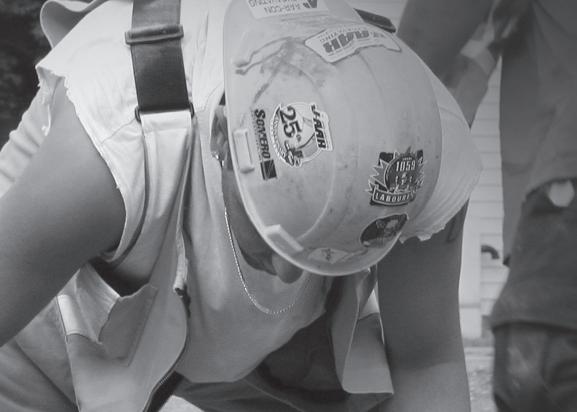
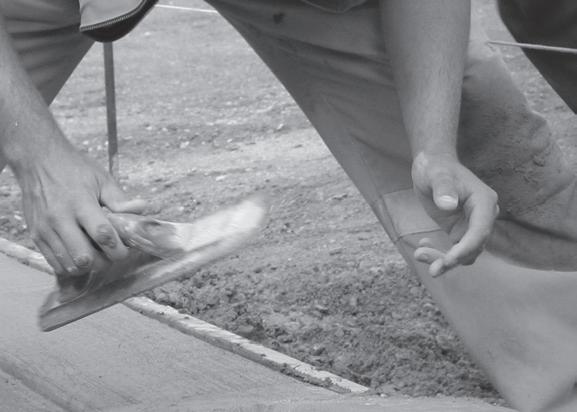


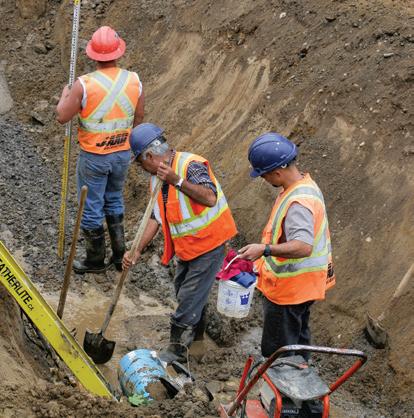
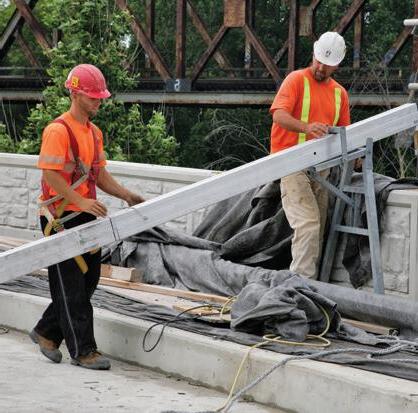
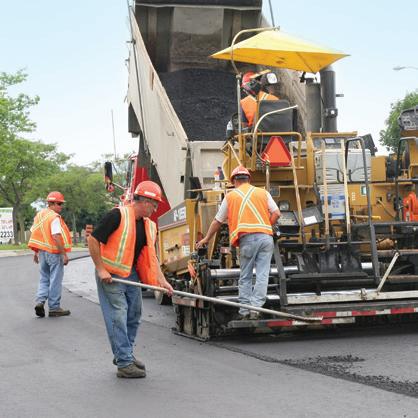
Visit liunaopdc.org/affiliated-local-unions to find a LIUNA local affiliate near you.
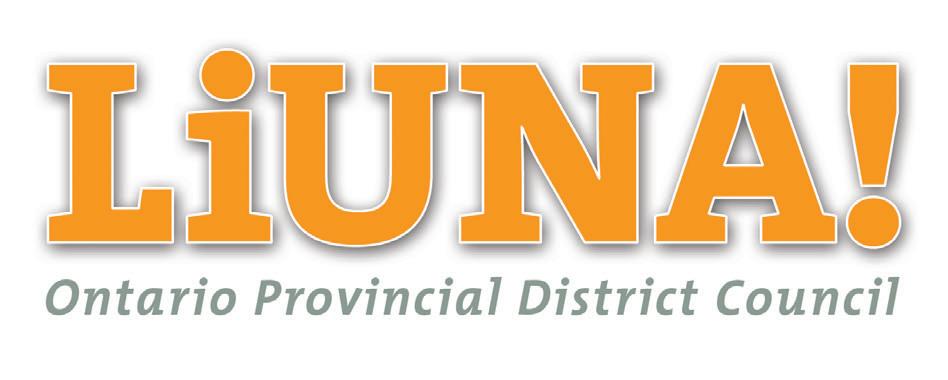

is published quarterly for:
The Ontario Road Builders’ Association
365 Brunel Road, Unit 1 Mississauga, ON L4Z 1Z5 Tel: (905) 507-1107 Fax: (905) 890-8122 www.orba.org
Publisher Robert Thompson
Editor Ali Mintenko-Crane
Sales Executives
Gary Fustey, Pat Johnston, Mike Manko, Jack Smith, David Tetlock
Senior Design Specialist
Krista Zimmermann
Design Specialist
Kelli McCutcheon
Published by:
m ediaedgepublishing.co m
33 South Station Street
North York, ON Canada M9N 2B2 Toll Free: (866) 480-4717 robertt@mediaedge.ca
531 Marion Street Winnipeg, MB Canada R2J 0J9 Toll Free: (866) 201-3096 Fax: (204) 480-4420
President Kevin Brown
Senior Vice-President
Robert Thompson Branch
EXECUTIVE DIRECTOR’S MESSAGE
Setting the Course
Long days and peak temperatures mean the summer construction season is here; and thanks to the Ministry of Transportation`s (MTO) early tender calls, our members are enjoying the benefits of getting out of the gate early. There are still municipalities which appear to be facing obstacles in this regard, but we hope to continue communicating with them about the value of early tendering.
With a new season comes fresh opportunities for environmental stewardship. We are pleased to publish our first green issue of Road Builder highlighting a variety of environmental stories within the road building industry. Many ORBA members are already leading the way with the development and use of sustainable technologies, materials, and processes; and we’re proud to spotlight their achievements in our Green Awards program,


conducted in association with the Ontario Good Roads Association (OGRA) and MTO.
ORBA also takes pride in doing our part to champion sustainable industry practices. Our Environmental Committee, is making great strides on a number of environmental issues (Permit to Take Water regulatory changes, Species at Risk requirements, etc.); and has been busy preparing research papers for Ontario’s Cap and Trade program and managing related submissions to the Ministry of Environment. Together, ORBA and its members are positioned to be a role model in eco-friendly operations, and we’re pleased to share some of our successes and plans in the pages ahead.
As for impacting the industry elsewhere, ORBA held a Commercial Vehicle Operator’s Registration (CVOR) seminar in April. The event gave members a forum to share their insights on disputing CVOR points through the Infrastructure Health & Safety Association (IHSA), and tackle the issues our members face with the program. As well, a couple weeks ago we held a Winter Maintenance Roundtable to discuss the future of winter maintenance contracts in Ontario and provide our recommendations to the MTO.
Of course, enhancing the health and safety of our industry is always on our agenda. Our latest Site Unseen campaign is currently underway with the goal of promoting change in driver behaviour in construction zones. Read more about that in Ashley De Souza’s Around Queen’s Park column and on our website.
Finally, by the time you read this, ORBA and the Ontario Hot Mix Producers Association (OHMPA) will have met with members across Ontario to discuss a potential amalgamation between the two organizations. If you have any questions or want to join the conversation, please reach out to either myself or ORBA President Allan West. More information will also be provided to members when there is more to share.
With plenty of projects and issues to keep us busy, ORBA looks forward to a meaningful and productive summer. And since there is strength in numbers, I encourage you to get involved and help us improve the conditions and opportunities for road builders across the province. In the meantime, if you have any article suggestions or feedback for Road Builder, please contact me at geoff@orba.org.
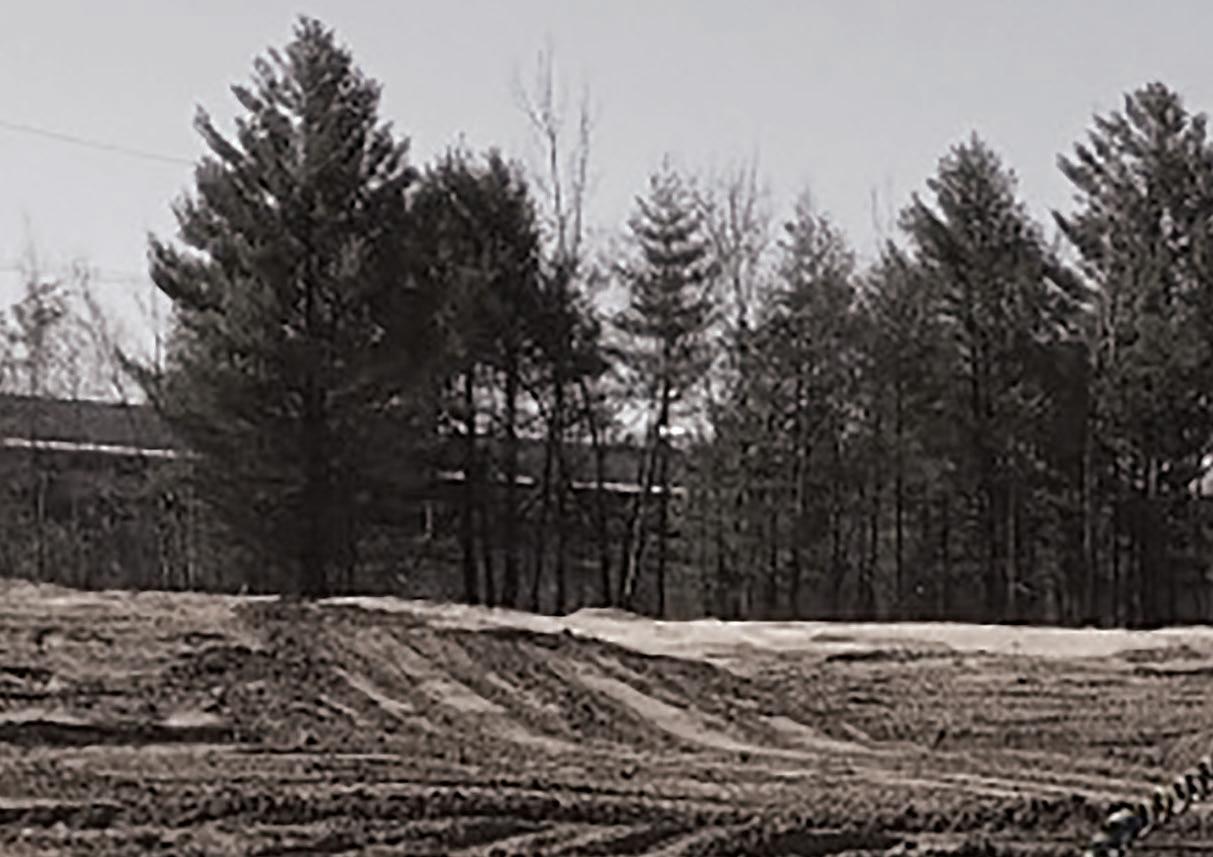


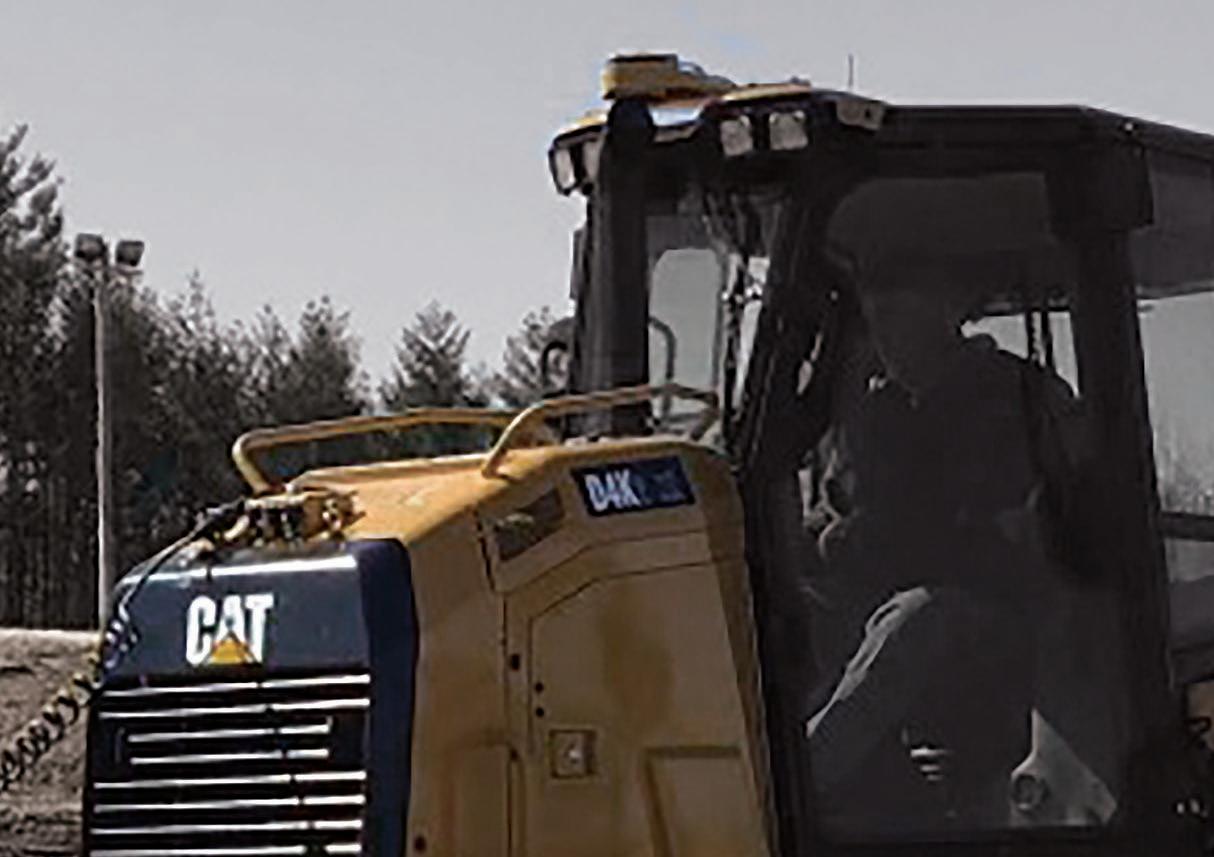
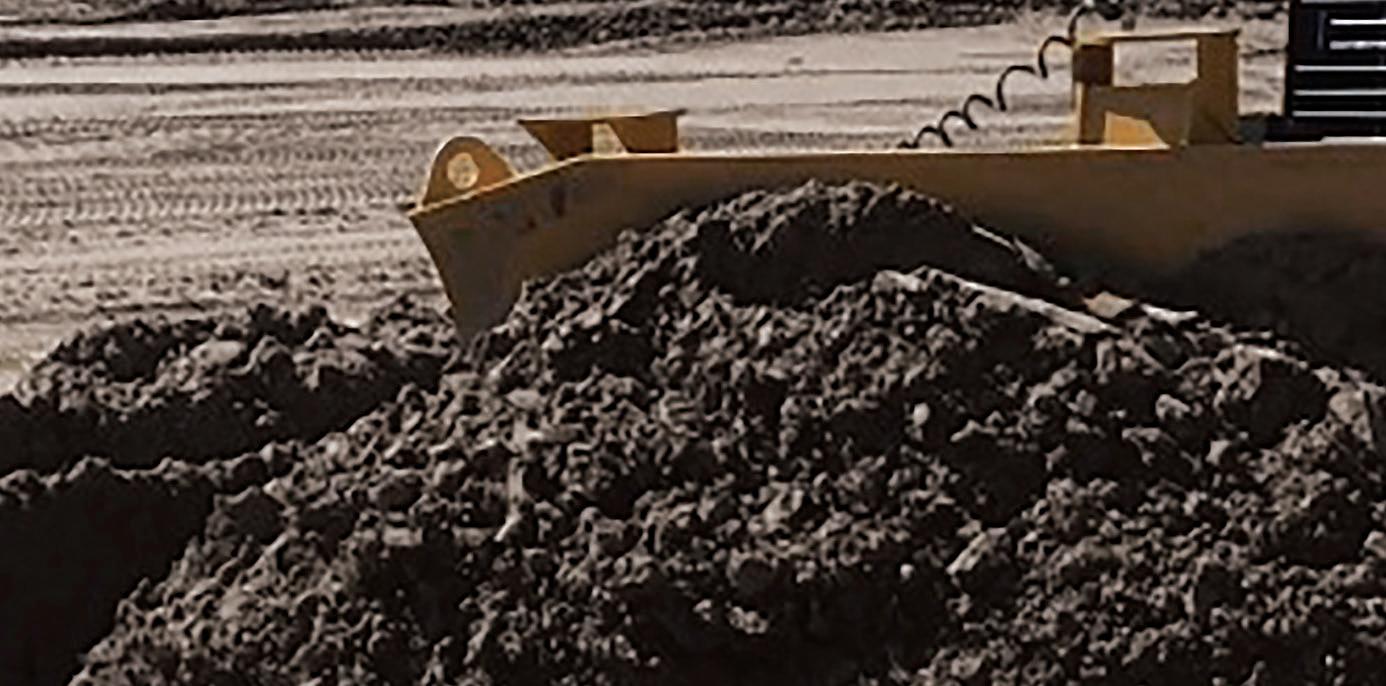

3D-MCMAX
3D-MCMAX
Topcon’s
Topcon’s
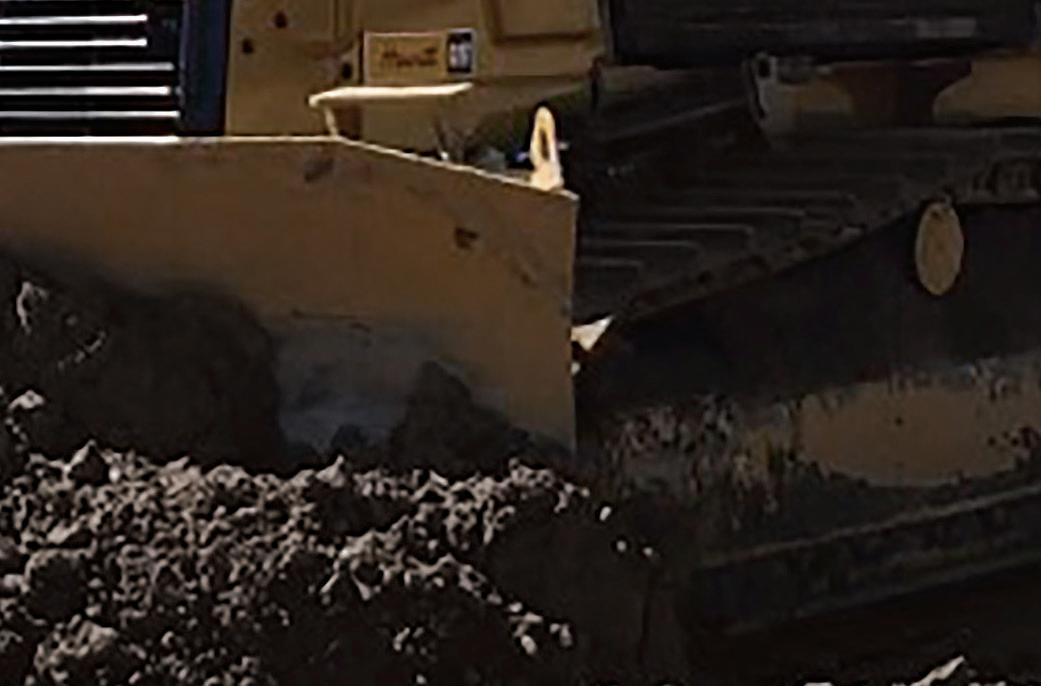
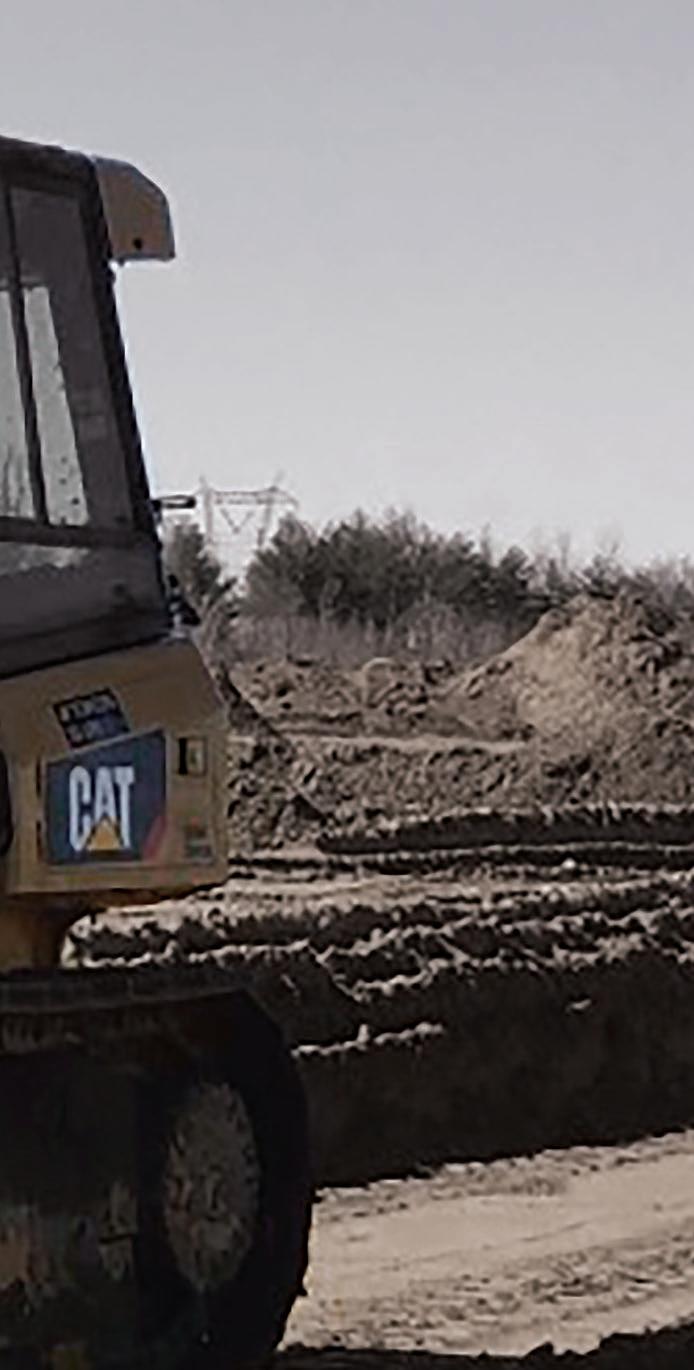


3D-MC MAX
3D-MC MAX
•Grade on any slope with rapid blade response times
•Grade on any slope with rapid blade response times
•Mastless, no more daily set up and take down procedure




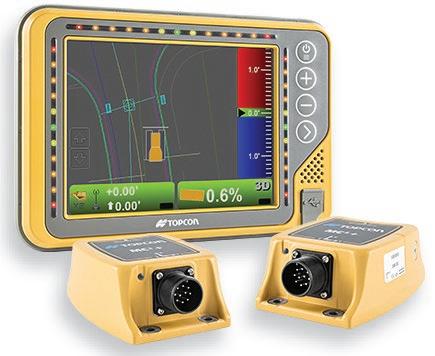





•Mastless, no more daily set up and take down procedure
•No blade bouncing
•No blade bouncing
•Single or dual antenna 6 way blade control
•Single or dual antenna 6 way blade control
• Perform detailed as-builts with “bottom of the track” data
• Perform detailed as-builts with “bottom of the track” data Mastless 3D-Dozing:
AROUND QUEEN’S PARK
There is plenty on ORBA’s agenda for 2016; yet strengthening ties with our government and industry partners remains a core objective.
This spring, association staff and ORBA’s Board of Directors took another step towards that goal by hosting the 2nd Annual Queen’s Park Reception on May 9. Emceed by ORBA President Allan West, the reception welcomed 40 MPPs and 200 guests, including Metrolinx President Bruce McCuaig, Infrastructure Ontario Executive Vice President Chris Gauer, and Senior Vice President David Morley, and NDP Leader Andrea Horwath. The evening also featured keynote addresses from Michael Harris, Taras Natyshak, and Ontario Minister of Transportation Steven Del Duca.
Thanks to the organizers’ efforts and attendee support, the reception was successful in uniting provincial ministers, MPPs, ministry staff, and ORBA representatives under one roof to share ORBA’s story and enhance its profile amongst key provincial players. Additionally, the non-partisan event brought much-deserved attention to our members’ contributions, as well as key themes such as the importance of infrastructure investments, early tender calls, and the health and safety of everyone in the industry.
On the topic of health and safety, ORBA is proud to announce the launch of its Site Unseen road safety campaign, developed with financial support from members. This province-wide PR campaign will raise awareness for summer construction work and encourage drivers to stay alert and safe when passing through road construction zones. To do that, ORBA has retained the reputed FleishmanHillard PR firm to develop a fully-integrated public campaign that includes materials and support for individual member companies.
OPEN FOR BUSINESS ROUNDTABLE RESULTS
This March, we concluded the Joint Government of Ontario-ORBA Open for Business Roundtable with a closing session at the Ontario Investment and Trade Centre. Chaired by Peter Milczyn, Parlimentary Assistant to the Minister of Economic Development, Employment and Infrastructure, the roundtable generated actionable outcomes for five critical issues:

1. OVERSIZE / OVERWEIGHT (0/0) PERMIT APPLICATION PROCESS
Request: Address concerns identified with current O/O permit wait times by enhancing and improving permit application processes.
Outcome: The Ministry of Transportation (MTO) plans to introduce legislation that will allow for the use of non-police escorts to accompany over-dimensional loads that currently require police escorts. It has also identified quick-win opportunities to improve the service experience of customers and will continue to examine the current work flow processes to identify streamlining opportunities that can be implemented in the medium-term to allow for more flexible permitting options. Finally, an Oversize/overweight (O/O) Permitting Process review of longer-term options will be explored.
2.
RECYCLED AGGREGATES:
Request: ORBA wants the Province to prevent public sector owners (including municipalities) from refusing to consider a construction bid for work, or refusing to enter into a contract with a company, because they propose to use recycled aggregates.
Outcome: Both the MTO and ORBA agree that education and outreach is required to raise awareness among municipalities for the economic and environmental benefits of recycling construction materials. Together, we will reach out and present provincial recycling best practices and successes to municipal partners. ORBA is also working with the Ontario Good Roads Association to identify an appropriate municipal forum(s) for MTO to share both its experience and success in the area of recycling with a targeted audience of municipal staff. As well, ORBA is seeking municipal examples of success in the area of recycling which will complement MTO’s success in this area.
3.
& 4. SPECIES AT RISK: CONTRACTING AND INFORMATION
Request: ORBA seeks clarification and additional information for contractors on species at risk (SAR) for bidding purposes during the tendering process, for issue resolution during project implementation, and identifying SAR habitats.
Outcome: MTO and ORBA agreed on six principles to address Open for Business discussions. They include exploring payment options for situations related to SAR that are difficult for a contractor to include in a bid, exploring opportunities to provide clarification to all relevant parties on how compensation for SAR is currently administered in contracts, and providing available SAR documents at the time of tender and – where applicable – an indication that additional information will be provided after contract award. We further agreed on providing a timely meeting early in the contract to discuss SAR requirements and provide any additional information for contracts with SAR requirements (with an invitation to MNRF to attend), involving the contractor more actively in the resolution of SAR-related contract administration issues through all party meetings, and exploring means of establishing a “real-time” continuous improvement process with all parties.
ORBA Kicks Off 2016 Construction Season with Premier Wynne and Minister Del Duca
On April 15, 2016, Ontario Premier Kathleen Wynne and Minister of Transportation Steven Del Duca kicked off the province’s 2016 construction season in Mississauga. They were joined by ORBA Executive Director Geoff Wilkinson and ORBA Board of Directors members, who spoke about the economic importance of infrastructure investments in the province, noting a $1 billion investment in Ontario’s infrastructure generates and supports $16.3 billion in GDP, and supports up to 85,000 jobs over the next 30 years.
Wilkinson also emphasized that proper investments in the maintenance and expansion of Ontario’s roads, bridges, and highways creates jobs, helps reduce congestion, and places Ontario at a competitive advance.
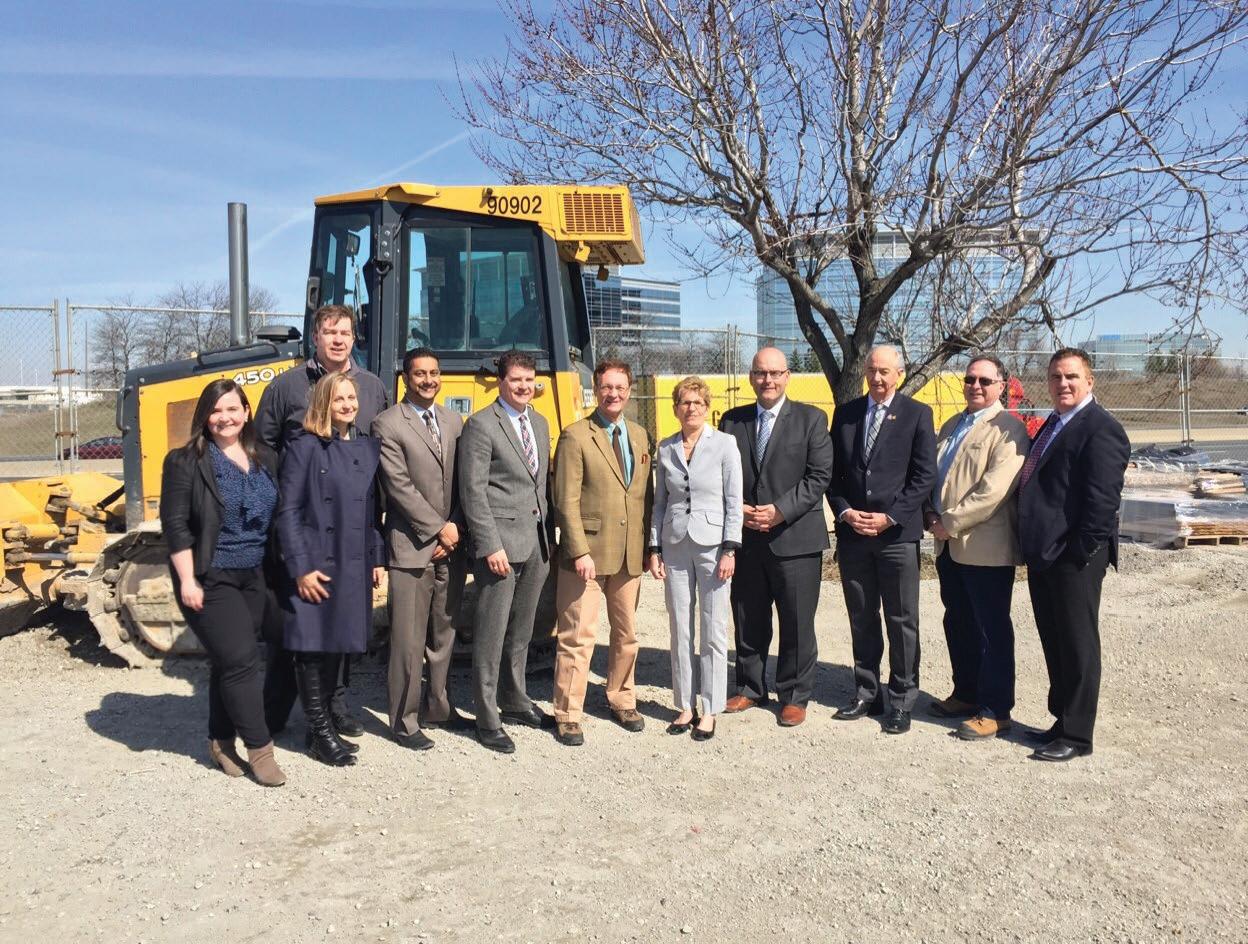
Pictured at (left to right) ORBA Policy Analyst Nadia Todorova, Board Member Jim Hurst, Board Member Marlene Yakabuski, ORBA Director of Government Relations Ashley De Souza, ORBA Executive Director Geoff Wilkinson, Mississauga-Streetsville MPP Bob Delaney, Ontario Premier Kathleen Wynne and Ontario Minister of Transportation Steven Del Duca ORBA President Allan West, Board Member Tom O’Callaghan and Board Member Blair McArthur.
5. PERMIT TO TAKE WATER / EASR
Request: ORBA wants the Ministry of Environment and Climate Change to provide greater clarity for water takings requiring a Permit To Take, and for the ministry to introduce streamlined processes for water takings associated with road construction and for construction dewatering purposes.
Outcome: The Ministry of the Environment and Climate Change will, through new regulations under the Environmental Protection Act (EPA) and the Ontario Water Resources Act (OWRA), provide clarity and streamline processes by defining activities that do not require a Permit to Take Water, exempting certain takings from requiring a Permit to Take Water, and enabling certain water takings (i.e. road construction) to be subject to a self-registration process on the Environmental Activity and Sector Registry (EASR) instead of requiring a Permit to Take Water. If approved, the regulations could be in force for this construction season (as early as April).
2016 is an important year for ORBA and its members, and our ability to seize the opportunities at our doorstep will depend on our industry relationships. We encourage members to get involved in building those relationships, either through a role in one of ORBA’s committees or volunteer with one of its many initiatives. Of course, we also welcome your questions and feedback, so please don’t hesitate to contact me directly at ashley@orba.org or by phone at 905-507-1107 ext. 223.

•Guide Rail Installation & Repairs
•Temporar y Concrete Barrier and Attenuators
•Noise Walls – Concrete, Vinyl and Wood
Guide Rail Installation & Repairs Upgrading & End Treatments Attenuators & Crash Cushions
• Steel and Timber Ground Mount and Breakaway Signs
•All types of Fencing, Gates and Controllers
Noise Walls (concrete, wood, vinyl) Ground Mount Signs
Steel & Timber Breakaway Signs
•Pedestrian Bridges and Retaining Walls
Golf Course, Park & Playground Construction Precast Concrete Retaining Walls
• Golf Courses, Parks and Playground Construction
2055 Kottmeier Rd RR #1 Fonthill,Ontario L0S 1E6
Phone: 905-892-2661
Fax: 905-892-4692
estimating@peninsula.ca www.peninsula.ca
GREENER INNOVATION
ORBA STRIVES TO REDUCE THE ENVIRONMENTAL IMPACT OF THE INDUSTRY
by RICHARD WOODBURY
It is widely recognized that Canada needs to take action against climate change, and progress is being made. This is especially crucial given Canada’s greenhouse gas emissions in 2014 were 20 per cent above 1990 levels. Ontario managed to decrease its emissions during that time period, but more work needs to be done regardless.
Concern for the environment is something very dear to the Ontario Road Builders’ Association and it champions measures to reduce the environmental impact of the work of the road building industry. It does this through encouraging its members to adapt and develop green technologies, and even has awards in place for those that do. As well,
ORBA is committed to providing its members with educational opportunities so they can learn about the latest advances in technology and regulatory issues that will impact their business.
Some of the green technologies being used by ORBA members include recycling asphalt, which helps reduce
the amount of materials needed on a road building project. The use of GPS tracking is helping to reduce vehicle idling, and in turn, greenhouse gas emissions. Another example is the use of diesel pile driving hammers that burn cleaner, which are manufactured by Hamilton-based Bermingham Foundation Solutions. As a marine contractor, Bermingham uses a vibratory hammer with vegetable oil-based lubricant, rather than regular hydraulic fluid, which is much better from a toxicity to marine life standpoint.
As part of its efforts to encourage ORBA members to be leading adaptors and innovators of green practices, ORBA – in partnership with the Ministry of Transportation of Ontario (MTO) and the Ontario Good Roads Association (OGRA) – offers a Green Leadership and Sustainability Award, which recognizes the efforts of ORBA members who further the objective of environmental protec-
IDENTIFYING ENVIRONMENTAL ISSUES OF INTEREST
ORBA’s Environment Committee monitors and responds to government regulations and identifies environmental management issues that will have an impact on its members. Through providing information and education opportunities, ORBA ensures its members are up to date on the latest environmental matters that will impact their business. The committee meets quarterly and semi-annually with representatives from the Ministry of Transportation of Ontario (MTO).
tion and sustainability. The award is handed out at ORBA’s annual convention in February and one Outstanding Achievement award is handed out, while Honourable Mention awards are given to those who meet eligibility criteria and demonstrate a commitment to continuous improvement. The award is open to all ORBA members.
OPEN FOR BUSINESS ROUNDTABLE
At its December 2015 “Open for Business Roundtable,” ORBA presented
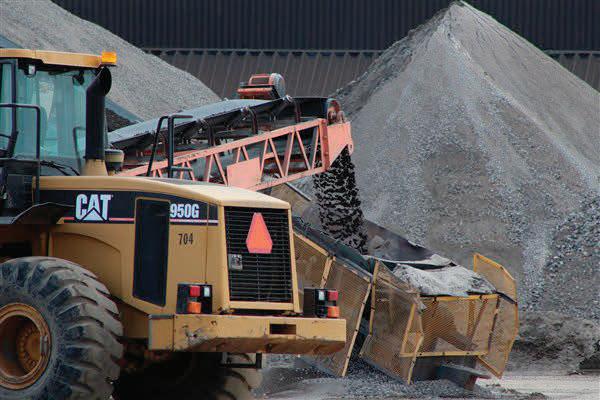
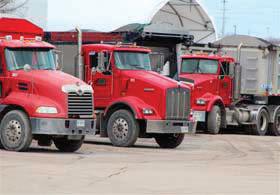


a list of five topics for discussion –four of which included issues directly related to environmental issues. On the agenda: contractor exclusion for using recycled aggregates; species at risk consideration; and obtaining water permits under Ontario’s Environmental Activity and Sector Registry (EASR).
Developing solutions to these issues involved the participation of both provincial ministry staff and ORBA members. Separate groups were
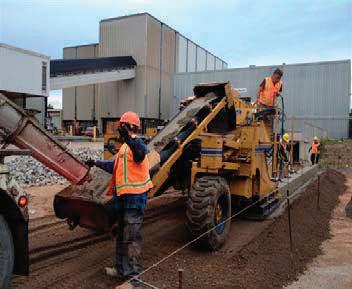
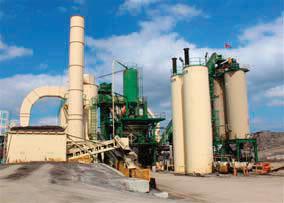





Paving & Materials Ltd.
& Materials Ltd.
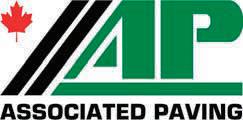

WHAT DOES CAP AND TRADE MEAN FOR ONTARIO’S ROAD BUILDING INDUSTRY?
Governments at all levels around the world have been moving to price carbon, the two main forms being cap and trade or a carbon tax. In April 2015, Ontario Premier Kathleen Wynne announced plans for Ontario to limit the main sources of greenhouse gas (GHG) emissions in the province through a cap and trade system. The Premier later announced plans to link this system to the existing cap and trade markets in Québec and California (under the Western Climate Initiative), with a start date of January 1, 2017.
In fall 2015, ORBA commissioned Dawson Strategic, an Ottawa-based research and consulting firm, to research the potential implications of Ontario’s forthcoming cap and trade system for ORBA member companies. The main conclusion: while ORBA members are unlikely to be directly subjected to the emissions cap, there will be indirect costs for the industry in the form of fuel cost increases. However, counter balancing some of the additional costs are new opportunities for companies to leverage GHG reduction initiatives.
Even the largest ORBA members are not expected to exceed the GHG emissions cap of 25,000 tonnes of C02 equivalent at the facility level. However, the construction and maintenance of transportation infrastructure across the province requires the burning of fossil fuels and companies should be aware of the estimated cost increases provided by the Government of Ontario for natural gas, gasoline, and diesel in the province.
The road building industry has already moved to adopt new technologies and processes that reduce fuel consumption in operations, and these initiatives will be further incentivized when there is a price on carbon in the province. Opportunities for funding may be available through the Greenhouse Gas Reduction Account or other avenues so that companies in the road building industry can leverage future environmental initiatives.
For more information, visit orba.org/cap-and-trade.
As part of its efforts to encourage ORBA members to be leading adaptors and innovators of green practices, ORBA offers a Green Leadership and Sustainability Award
formed to tackle each item and each group had 60 days to present mutually-agreeable solutions – virtually all designed to help remove barriers and burdens to businesses in the road building industry; increase productivity while maintaining strong business practices; and continue to maintain high standards of production.
For detailed information about the outcomes of the “Open for Business Roundtable,” see page 9.
CAP AND TRADE
The province’s latest budget includes the implementation of a cap and trade system that will take effect on Jan. 1, 2017. This system aims to reduce greenhouse gas emissions through placing a cap on the amount that households, businesses and institutions produce. The trade aspect “refers to a market where companies can buy or sell carbon credits, also known as allowances. These credits
are linked to every tonne of greenhouse gas they emit (or do not emit),” says a posting on the province’s website. Companies that exceed the cap can buy credits from ones that don’t meet the cap.
Each year, the cap will decrease, thereby necessitating that everyone reduce their emissions. Cap and trade monetizes the incentive to reduce greenhouse gas emissions.
To better understand what this system will mean to Ontario’s road builders, ORBA commissioned Dawson Strategic to find out. Its main conclusion was that members would likely end up paying higher fuel costs and wouldn’t likely be directly affected by the emissions cap. Gas prices are expected to increase by about 4.3 cents per litre according to the 2016 Provincial Budget. (Read more of Dawson Strategic’s findings in the box above.























OPEN FOR BUSINESS ROUNDTABLE
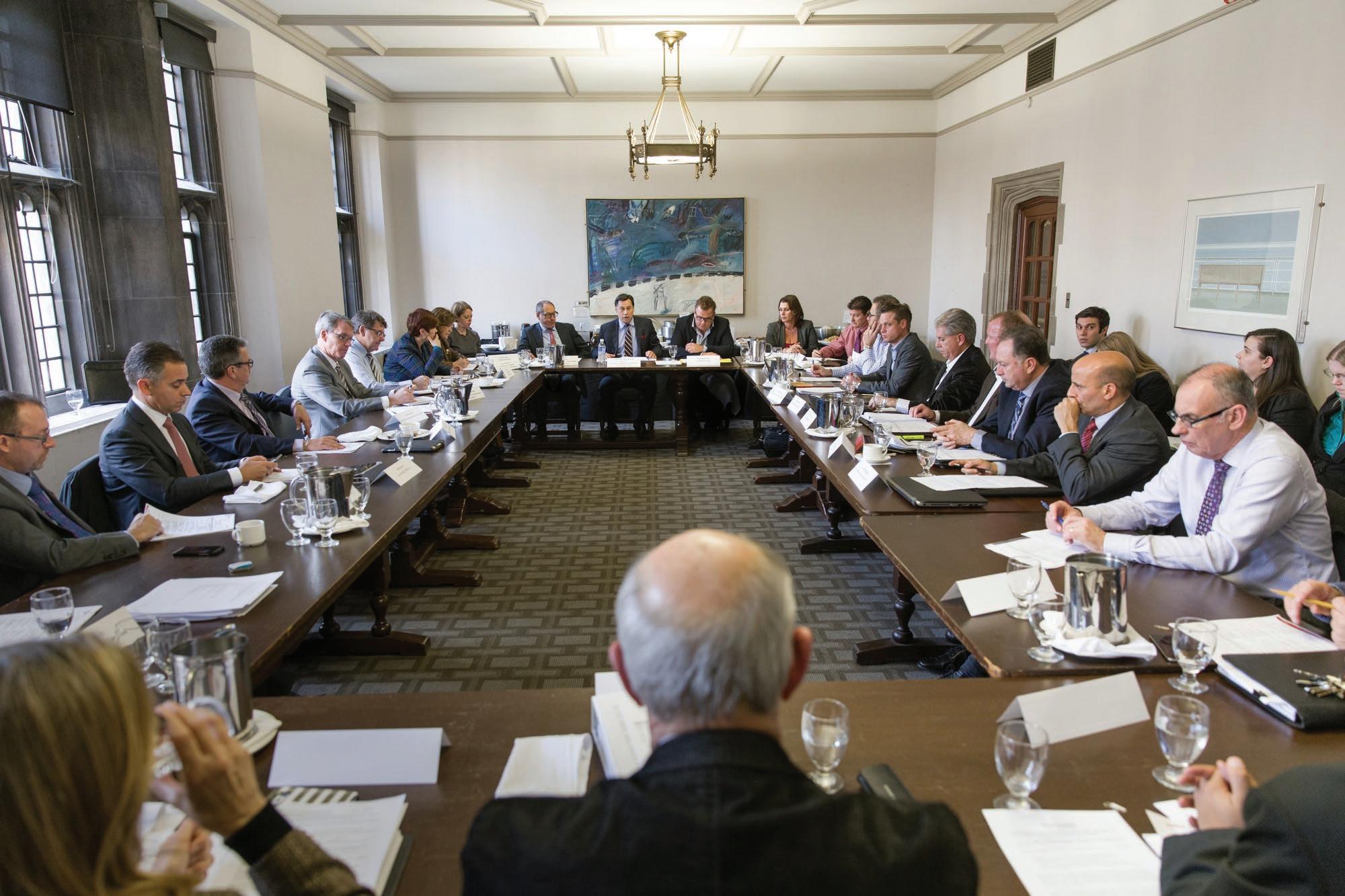
In December 2015, the Opening Roundtable discussion was held in Toronto and was chaired by Hon. Brad Duguid, Minister of Economic Development, Employment and Infrastructure, with representatives from Open for Business, lead provincial ministries and ORBA Board of Directors.
ORBA has taken other actions to prepare for cap and trade. In April, it submitted comments to the provin cial government on its proposed regulations as part of a 45-day public and stakeholder comment window. In May, ORBA and Dawson Strategic held a webinar for its members that looked at Dawson Strategic’s findings and highlighted opportunities that would exist for ORBA members going forward under a cap and trade program. The webinar can be viewed at orba.org/
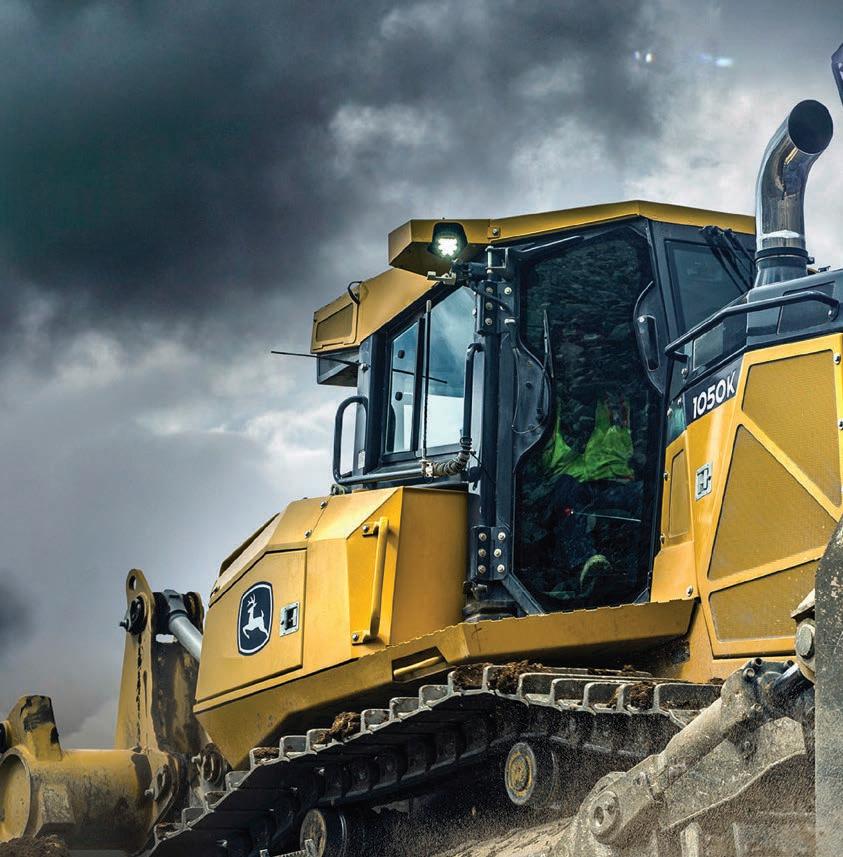
cap-and-trade/, and copies of the PowerPoint presentation and Dawson Strategic’s report can also be found at that
At present, the province is working on draft regulations on the potential offsets of the cap and trade program. Once those draft regulations are released, ORBA will be working with Dawson Strategic to provide industry feedback.


Deere designed. Deere manufactured. And backed by a robust service and parts program dedicated exclusively to the production-class market. For more details, call or visit you nearest Nortrax location.
Nortrax is a proud sponsor of the Ontario Road Builders Association
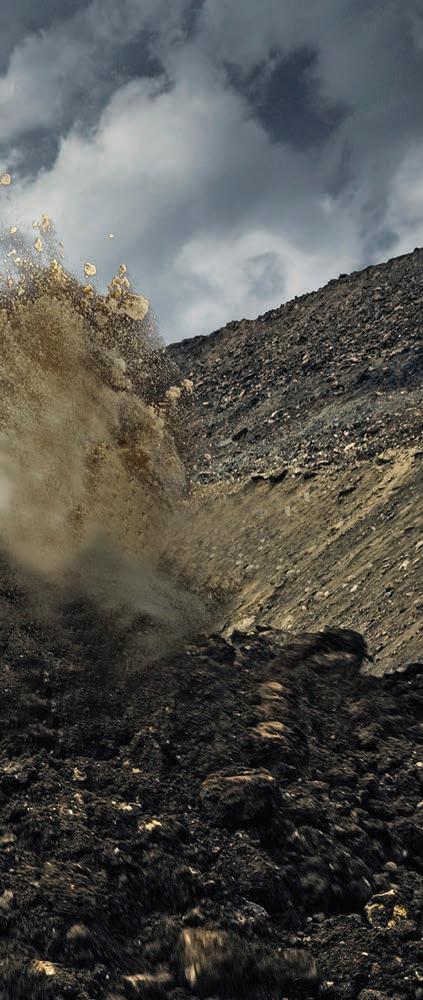
THE ROAD AHEAD
As is the case with the difficulties of measuring the benefits of sustainability practices in business life – so it goes with roadways. Much progress, however, has been on that front through international organizations such as Greenroads, headquartered in Washington State. Through the Greenroads rating system, measuring and managing sustainability on the transportation projects is their raison d’être. The system challenges construction teams to go above and beyond minimum environmental, social and economic practices with an independent, third-party review.
For more information, visit www.greenroads.org.
RECYCLE AND RECOVER BUILDING MATERIALS EASILY

The Tomlinson Waste Recovery Centre is a world-class construction materials recycling and recovery centre that opened in Ottawa in May. The centre is a resource for both the local construction industry and homeowners and aims to divert at least 80 per cent of construction materials that are processed at the centre, such as aggregates, rock, concrete, metals, wood, cardboard and plastic.
Up to 500 tonnes of construction debris and remnant materials can be processed at the centre per day, which will have a side effect of prolonging the lifespans of local landfills.
According to an April 24 Ottawa Community News article, the centre uses screening technology that includes air-pressure separation for primary sorting, while staff screen the materials at the secondary level. The facility is open Monday to Saturday.












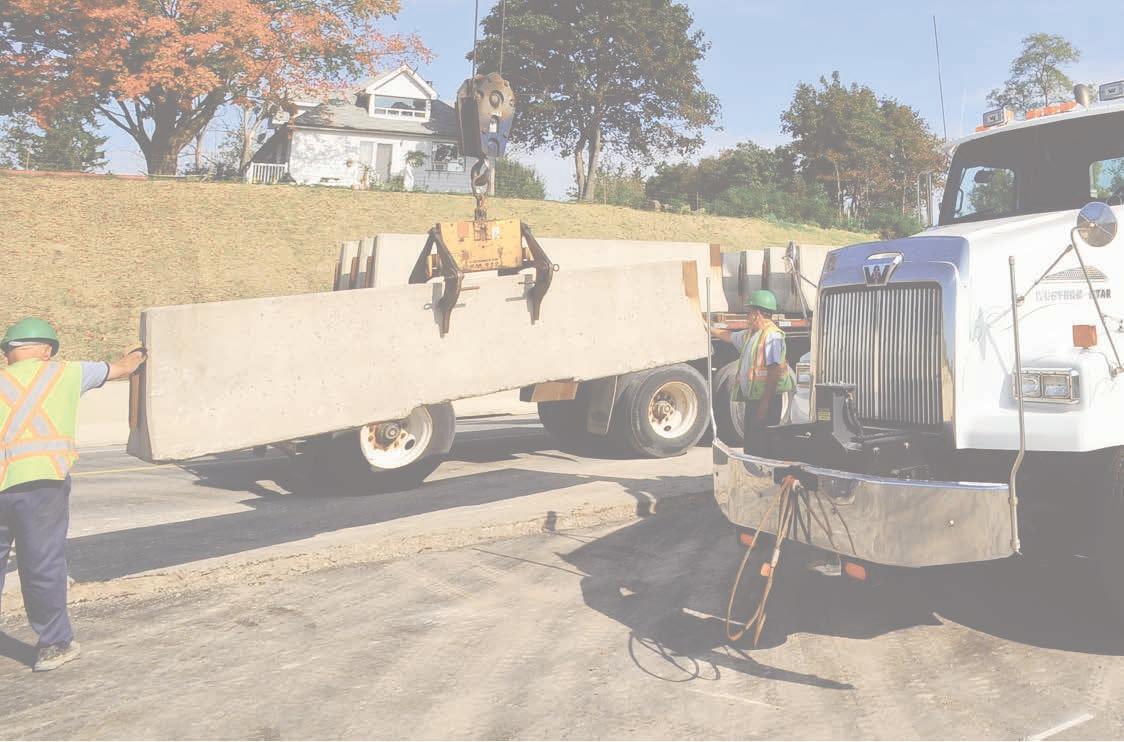

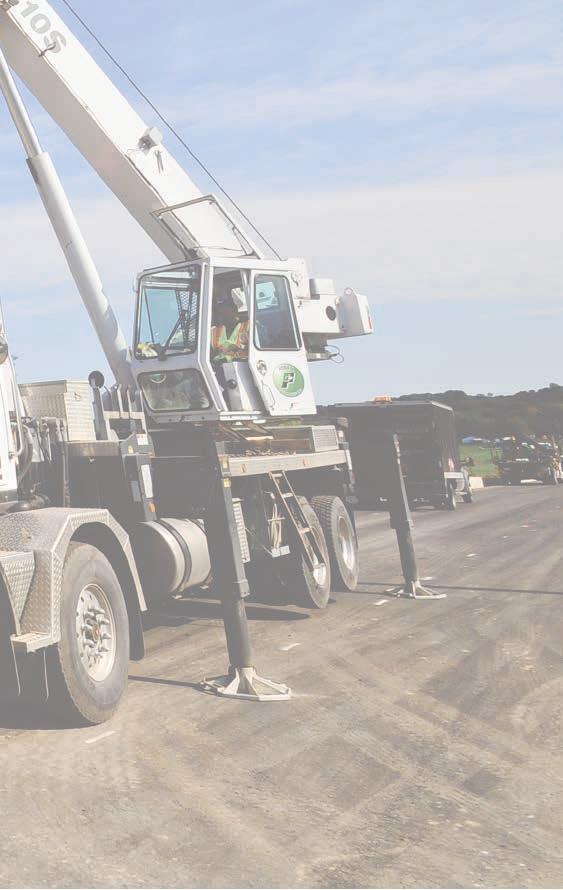

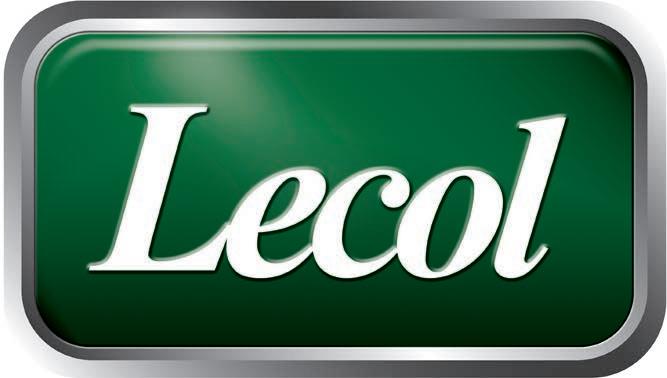

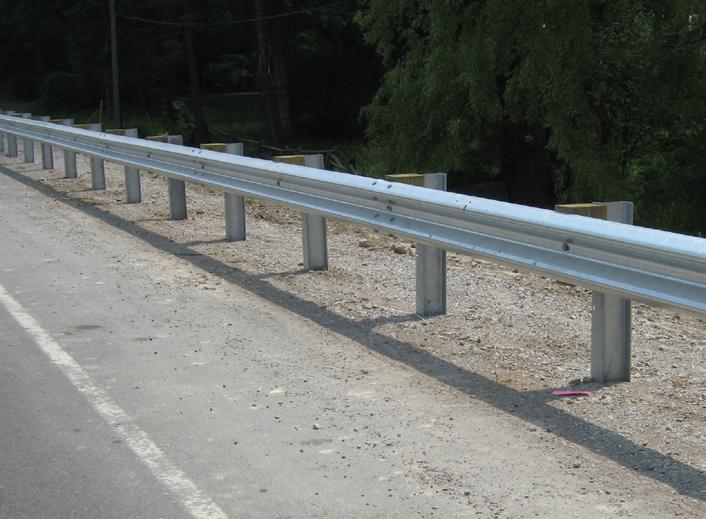
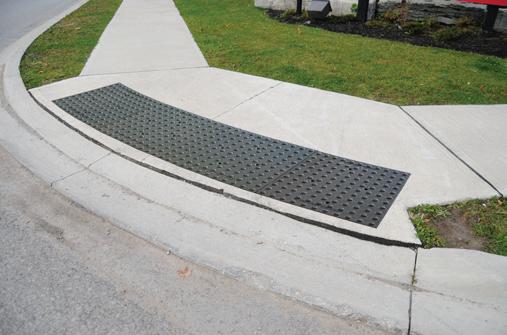
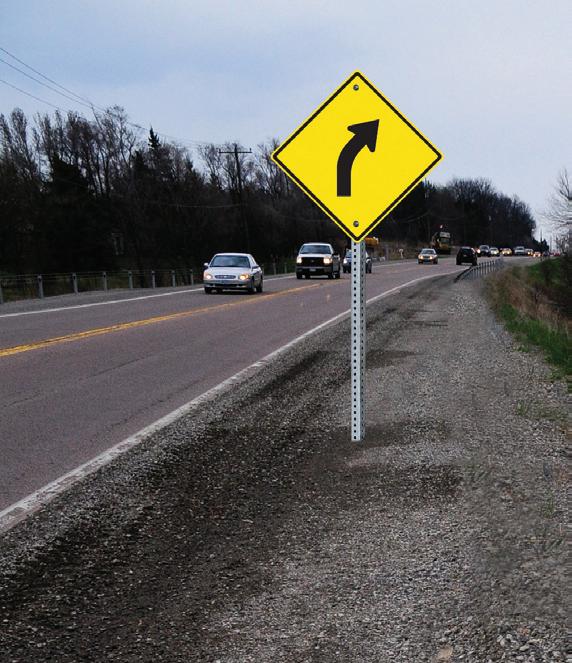
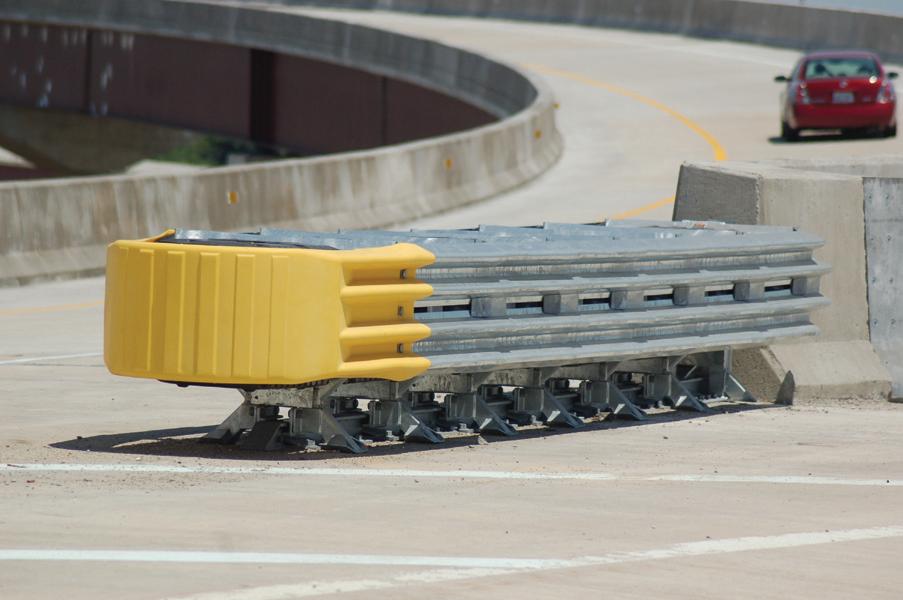













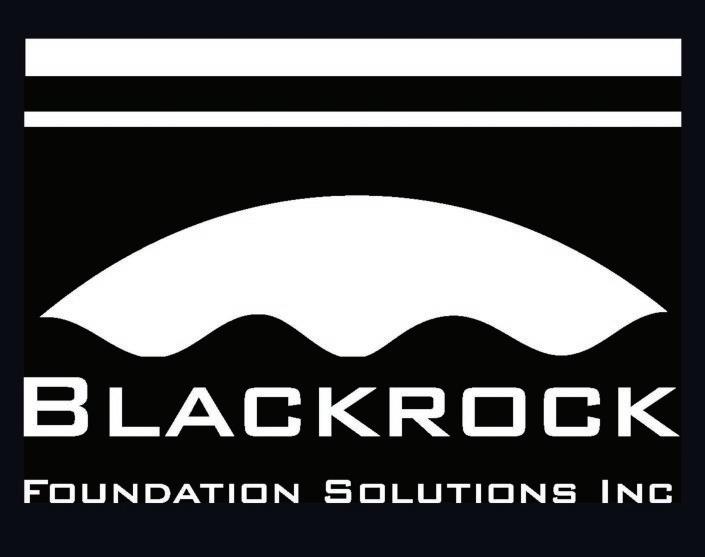
• Excavation Shoring
• Shotcrete Shoring
• Caissons
• Micropiles
• Driven Piles
• Sheet Piles
• Helical Piles
• Underpinning
• Jet Grouting
• Tiebacks / Rock Anchors
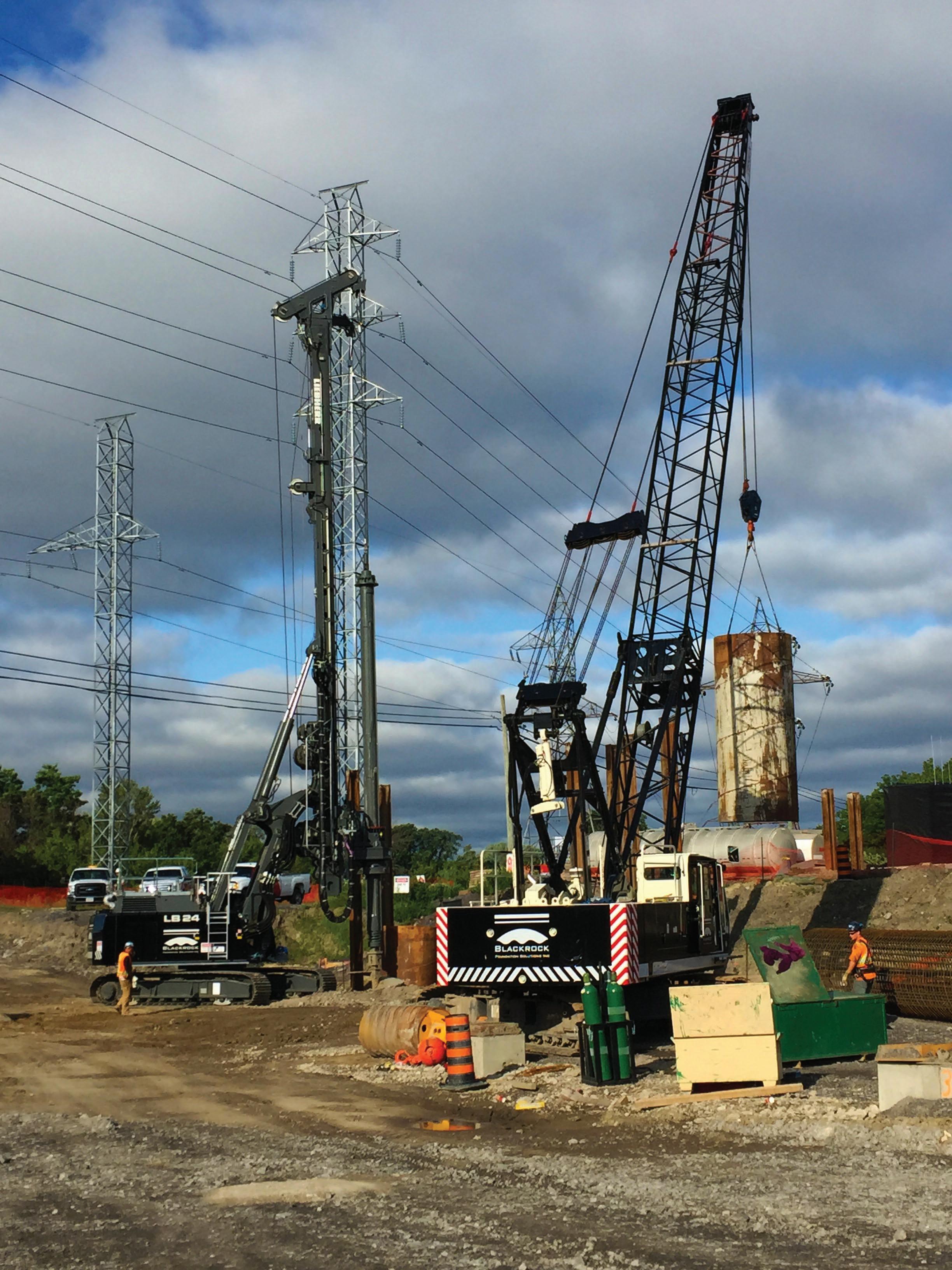
GREEN TECH
by RICHARD WOODBURY ENVIRONMENTAL
LEADERSHIP AND SUSTAINABILITY IN ROADBUILDING
pile as easily or as hard as they want. Smith says traditional pile hammers operated in more of an on-off fashion,
Smith says today in Ontario, most road contractors use high-pressure

SOLUTIONS
For Hamilton-based Bermingham Foundation Solutions, the company is effecting change in a different fashion than many of its peers because it’s both a manufacturer and contractor. The company’s products include manufacturing diesel pile driving hammers and it’s also a foundation contractor who works on building bridges, wharves and docks.
the end of their shifts. “Their clothes would be filthy,” says Smith.
As well, regular diesel hammers tended to leave huge oil sheens when used around water. “When you’re working near the water, you have to be extra vigilant to control spills,” says Smith.
One other benefit of Bermingham’s diesel pile driving hammers is they allow for greater control of the hammer, allowing users to drive a








It’s not what we do that makes us different, it’s how we do it





a step above
As a marine contractor, Bermingham drives a lot of piles and sheet piles on or near water. These sheet piles are installed with a vibratory hammer that uses a vegetable oil-based lubricant, rather than a regular hydraulic fluid. Smith says the decision was made about a decade ago to make the switch. “That way, if there’s a leak or the line is cut, what ends up being discharged in the water is actually food-grade vegetable oil,” he says. Should a leak or spill occur, this food grade lubricant meets U.S. Environmental Protection Act guidelines for toxicity to marine life.
Smith says the use of vegetable oil-based lubricants is costlier and the oil must be replaced more often. With about 1,000 litres of oil in the vibratory hammer, switching the oil is not a small or cheap task, but is worth it to minimize potential environmental impact, says Smith.
GPS TRACKING
Just how contractors use their vehicles is an important part of reducing one’s environmental impact. One easy way to reduce emissions is to cut down on the amount of idling one does in their vehicle. Tech-
nology can help with this. PinPoint GPS Solutions in Mississauga offers GPS fleet tracking software to offer drivers real-time reminders about their idling.
“We find that the real time driver feedback mechanism is a great way of enlisting the support of the drivers without the traditional risk of conflict between management and labour. One of the earliest customers to make use of this tool was R. W. Tomlinson,” says Bob Farrell, VP Sales Operations, PinPoint GPS Solutions.
Clients can set time limits and when a vehicle has been idling for a certain period of time, an alarm will beep to notify the driver that they are idling. If the driver doesn’t stop idling, the alarm will continue to beep. Besides the environmental benefits, cutting down on idling helps increase a company’s bottom line because it will spend less on fuel.
“After the first year of deployment, R. W. Tomlinson, was in contention for an ORBA award because of the reduction in idling, and the related greenhouse gas emissions.
Customers like R. W. Tomlinson have learned that these systems are not just for tracking vehicles, or reducing speeding or idling. They are actively looking at inte gration of our GPs products with other technologies such as Bluetooth beacons to assist in increasing work place safety and facilitating near real time job costing,” says Farrell.
RECYCLED AGGREGATES
Across the province, millions of tonnes of aggregate recovered from construction sites are stockpiled ready to be used in new road constructions projects. Although the provincial government - through the Ministry of Transportationand some municipalities have been leaders in using recycled aggregates for several years, many municipalities’ specifications do not allow for recycled aggregates to be used in construction projects. Processed
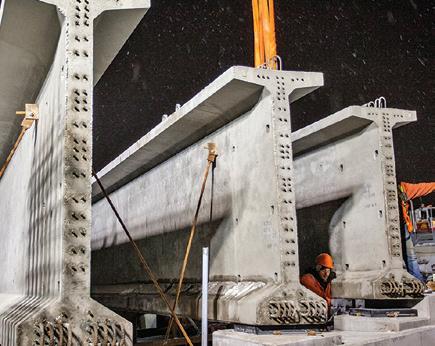
properly, recycled aggregates can meet all performance requirements and offer a suitable alternative to primary aggregates.
These examples show some of the ways the Ontario road building industry is minimizing its environmental impact through the materials it uses and how it carries out its business on a day-to-day basis. In the coming years, sustainable practices will be embedded more and more into how the industry operates.
Infrastructure is in our DNA
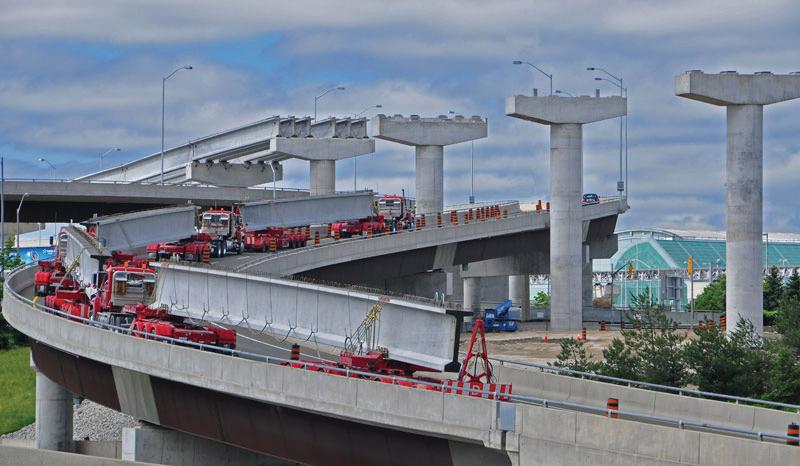
DECAST Ltd. is leading the Canadian infrastructure market, including water transmission, bridges, storm and sanitary, tunneling and engineered precast products. , the company has continually expanded, adding new products and entering new markets. Today, DECAST is the largest manufacturing facility for infrastructure products in Canada.
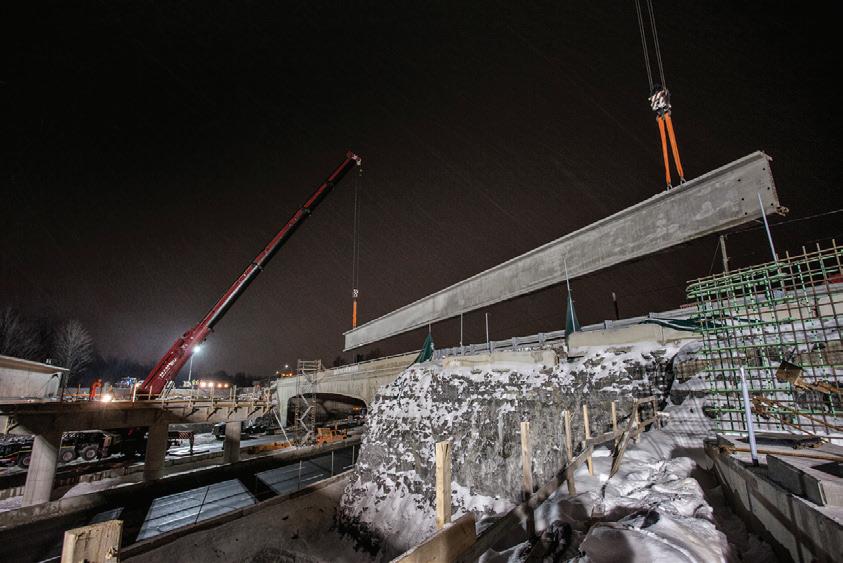
Most extensive product line in the industry
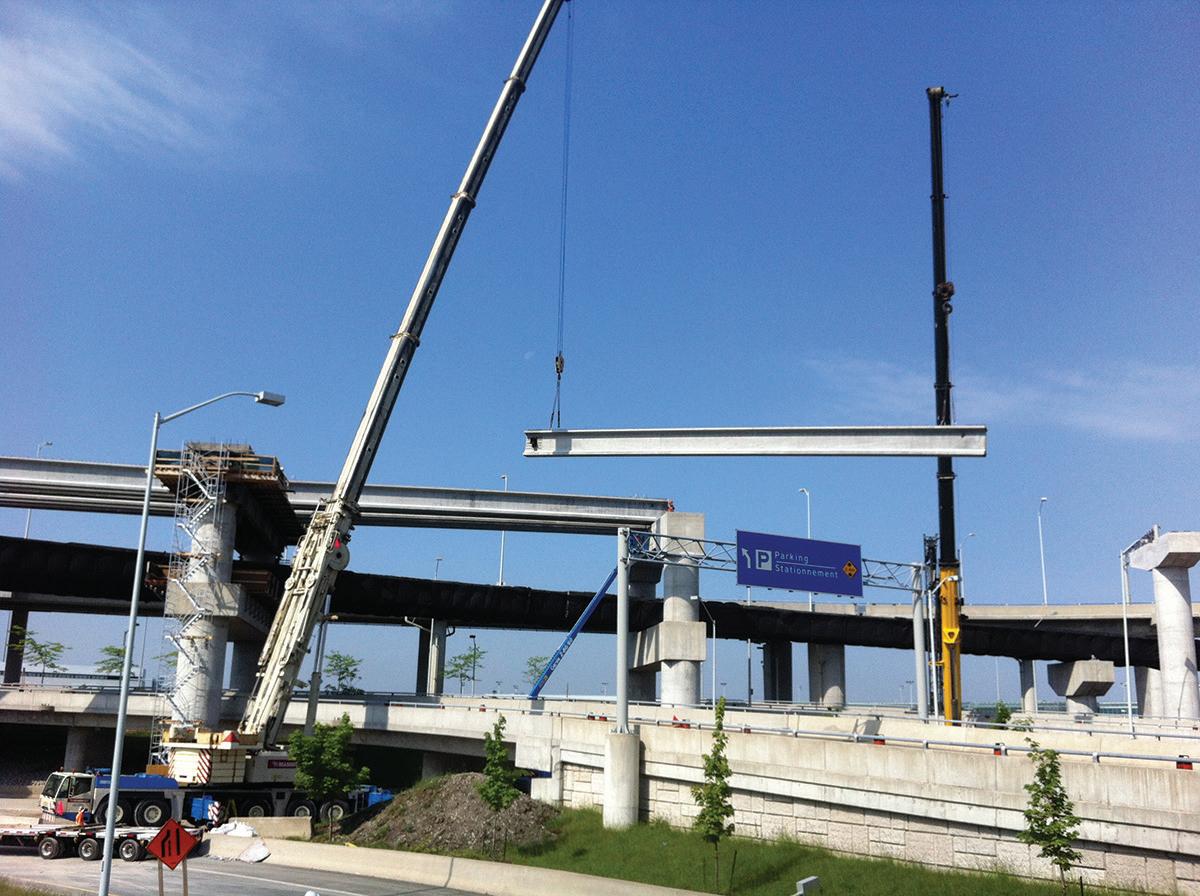
Aggregate Recycling Ontario (ARO) was established in July 2011 to provide a unified platform for industry stakeholders that recover, recycle and consume aggregate materials in Ontario. The organiz ation was formed by industry asso ciations including ORBA and indi vidual member companies to bring attention and find a solution to the province’s growing aggregate piles, as well as expand the opportunities for recycling aggregates.
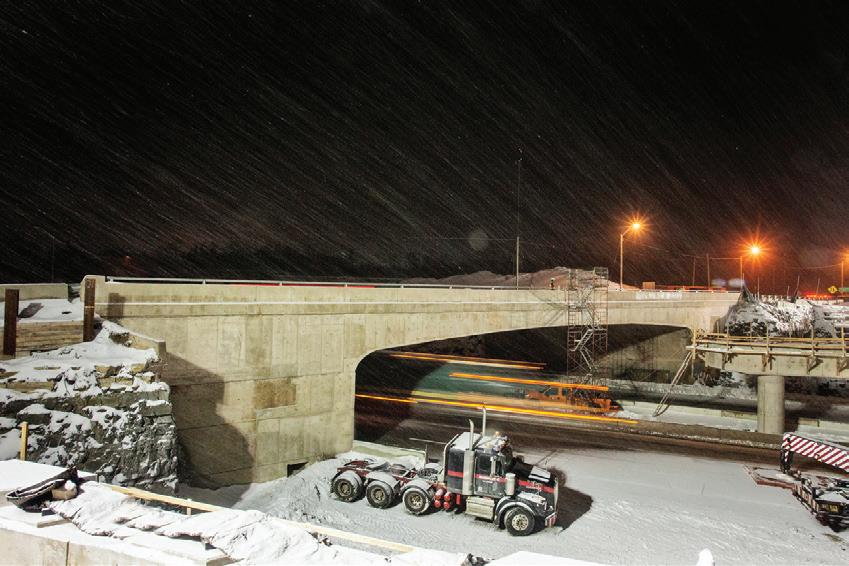
ESSED CONCRETE CYLINDER FITTINGS
UTILITY CHAMBERS AND FITTINGS RDERS SPAN®
DGE SUPERSTRUCTURE AND SUBSTRUCTURE
UNNEL SEGMENTS
OX CULVERTS
NFORCED CONCRETE PIPE
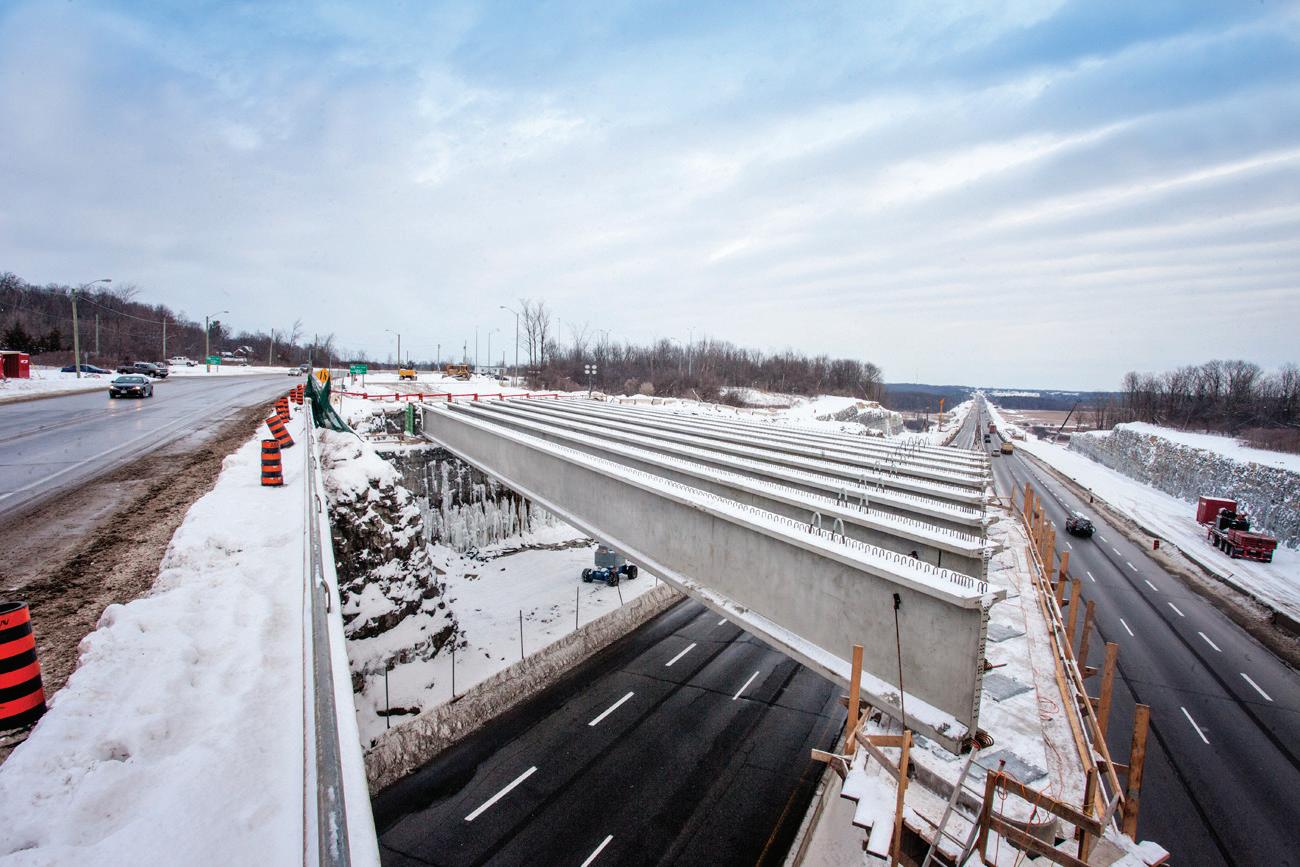
MAINTENANCE HOLES & CATCH BASINS
INTEGRATED FRAME & COVER MH SYSTEM (IFC)
HEADWALLS
RAILWAY / SUBWAY TIES
Leading Infrastructure Solutions
T 705.734.2892
TF 800.461.5632
F 705.734.2920
8807 County Road 56 Utopia, ON L0M 1T0 decastltd.com
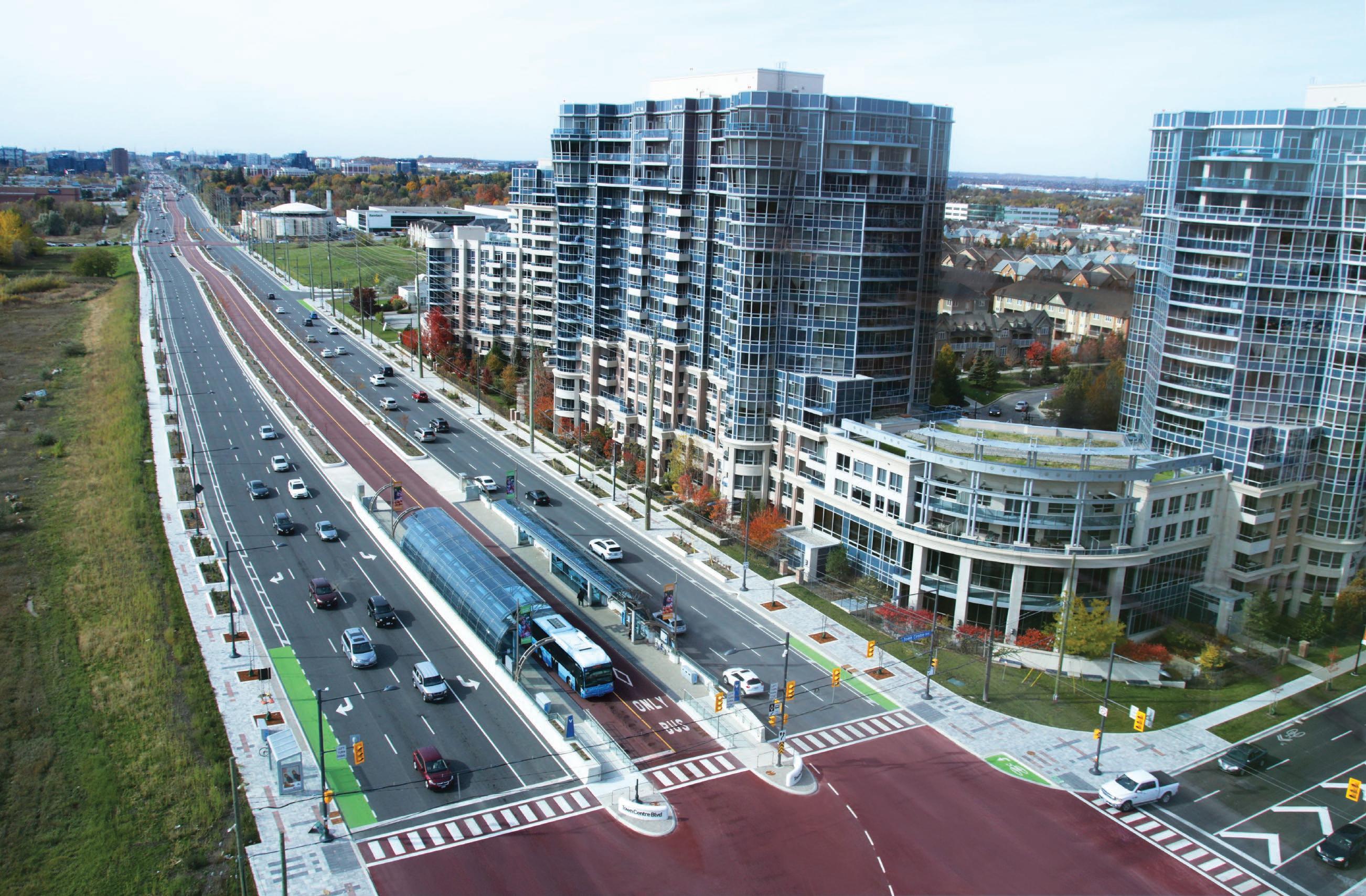
RESCUE BY RAPIDWAY AS VIVANEXT ATTEMPTS TO CUT THE COMMUTE
by RICHARD WOODBURY
This article is the fourth of a new series profiling Ontario’s key transportation infrastructure projects.
There’s better awareness today that the solution to reducing traffic congestion is not to build more roads, and both extensive research and worldwide experience have shown this. Traffic congestion is a major problem in the Greater Toronto Hamilton Area (GTHA). According to the province, the
average commute for a GHTA resident is 82 minutes per day from home to work, which it says is longer than “many major international cities, including Los Angeles.” Investing in public transit is seen as the key way of reducing congestion.
In York Region, work is underway on a massive $1.8 billion project
that will see 34 kilometres of rapidways constructed. These dedicated median lanes will serve as the road network for bus rapid transit (BRT), which provides fast and convenient transit service to people. “Rapidways will allow Viva vehicles to zip past congested traffic,” says a posting on vivaNext’s website.
Red-tinted pavement along the Highway 7 East rapidway in Markham.
Photo Credits: YORK REGION RAPID TRANSIT CORPORATION
This type of system has other benefits. “Because it’s built on roads, it offers some flexibility and is faster and less costly to build than railbased transit. BRT has a higher passenger capacity [ridership], and more frequent service than conventional bus service, carrying up to approximately 8,000 passengers per hour. Light rail and subway are generally considered where future ridership is expected to be higher,” says vivaNext’s website.
VivaNext is the name of the plan to bring true rapid transit to York Region and connect with transit systems in the GTHA. VivaNext consists of bus rapid transit, subway extensions and light rail transit. The common thread among these three systems is they provide fast, frequent service, can move a lot of people, and run on their own dedicated lines or tracks, says the website. “Viva rapidway service will be at least as frequent as viva service is today, with vehicles arriving every five to 10
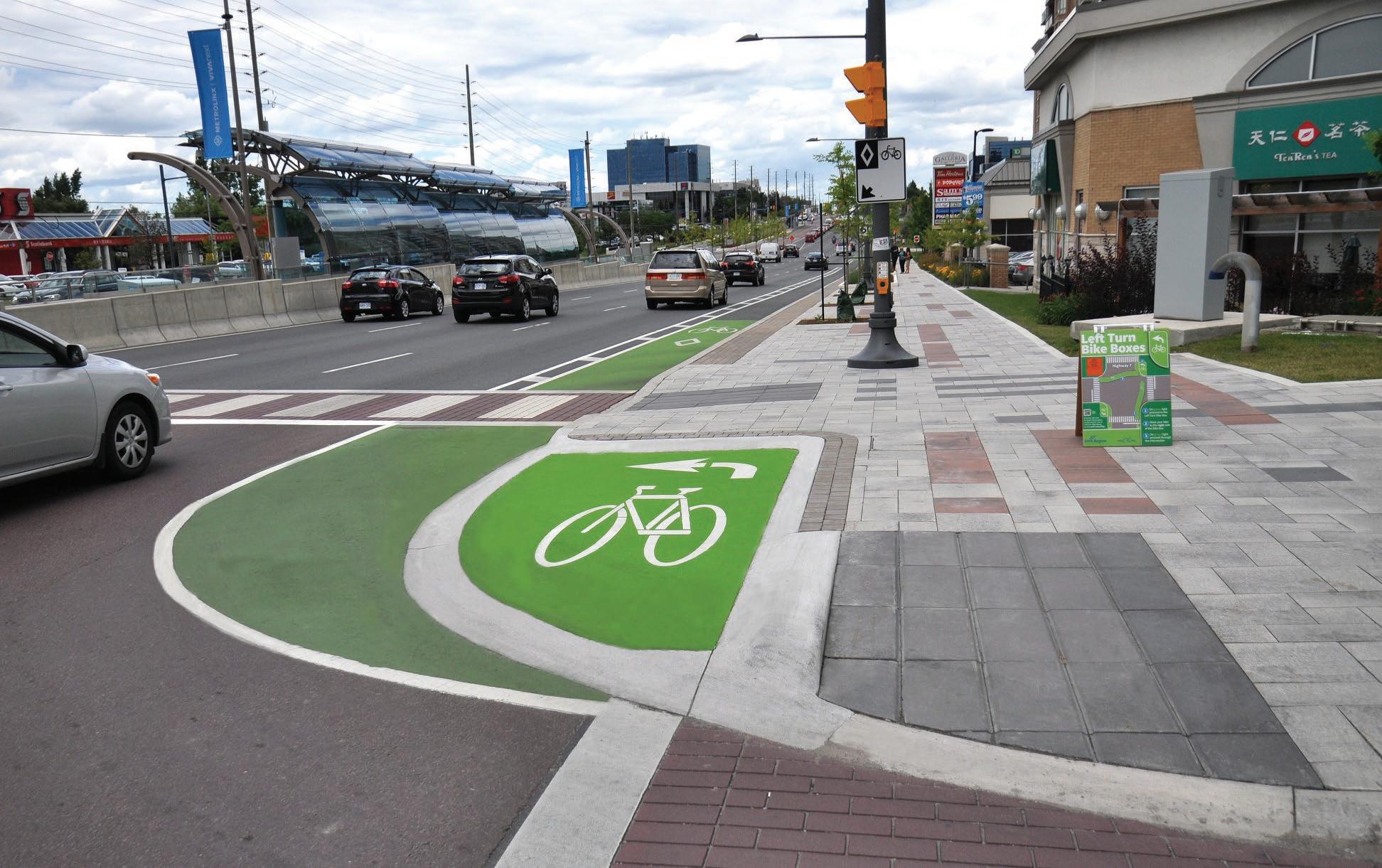
projects include updated utilities, tree-lined sidewalks and bike lanes where possible.
minutes during weekday rush hours, and no less than every 15 minutes the rest of the time. As more people take viva, service will become even more frequent to meet the need,” it says. As well, because bus rapid transit gets traffic signal priority at all signalized
Who’s working on the bus rapid transit project?
A project of this scope requires a large and dedicated team to work together to bring it to fruition. Some of the companies involved are:
• Project manager – EllisDon, Kiewit
• Engineer – EllisDon, Kiewit, AECOM, IBI Group, McCormick Rankin, MMM Group, Parsons, Ecoplans Limited
• Construction manager – Aecon, Hatch, Morrison Hershfield
• Suppliers – DECAST, Nova Bus, Van Hool, Canam Group
• Design build finance (DBF) team – Ellis Don, Coco Paving, IBI Group, LEA Consulting, Peto MacCullum Ltd.
• Other – Aon, Golder Associates, BTY Group, Infrastructure Ontario, Morrison Hershfield, Hanscomb, Ecoplans Limited, Revay and Associates, Entro Communications, SPL Consultants, LeighFisher, INTECH Risk Management, KPMG
• Legal – McCarthy Tétrault LLP, WeirFoulds LLP Source:
intersections, this helps ensure bus rapid transit is a fast travel option and gets people to where they need to be quicker.
VivaNext will reduce traffic congestion, reduce sprawl and encourage sustainable choices, says Paul
Rapidway
EllisDon and Coco Paving (Coco) have ventured together as a project team to design, build and finance the next phase of the vivaNext Bus Rapid Transit (BRT) expansion program in York Region, Ontario. This project is being delivered as a public-private-partnership under the provincial “Alternative Financing and Procurement” model. At nearly 15km in length, the project is one of the largest to date within the vivaNext portfolio. Construction is slated to commence in the summer of 2016 and the overall experience has been good with positive collaboration amongst all parties. Coco is participating through all key aspects on the project including design development, utility coordination, and as heavy civil constructor. The unique delivery model of the project has fostered partnerships with many public stakeholders from concept through to construction. The major scopes of work include utility coordination and relocation, earthworks, extensive sewer and watermain upgrades, bridge work over major highways, asphalt paving (including red), structural concrete, linear concrete works, electrical/ITS works, and complex traffic management in a high density urban environment.
- Mathew Raso, P.Eng, Lead Project Manager, Infrastructure, Coco Paving
May, chief engineer for the York Region Rapid Transit Corporation. As well, it will help prepare for future growth along key corridors in York Region’s centres, namely Newmarket, Richmond Hill, Markham and Vaughan. It will do this in part because it will connect to other transit services, both within the York Region Transit system, GO Transit, the TTC, Brampton Transit and others.
The 34 kilometres of rapidways being constructed will be dedicated lanes located in the centre of the road and will only be used by Viva vehicles, although police, fire and ambulance services will be able to use the rapidways to respond to emergencies. Interestingly, spillover effects have resulted because of this, including improved response times to emergencies. The design of the roadway itself has also meant traffic safety has increased and York Regional
Police are “reporting a significant decrease in the number of collisions,” says May.
Stations are being placed every kilometre or so along the rapidways and passengers have access to them at intersections. As part of the 34 kilometres of rapidways being constructed, there will be 38 of these stations. Work on both aspects of the project is more than one-quarter complete. To date, the Highway 7 easy and Davis Drive rapidways are both open for service, meaning 8.6 kilometres of rapidways (25 per cent) and 15 vivastations (39 per cent) have been completed.
The project includes many new, interesting technologies. VivaNext’s rapidways use red-pigmented asphalt, which clearly identifies the lane as bus only. As well, the asphalt is specifically designed to withstand a changing climate, an especially valuable trait given Ontario’s hot summers and cold winters.
The vivastations themselves have an array of features. For those cold Ontario winters, the stations have waiting areas with motion-activated heaters. In the summer, the coated glass will reflect heat from the sun, helping keep the temperature down, providing a cooler experience for the short wait commuters face. Riders

will always know when the next bus is coming, thanks to variable-message signs that provide riders with real-time information on arrivals. The stations will have security surveillance and emergency call buttons.
Concern for the environment is paramount with the project and shows up in many ways. “Each rapidway project includes wide, tree-lined sidewalks and bike lanes where possible, helping to build sustainable communities and complete streets,” says May.
As well, soil cells have been constructed under the sidewalks and boulevard areas to provide additional soil volume to support tree growth. More trees have been planted than removed. VivaNext says it will be planting more than 1,000 trees, 11,700 shrubs and 11,300 ornamental grasses.
Not surprisingly, this is a complex project involving many stages. “Carrying out the work in a way that minimizes disruption to businesses, the neighbouring community and local traffic, requires very detailed planning and careful sequencing,” says vivaNext’s website. Some of the tasks it says that must be performed are:
• “Relocating hydro poles and lines, as well as other utilities
• Moving and building retaining walls
• Clearing land acquired for the road widening
• Civic work: culverts and bridges
• Widening the road
• Paving and painting the roadway
• Putting in new sidewalks and boulevards
• Installing the new vivastations and platforms
• Landscaping both the medians and boulevards.”


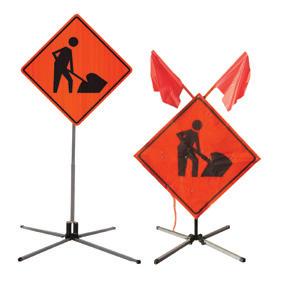
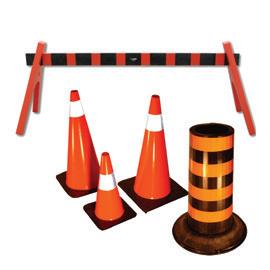

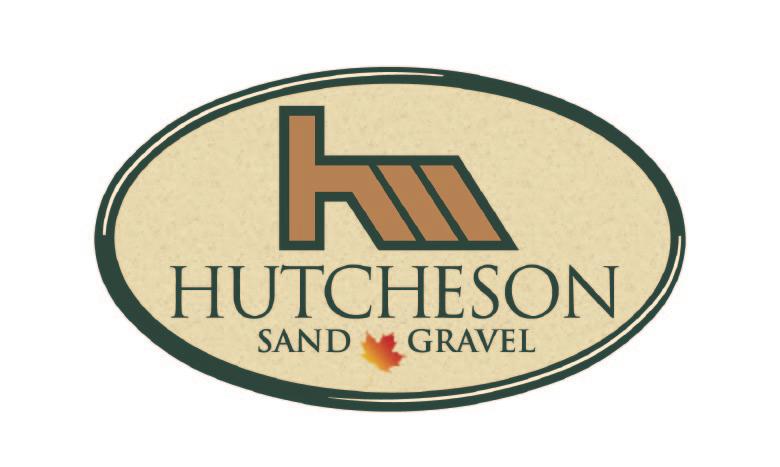
HUTCHESON QUARRY
(Granite Meta-Gabbro)
source for Quality FC (Friction Course)
stone in central Ontario and the GTA


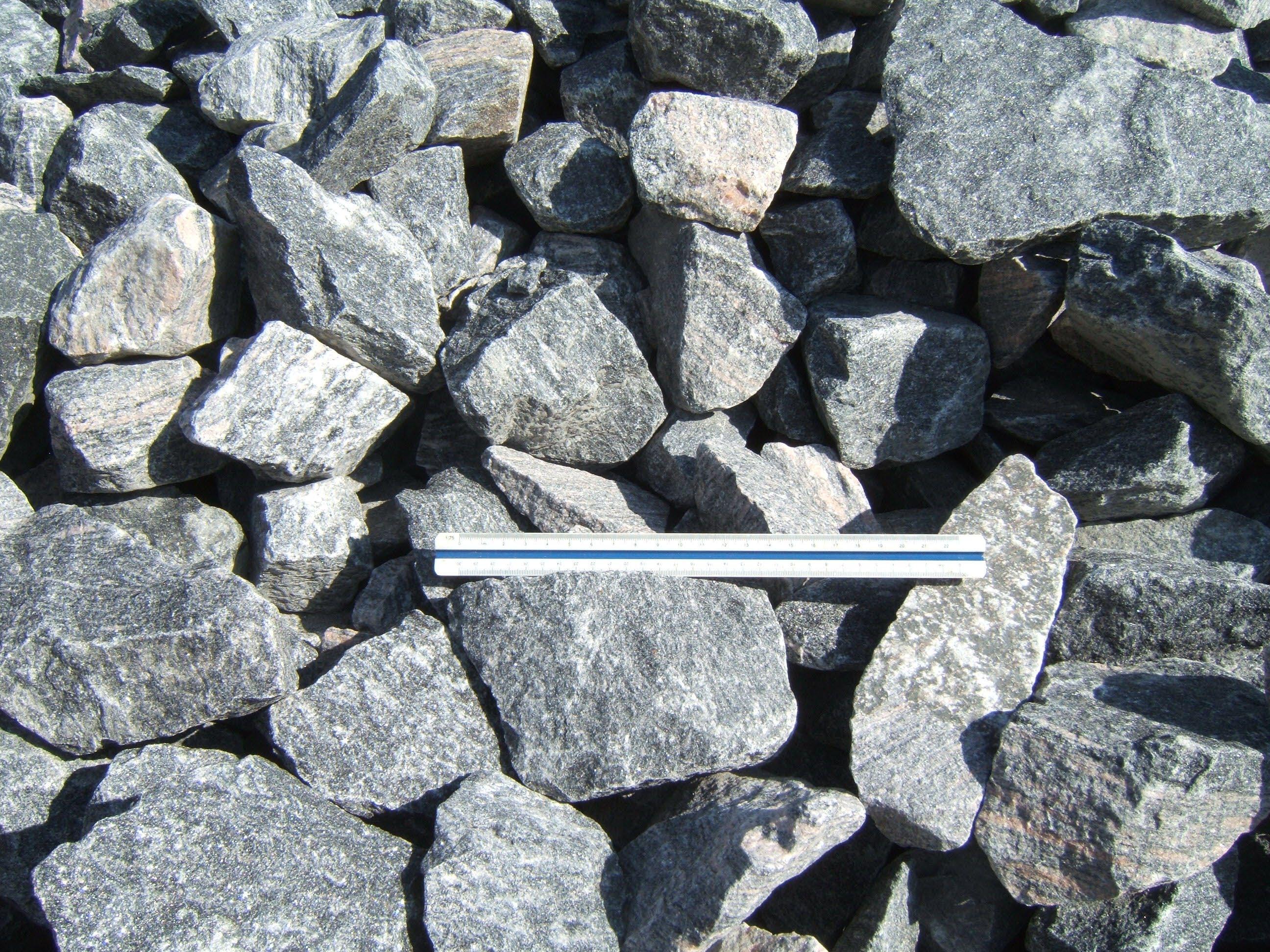
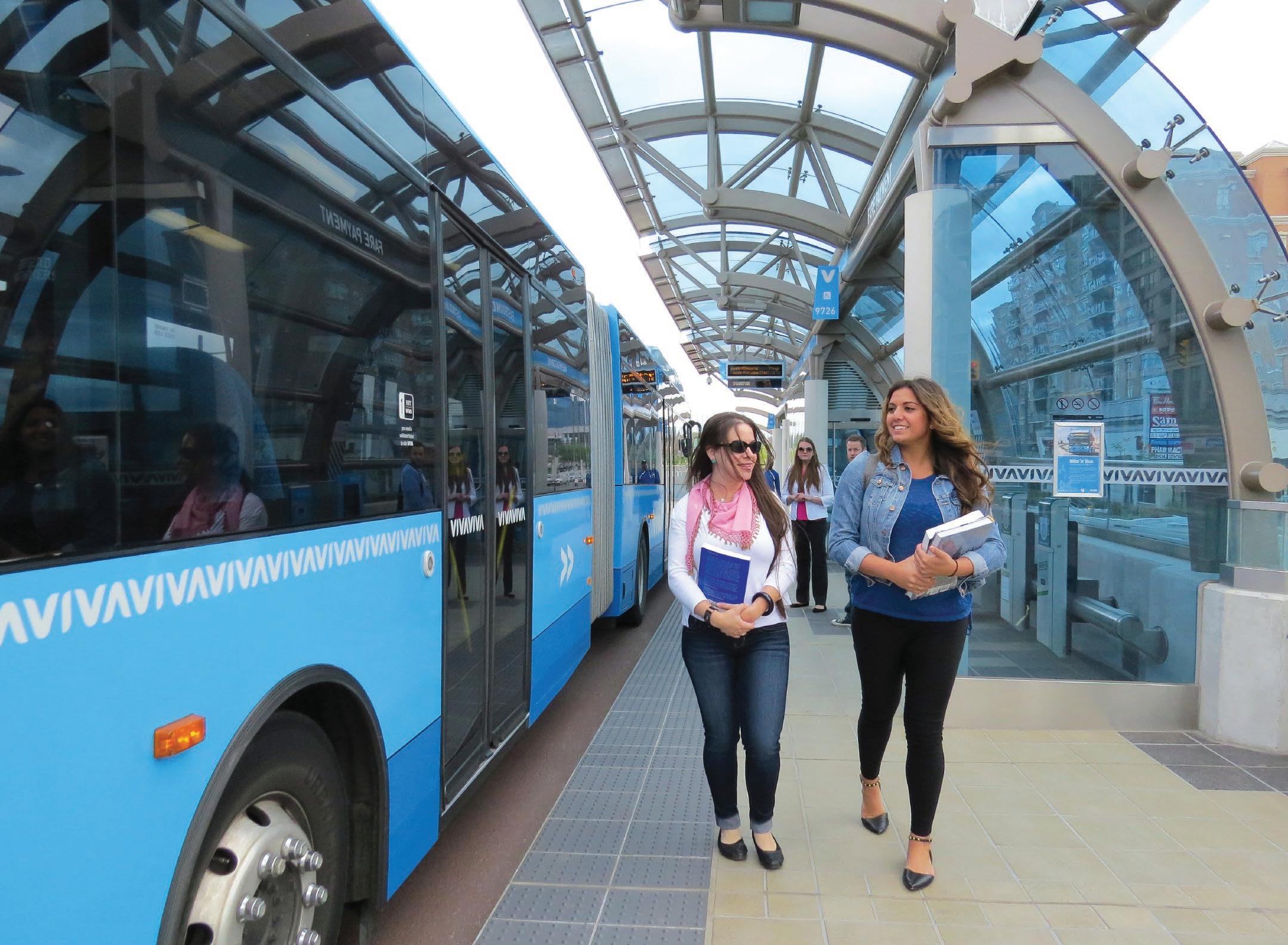
The project is also giving consideration to heritage areas by preserving and protecting them. No rapidways are planned through the historical areas of Yonge Street in downtown Richmond Hill and Aurora.
As much as the focus is on speeding up travel times, the rapidways are part of a plan to make communities more pedestrian friendly, says vivaNext’s website. It says the design will include “landscaped boulevards and medians, more welcoming pedestrian-friendly public spaces,
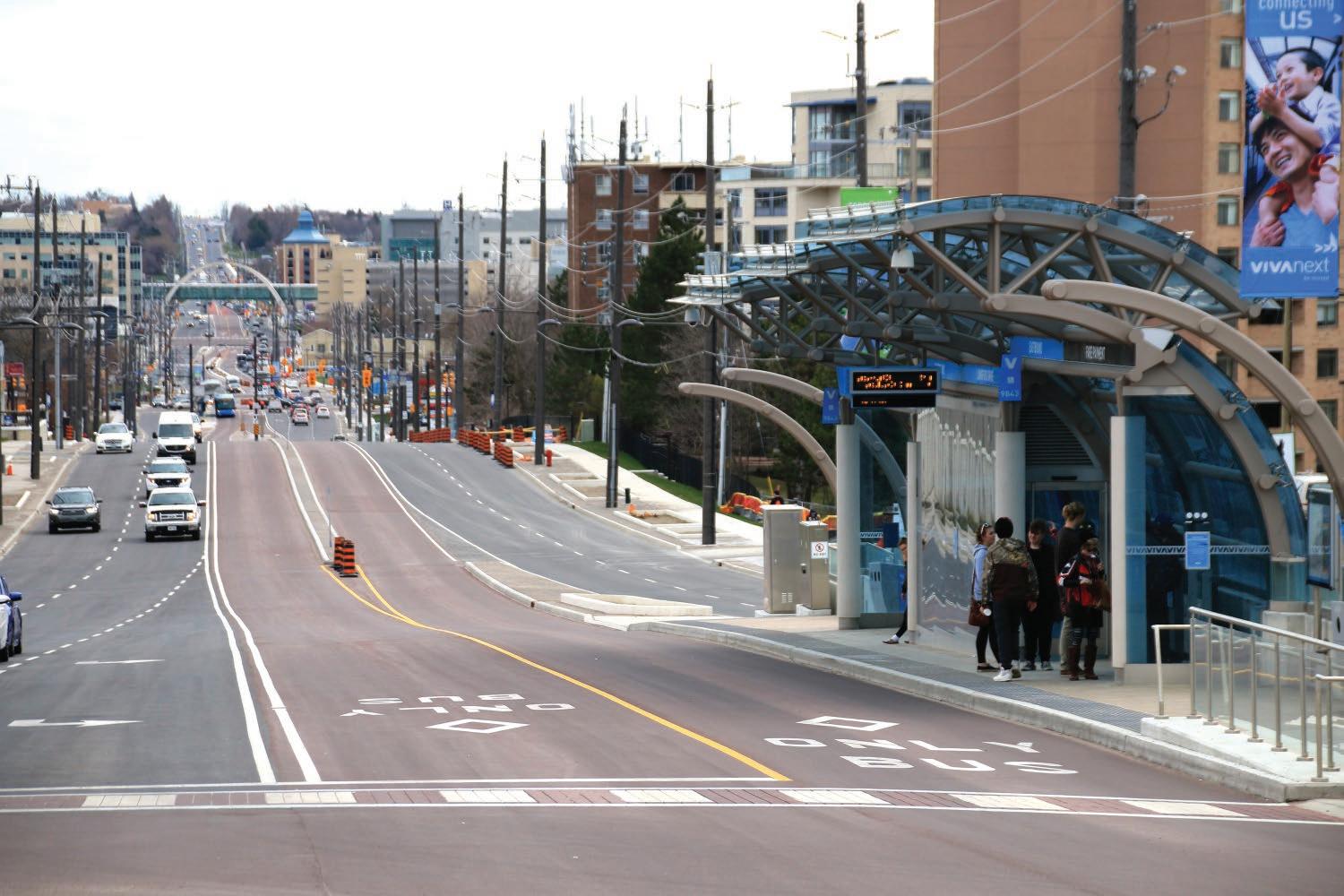

The Davis Drive rapidway in Newmarket, recently opened for service.
Viva stations designed with international architecture in mind.
and wider sidewalks with attractive benches and lighting.”
While vivaNext projects have a total price tag of $3.2 billion, $1.8 billion of that is specifically for bus rapid transit projects, which are located on Highway 7, Yonge Street and Davis Drive in Markham, Richmond Hill, Vaughan and Newmarket. The money will go toward road widening for rapidways, vivastations along each corridor, and new facilities, terminals and vehicles. Federal, provincial and regional sources are paying for the work, which is expected to be completed by the end of 2021.
The bus rapid transit project is just one part of a massive investment taking place in public transit in the area. Other projects not falling under the bus rapid transit project include:
• A recently completed state-ofthe-art transit service facility in Richmond.
• A park and ride facility in Newmarket at Davis Drive and Highway 404 has opened.
• A bus terminal is being built in Vaughan, opening to coincide with the completion of the Toronto-York Spadina Subway Extension.
• A bus terminal is being built in eastern Markham, to be completed by the end of 2017.
• Park and ride projects continue to be planned, in line with York Region’s transportation plans.
There is much enthusiasm for the bus rapid transit project within the York Region. Research carried out for York Region Transit by Forum Research in 2015 found in communities where rapidways are in service, over 80 per cent of residents believe the project has added value to their community and has increased their quality of life.
The project is one that will leave a lasting legacy. “Those who live, work and travel in York Region will have more choices in how they travel and will live in a cleaner environment thanks to more transit use and fewer cars on the road,” says May.
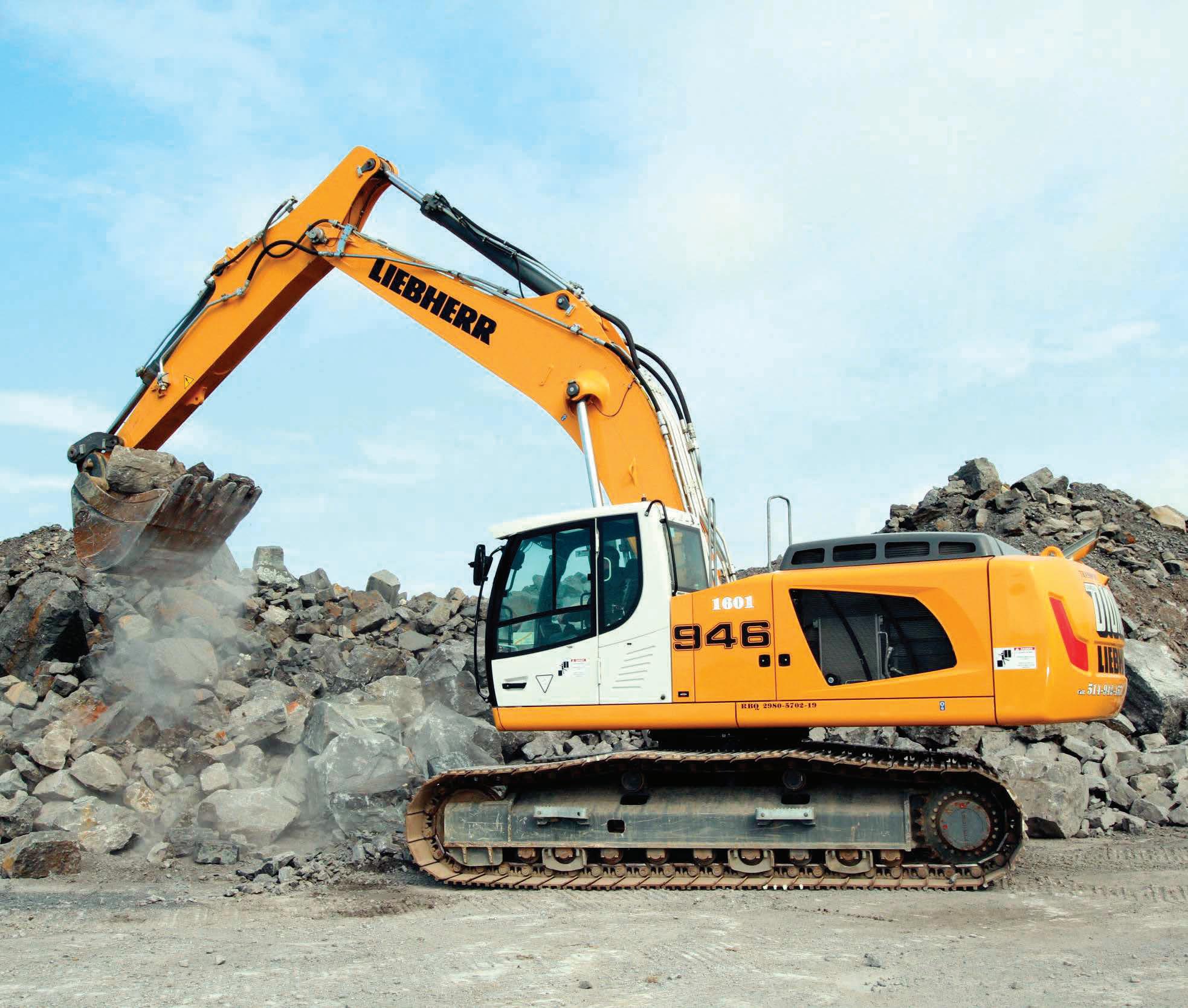

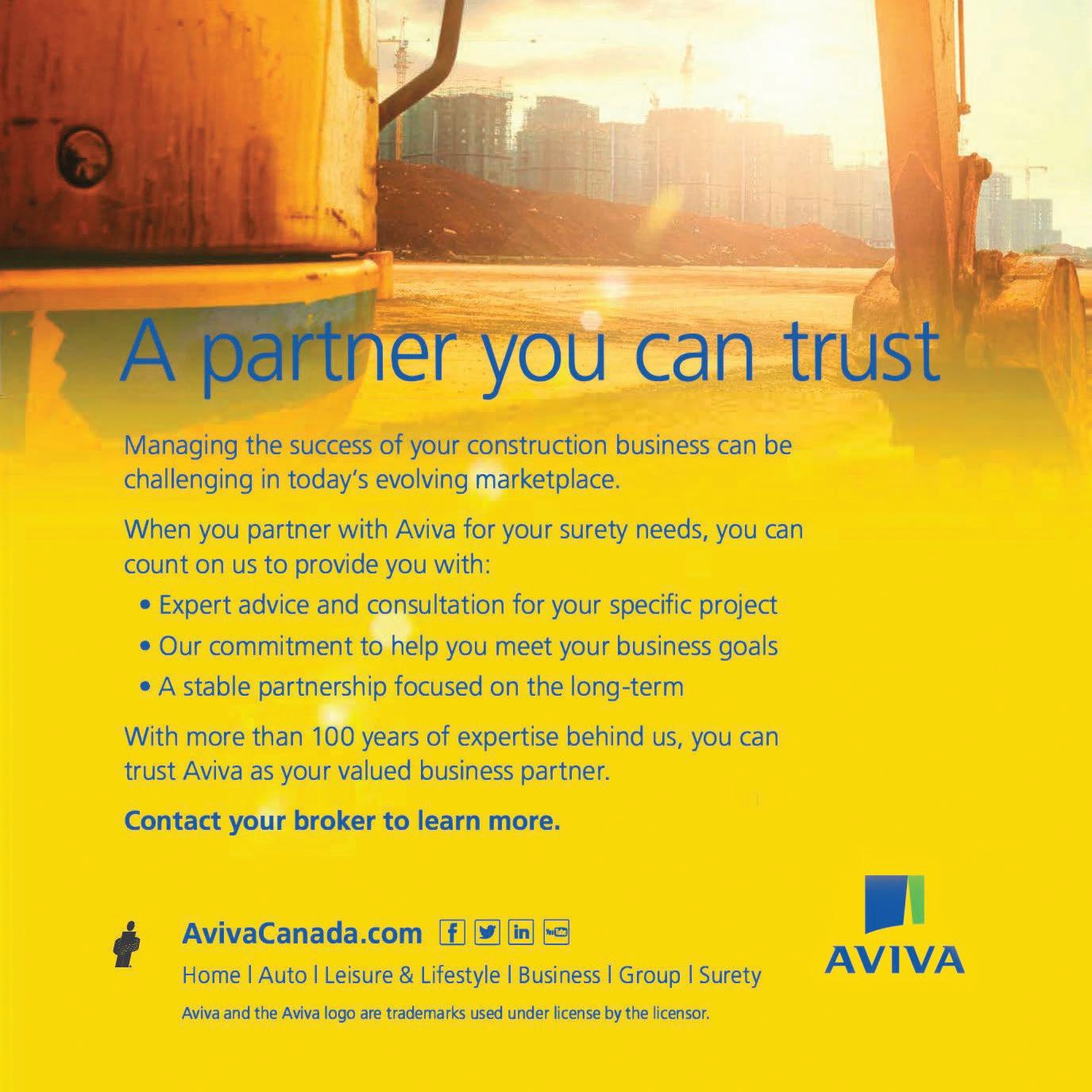
FACTS & FIGURES
WHERE DOES ONTARIO RANK ON ENVIRONMENTAL PERFORMANCE ACROSS THE COUNTRY?
Wastewater






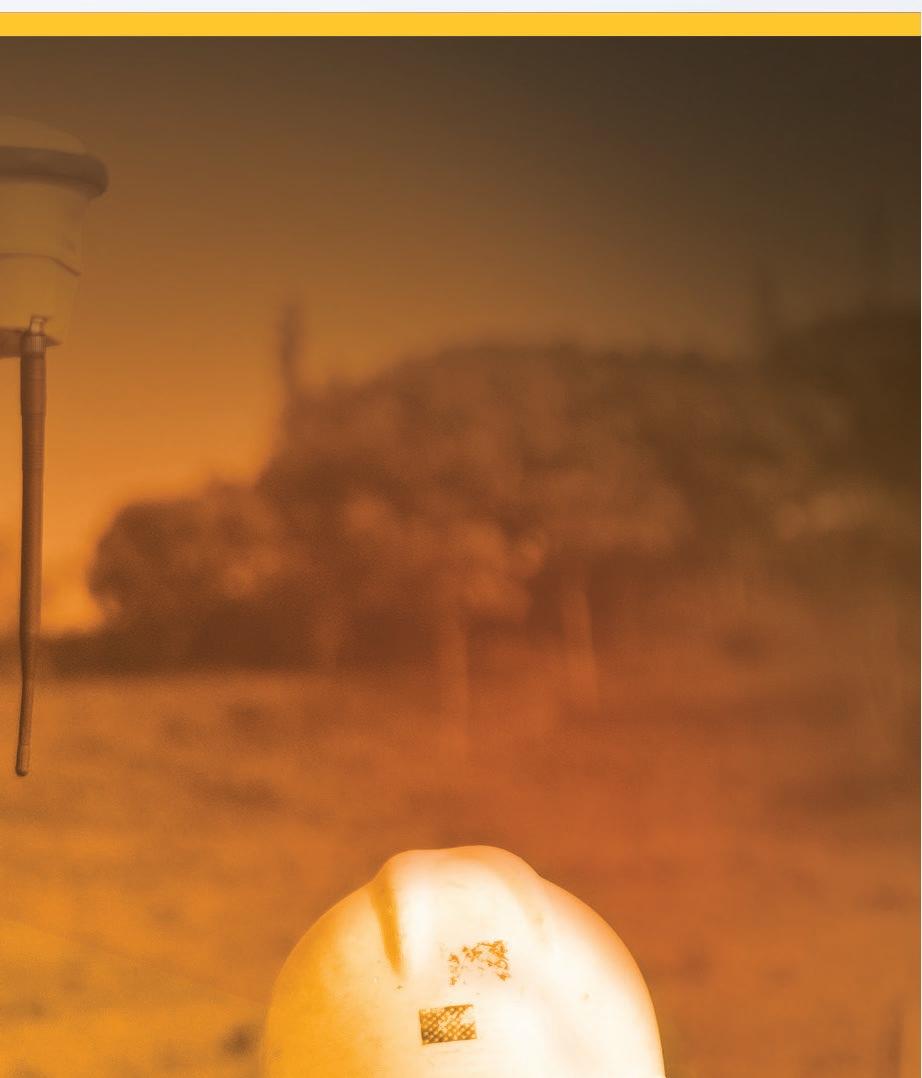
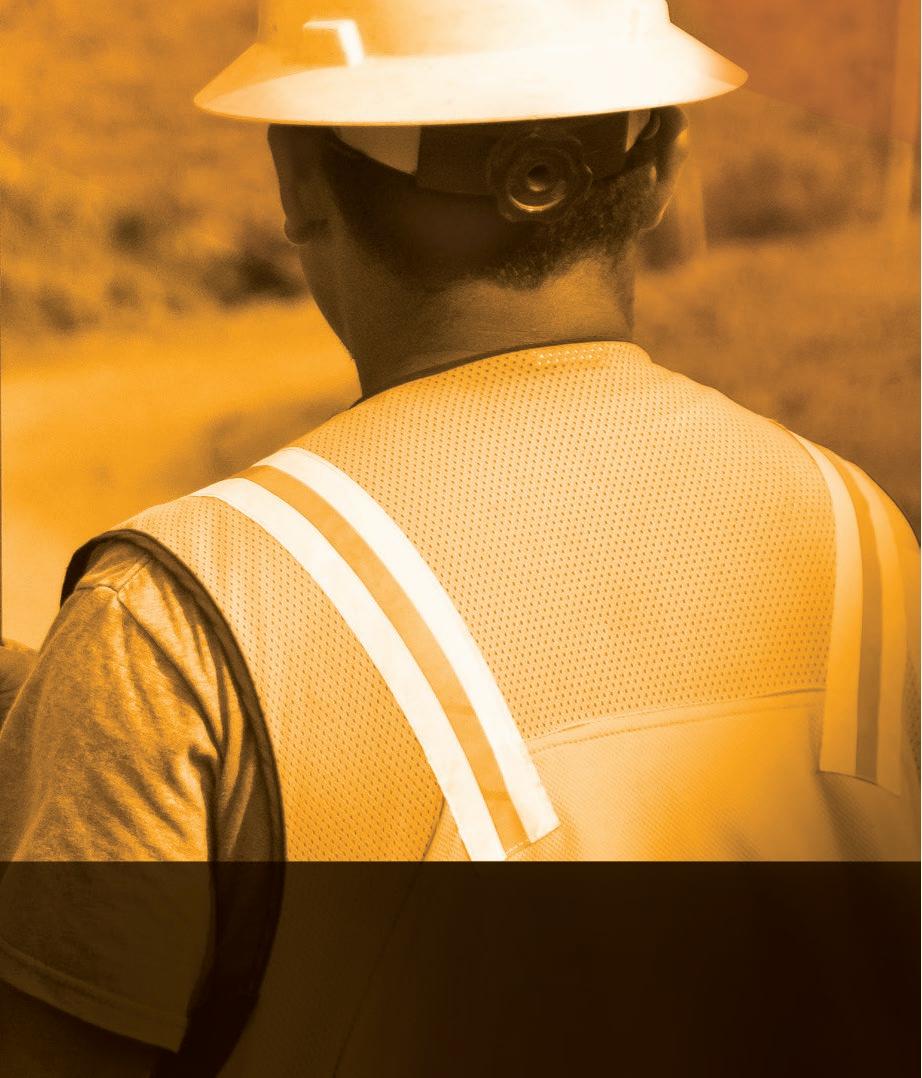

NEW MEMBERS
MUNICIPAL CONTRACTOR MEMBER

Rafat General Contractor Inc.
Rafat General Contractor Inc. as a team of professionals involved in basic infrastructures, road rehabilitation and reconstruction, excavation, foundation, interior renovation, landscaping and snow removal etc. all over the Greater Toronto Area. We have a number of satisfied clients in public as well as private sectors in industrial, commercial, institutional and various local municipalities. Rafat has its own fleet of heavy equipment’s that include small to large size excavators, hi-reach excavators, bulldozers, blades, backhoes and bobcats, disposal bins and trucks, compactors and proof rollers, etc. We have hired highly skilled workers to aim to deliver a high quality service in professional manner with a limited timeframe.
Carlo Salim, President info@rafat.ca (905) 951-1063 www.rafat.ca
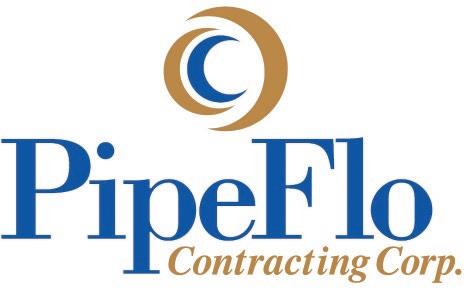
Pipeflo Contracting Corporation
PipeFlo Contracting Corp. is a pipeline maintenance and rehabilitation company that services the municipal, industrial and commercial business sectors. Innovation, experience and quality customer service explain why PipeFlo is a leader in the underground infrastructure industry continuously looking to improve and develop new methods and techniques to provide the very best products and services.
Julia Noble julia@pipeflo.ca (905) 572-7767 www.pipeflo.ca
CONTRACTOR MEMBER

Pomerleau Inc.
POMERLEAU is a leader in the Canadian construction industry and among Canada’s top general contractors. Pomerleau has 50 years of accumulated knowledge and experience in different construction sectors and has acquired a unique level of expertise in construction management and construction. The dedicated civil works department is active in the Transportation, Energy, Marine and Heavy industrial sectors.
Philippe Goulet, Regional Director philippe.goulet@pomerleau.ca (613) 244-4323 www.pomerleau.ca
Dozr Inc.

Dozr.com connects contractors that have equipment they aren’t using with contractors who need it. Rent your idle equipment to verified contractors in between projects and in the off-season. Sell your equipment when you no longer need it. Find the equipment you need for up to 40% less than card rates! Free to join and free to list.
Kevin Forestell, CEO kevin@dozr.com
Erin Stephenson, Co-Founder erin@dozr.com (844) 218-3697 www.dozr.com

ASSOCIATE MEMBER
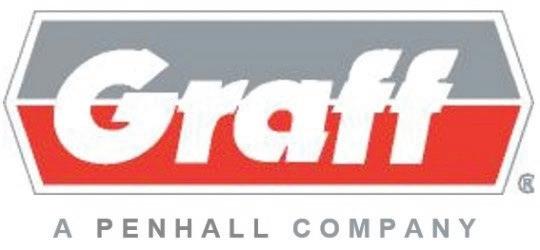
The Graff Company ULC
Established in 1965, The Graff Company ULC continues to expand its presence in the road grinding, profiling and grooving sector and servicing road constructors in the area of bridge and road rehabilitation. In addition to its grinding services, Graff employs over 50 service vehicle in the concrete cutting, coring, scanning and x-ray functions offering a wide array of service to constructors and trades in the Ontario market.
Paul Maysuik, General Area Manager pmaysuik@graffconcrete.com (905) 457-8120 www.graffconcrete.com

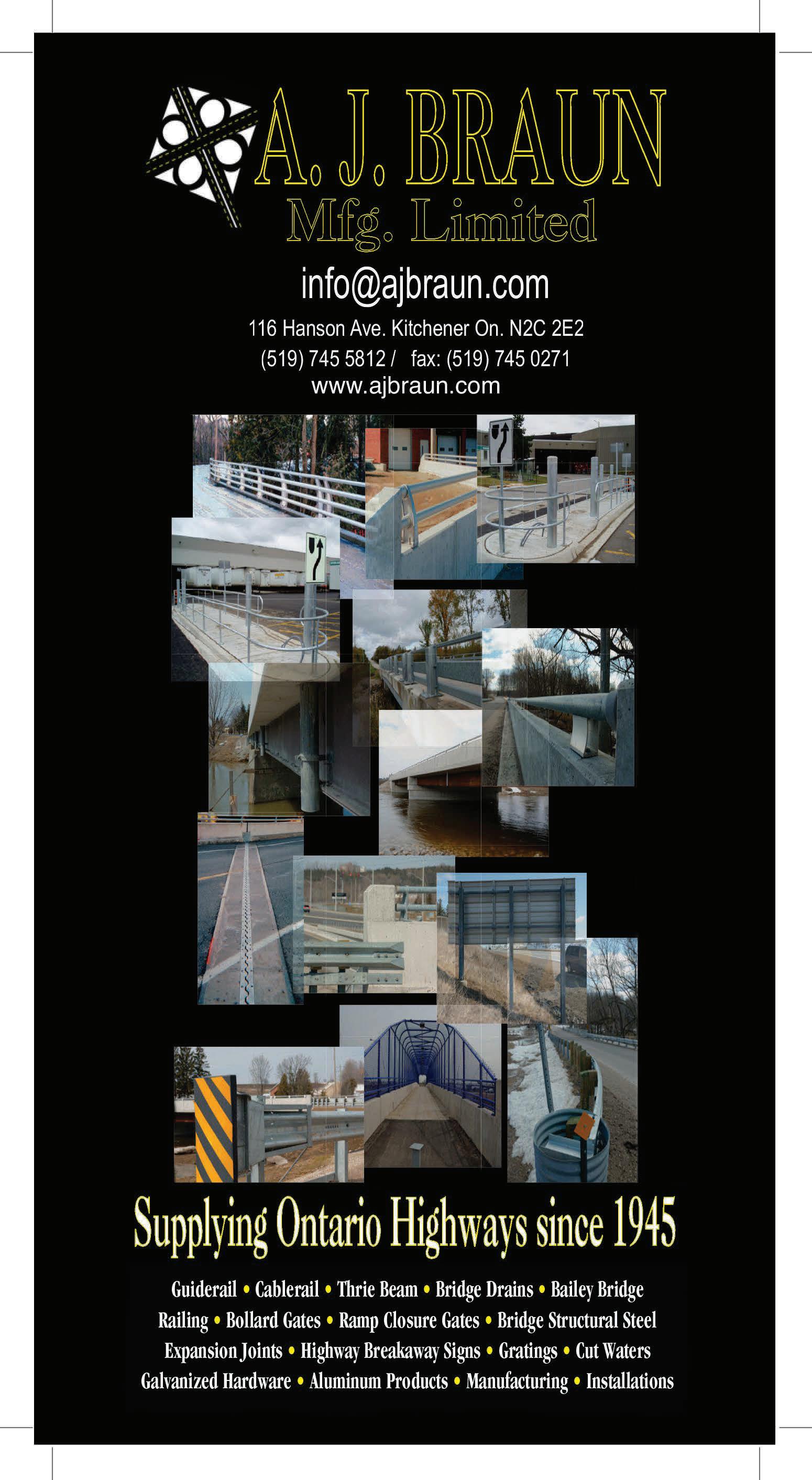


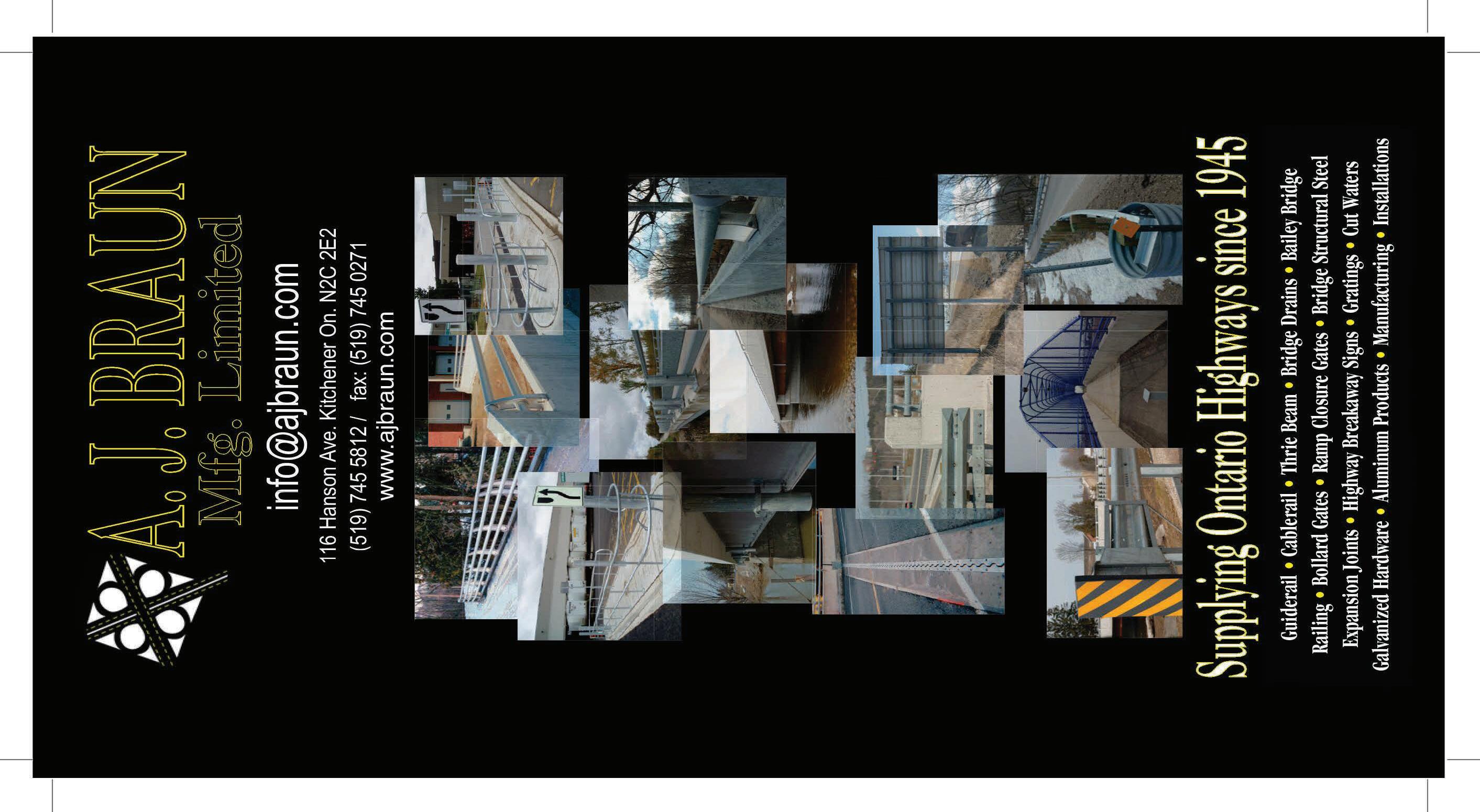


BUSINESS MANAGEMENT
GREEN IS GOOD
by JIM PETERS

When Gordon Gekko (aka Michael Douglas) uttered the immortal phrase that “greed is good” in the hit movie Wall Street, his speech to shareholders reflected the times—the hedonistic eighties. Since then, of course, legitimate concerns about our planet’s future and environmental management in business life has become part of the cultural DNA. Today’s mantra is much more likely to be “green is good.”
But in a world where measuring the minutiae of everyday revenues and expenses are highly valued, what is the actual cost of implementing environmental policies within companies? Can these rules and practices be clearly defined? How do companies go about establishing
metrics and capital costs for going green? Where does one even begin? These questions have circulated around the business community from the very beginning of the environmental movement. But in addition to the more nebulous branding and public relations benefits of establishing a green presence, there are actually many ways that businesses large, medium and small can measure the impacts of environmental policies.
Before getting to the specifics, a few generalities. The International Institute for Sustainable Development describes going green in terms of a journey and breaks down the equation into three broad, but essential, steps:

REGULATORY COMPLIANCE
This is the place where many new companies begin and established companies stay current. Simply put, businesses must comply with the environmental regulatory practices of the local areas, municipalities, cities and provinces in which they practice. The key word is compliance and it is the duty of the company’s management to become well acquainted with the laws and guidelines that pertain to their business—or risk large financial penalties or even jail terms.
ENVIRONMENTAL RISK MANAGEMENT
Next up on the sustainability journey, risk management is where businesses examine the uncertainties of environmental compliance. This step typically includes asking questions such as what are the costs of environmental clean ups and the risk of potential claims against the company. In order to minimize risks, many companies adopt a precautionary approach to their practices, often including the anticipation of potential accidents and the proactive prevention of same. This usually includes the adoption of health and safety practices and adopting overall environmental management systems. An important step in the process, risk management allows companies to save money by anticipating potential workplace and environmental hazards.
SUSTAINABLE BUSINESS STRATEGIES
As the final phase in the sustainability journey, the creation of business strategies seeks to create a win-win-win scenario for the
company (and its employees), customers and the environment itself. These strategies aim to achieve harmony between wealth creation, enhancing the company’s competitive advantage, and achieving measurable benefits for the community and the company’s stakeholders. Uncovering business opportunities—often by employing creative problem solving methods—form the bedrock of the third stage.
Many experts still agree that since the beginning of the environmental movement, it’s still difficult to measure the benefits of environmental policies. In 2016, however, much more is known about the costs associated with going green and how, exactly, to measure it.
START WITH UTILITIES
As is often the case with businesses of any size, a good place to begin an analysis is with measurable processes, such as energy usage or other utility costs. Ideally it’s best to know the numbers before green measures are implemented but it’s usually not impossible to backpedal because the records will be there. Using electrical consumption as an example, a good place to start is to determine the monthly costs for the previous 12 months. Just don’t fall into the trap of averaging out the monthly bill—because of the seasonal variations in usage, you’ll want to compare January to January and June to June in the years before and after energy improvements were made. Obviously, similar comparisons before and after can be made with water usage, natural gas consumption and even recycling.
The ways and means of reducing costs and going green are so commonplace and abundant that few households and businesses aren’t implementing at least a few of these strategies, such as high efficiency furnaces, water restriction methods and reuse and recycle strategies.
Ultimately, of course, it may be the more intangible and
difficult-to-measure green strategies that generate the most profits. Young people seek out employment with progressive companies with strong environmental track records. So green businesses not only gain recruiting advantages but also keep employees more motivated and happy. There’s a strong co-relation between sound environmental policy and improved company loyalties— corresponding to less sick time, better
employee retention and improved public image.
LESSONS FROM POPULAR CULTURE
In the end, popular culture often provides as reliable a benchmark as hard research when it comes to measuring the cultural zeitgeist. A matured Gordon Gekko relates a different point of view in another speech in the 2010 sequel, Wall Street: Money Never Sleeps—“Greed is not good.” A metaphor, perhaps, for our own maturing attitudes.
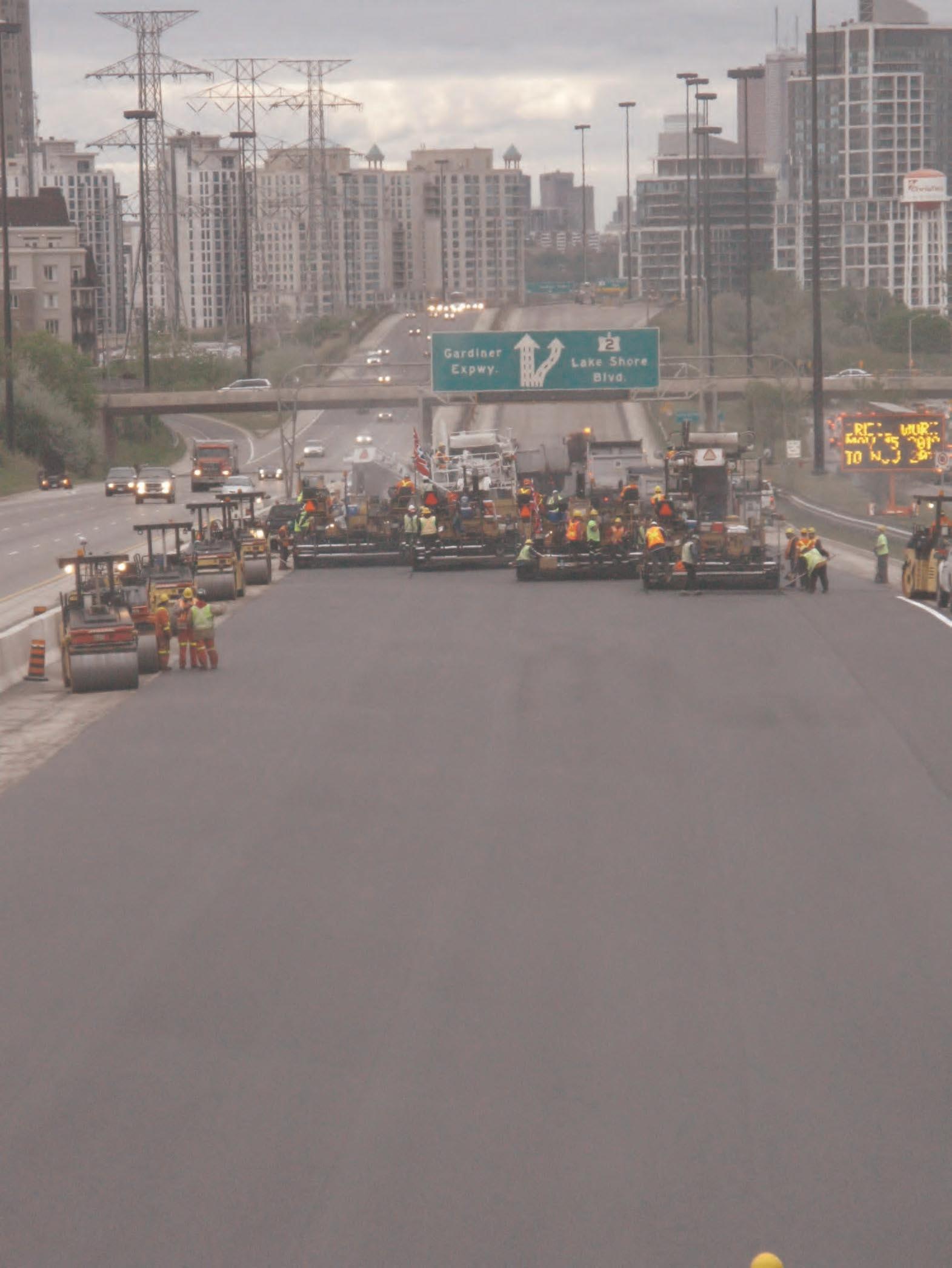


Coco Paving Inc.
Paving the Way
Coco Asphalt Engineering
Supplier of Asphalt and Related Products
Coco Aggregates Inc. Serving Your Aggregate Needs
Russell
Redi-Mix Concrete, Manitoba and Saskatchewan

THINK OF THIS
AS OUR
OFFICE. A CONSTRUCTION SITE IS NOT YOUR TYPICAL WORKPLACE, BUT IT’S STILL A WORKPLACE . The next time you’re passing a road work site, please treat it with respect. Reduce your speed, merge safely and don’t let your frustrations get the better of you. It doesn’t happen in your workplace and it shouldn’t happen in ours.

ON THE ROAD
MCASPHALT INDUSTRIES
LIMITED VISIT
FEBRUARY 26, 2016
TORONTO, ON
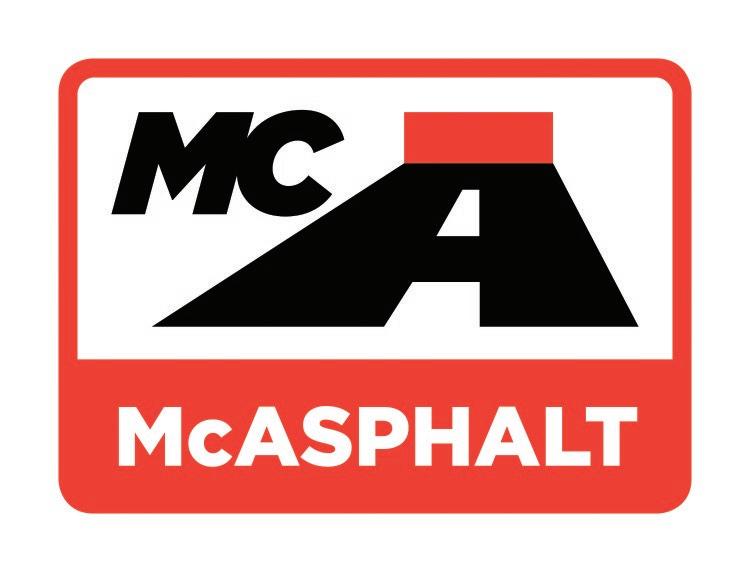
Mike McLean, Marketing and Sales at McAsphalt Industries Limited (at left), welcomes ORBA Membership Manager, Richard Stamper, to the McAsphalt corporate office.
CLOSING ROUNDTABLE OF THE ONTARIO TORONTO BURDEN REDUCTION PROJECT
MARCH 14, 2016
TORONTO, ON
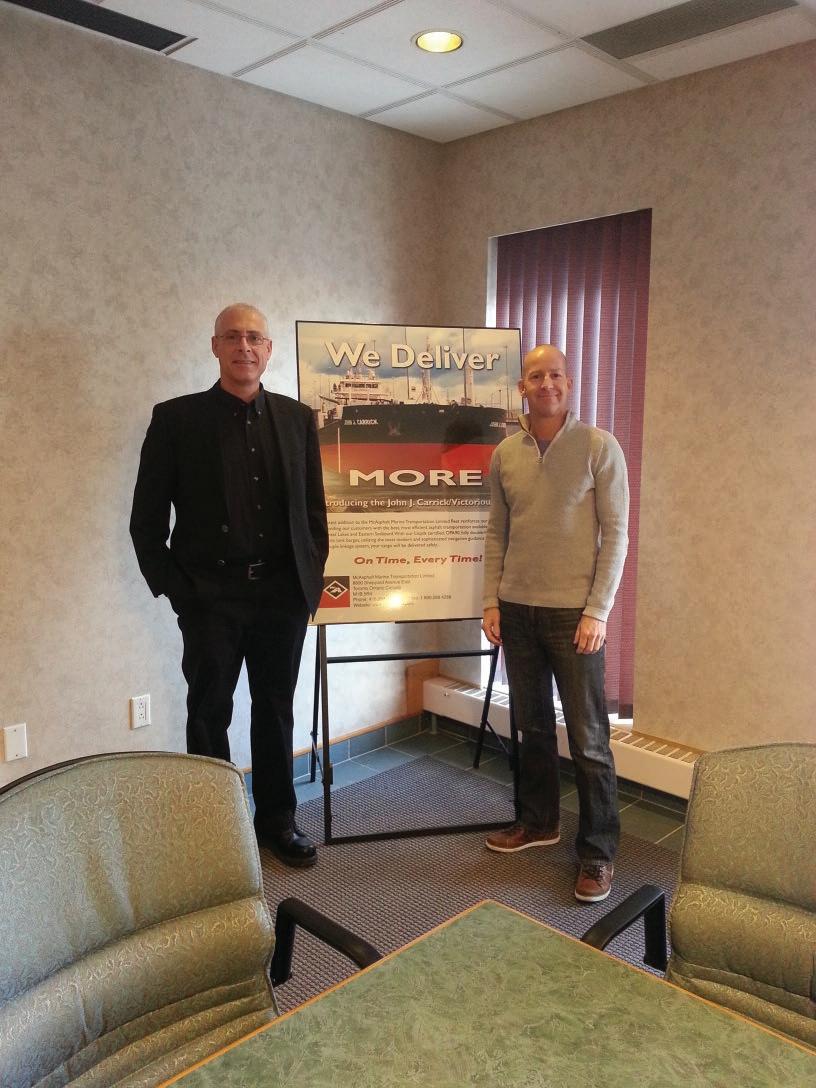
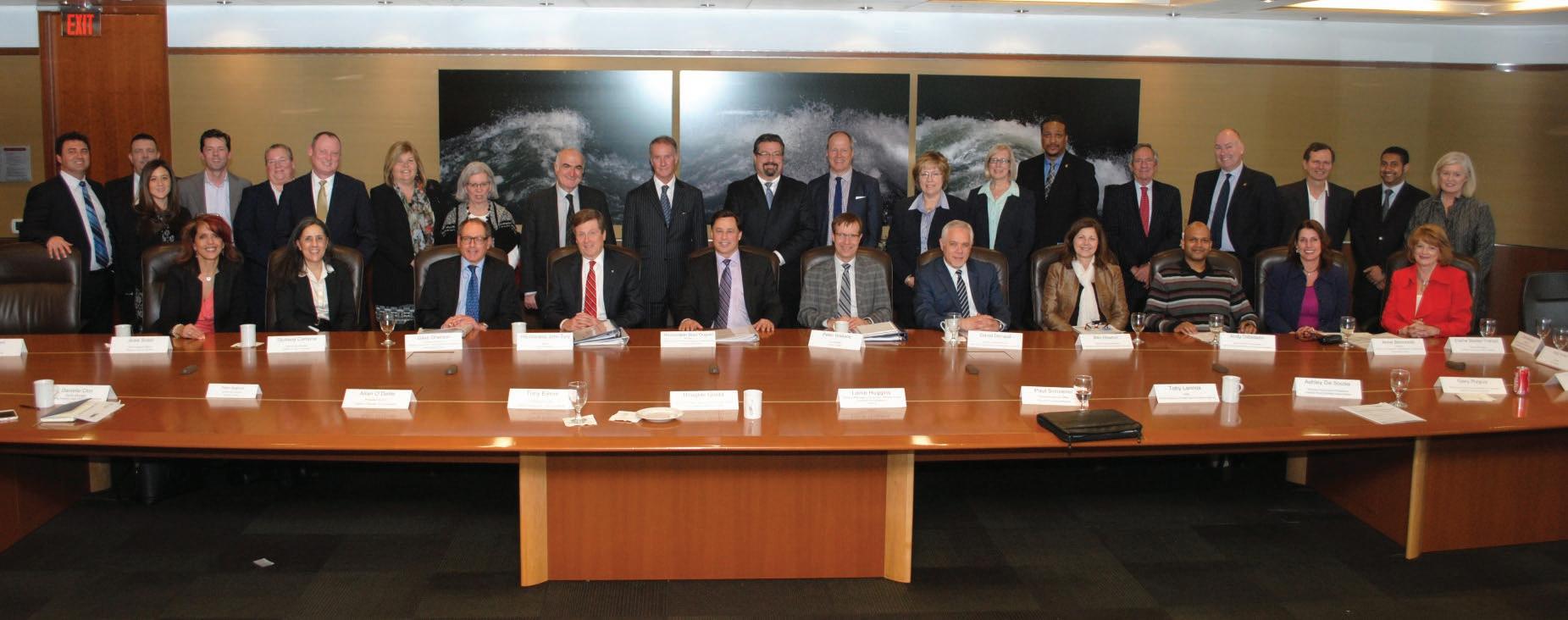
ORBA Government Relations Director Ashley De Souza (pictured second from the right in the back row) attended the Ontario Toronto Burden Reduction Closing Roundtable. ORBA was part of the initiative that identified opportunities to reduce burdens for Toronto businesses.
2016 CONSTRUCTION SEASON KICKS OFF
APRIL 15, 2016
MISSISSAUGA, ON
ORBA attended the launch of the 2016 construction season in Mississauga. ORBA Executive Director Geoff Wilkinson speaks alongside (from left to right) Minister of Transportation Steven Del Duca, Ontario Premier Kathleen Wynne and Mississauga-Streetsville MPP Bob Delaney. For more on this story, see page 9.
THE GRAFF COMPANY ULC VISIT
APRIL 19, 2016
MISSISSAUGA, ON
Earlier this spring, ORBA met with (left to right) Shawn Galway, Account Manager, and Paul Maysuik, Area General Manager, The Graff Company ULC to welcome them as a new member to the association. For more about The Graff Company ULC, read the Member Corner feature in this issue.
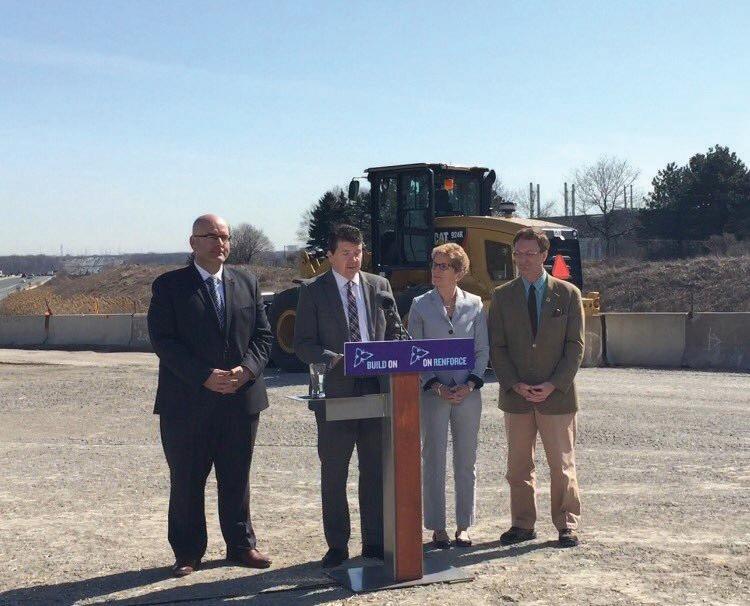
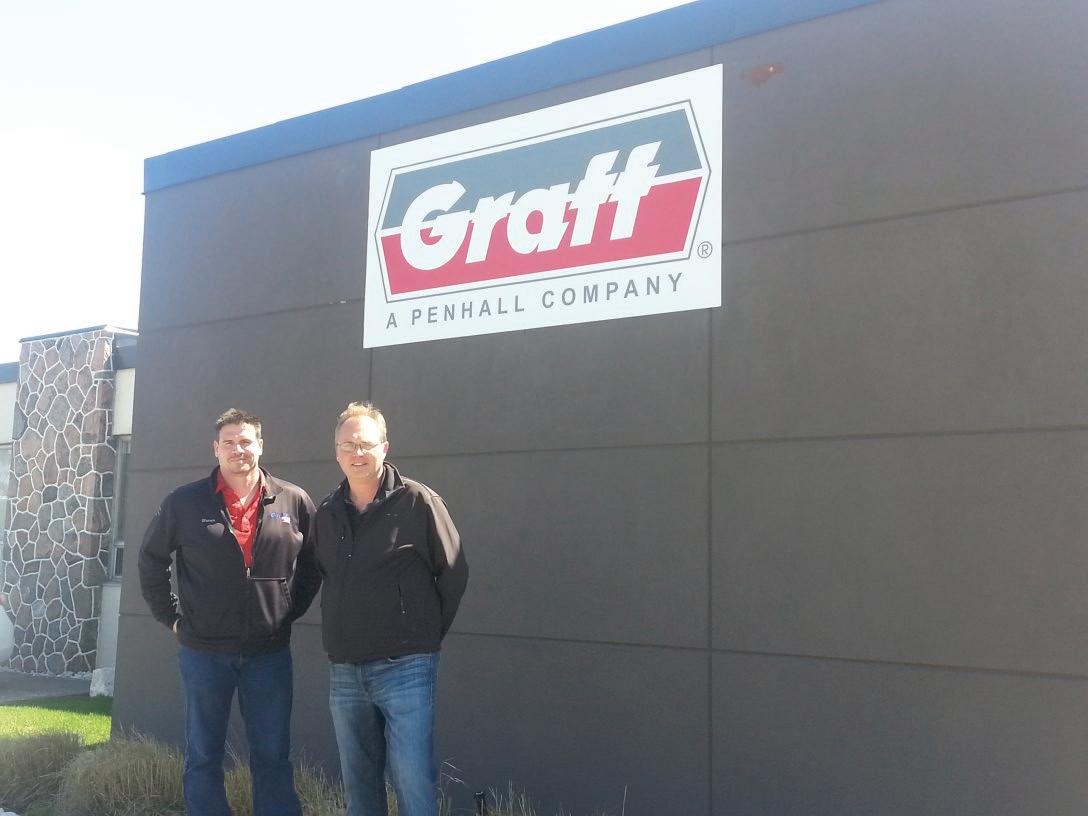

PROFESSIONAL SERVICES DIRECTORY
A.J. Braun Mfg. Limited. www.ajbraun.com
Associated Paving ................................................................... www.associatedpaving.com
Aviva Canada www.avivacanada.com
Blackrock Foundation Solutions Inc. www.blackrockfoundations.ca
BPT Components & Parts www.bpt.ca
Bruell Contracting Ltd.
Canadian Asphalt Industries Inc. ......................................... www.canadianasphalt.com
Centennial Sweeping www.centennialsweeping.com
Coco Group Inc. www.cocogroup.com
Contractors Rental Supply www.contractorrentalsupply.ca
Decast Ltd. ................................................................................ www.decastltd.com
GeoShack North America Inc. www.geoshack.com
Hutcheson Sand & Gravel www.hutchensand.com
Liebherr Canada Ltd. www.liebherr.com
Liuna! Provincial District Council ........................................ www.liunaopdc.org

BERNIE BAX Sales Associate
Brechin Quarry 122 Miller Rd. P.O. Box 127
Brechin, ON L0K 1B0
Tel: (855) 511-4266
Cell: (647) 884-6955
Fax: (705) 484-0083
bbax@tomlinsongroup.com www.tomlinsongroup.com
Nilex .......................................................................................... www.nilex.com
Nortrax Canada Inc. www.nortrax.com
Ontario Barrier Wall Ltd. www.ontariobw.ca
Peninsula Construction Inc. ................................................... www.peninsula.ca
Peto MacCallum Ltd. www.petomaccallum.com
Powell Contracting Limited. www.powellcontracting.com
Roadtec www.roadtec.com
Sitech Mid-Canada Ltd. www.sitechmidcanada.com
Stinson ...................................................................................... www.stinson.ca
Tomlinson Group www.tomlinsongroup.com
Topcon Sokkia www.sokkiacanada.com
Trisura Guarantee Insurance Company www.trisura.com
Valley Blades Limited. www.valleyblades.com
Viking-Cives Ltd. .................................................................... www.vikingcives.com
Wajax Equipment www.wajax.com
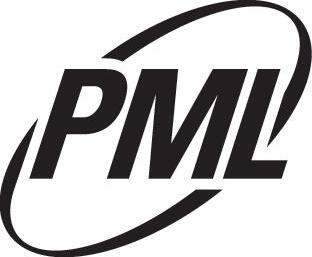
165 Cartwright Avenue, Toronto, Ontario M6A 1V5
Tel: (416) 785-5110 Fax: (416) 785-5120 www.petomaccallum.com
PAVEMENT
AGGREGATE SELECTION AND EVALUATION QUALITY CONTROL INSPECTION AND TESTING BARRIE, HAMILTON, KITCHENER, TORONTO

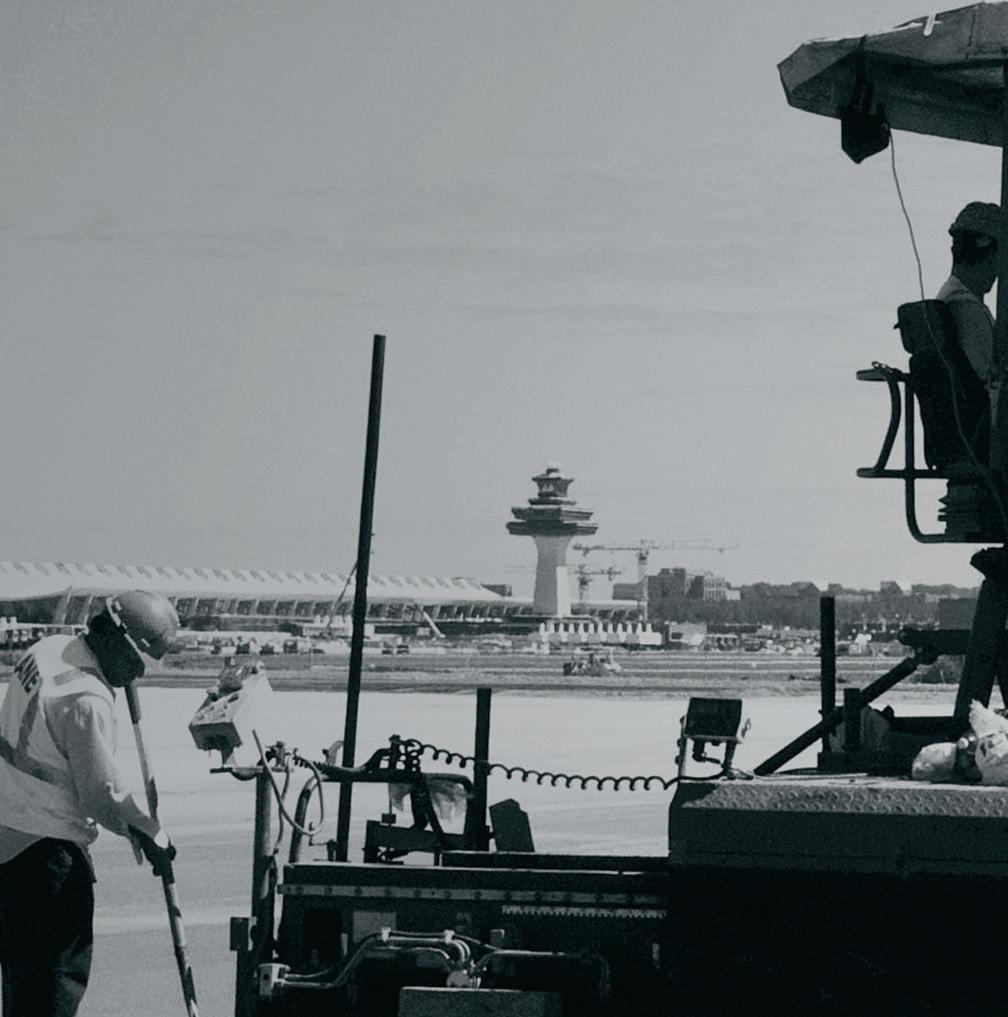
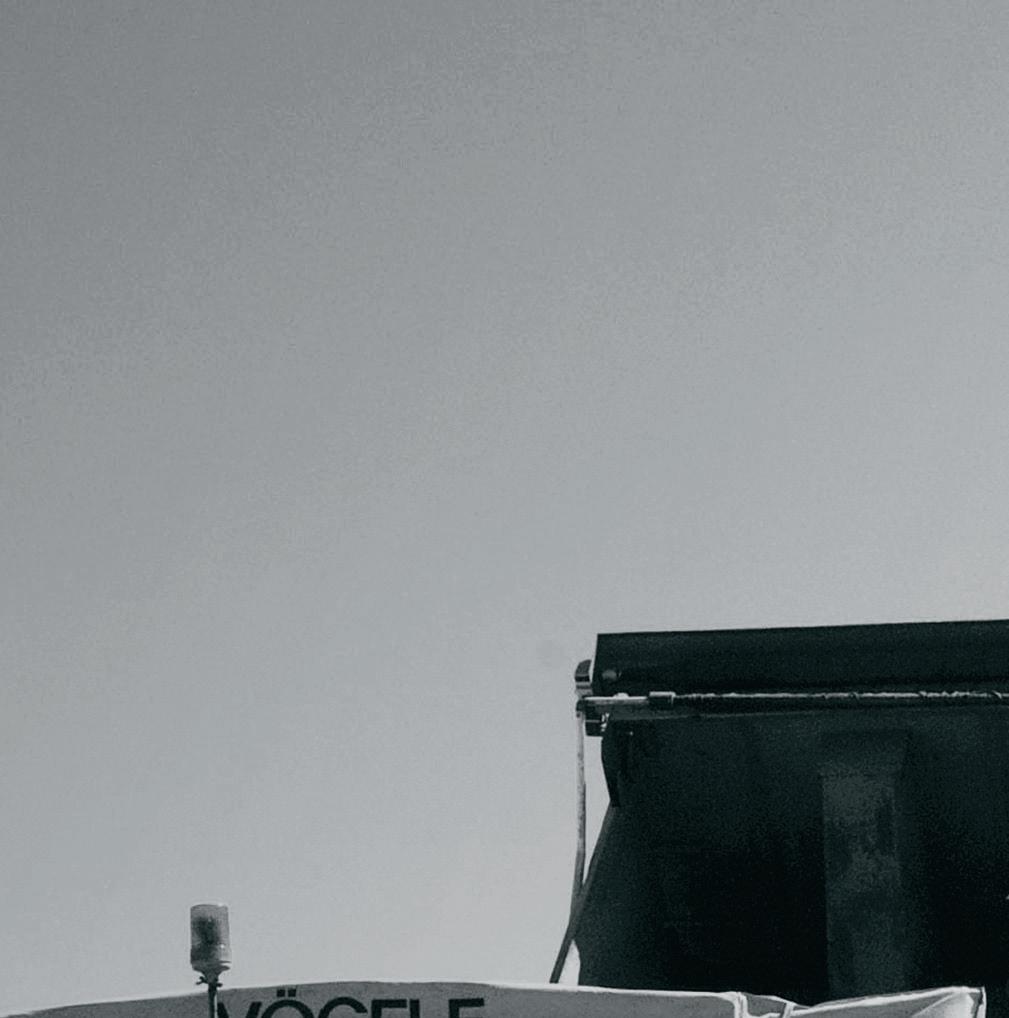
PAVING THE WAY AN INDUSTRYLEADING
PARTNERSHIP
Wajax Equipment and Wirtgen Group are Ontario’s unrivaled source for road building equipment that outperforms. From Pavers to Recyclers–and everything in between–we carry today’s top brands, plus the service and expertise to back them up.
Visit us online to find your local Wajax Equipment branch.
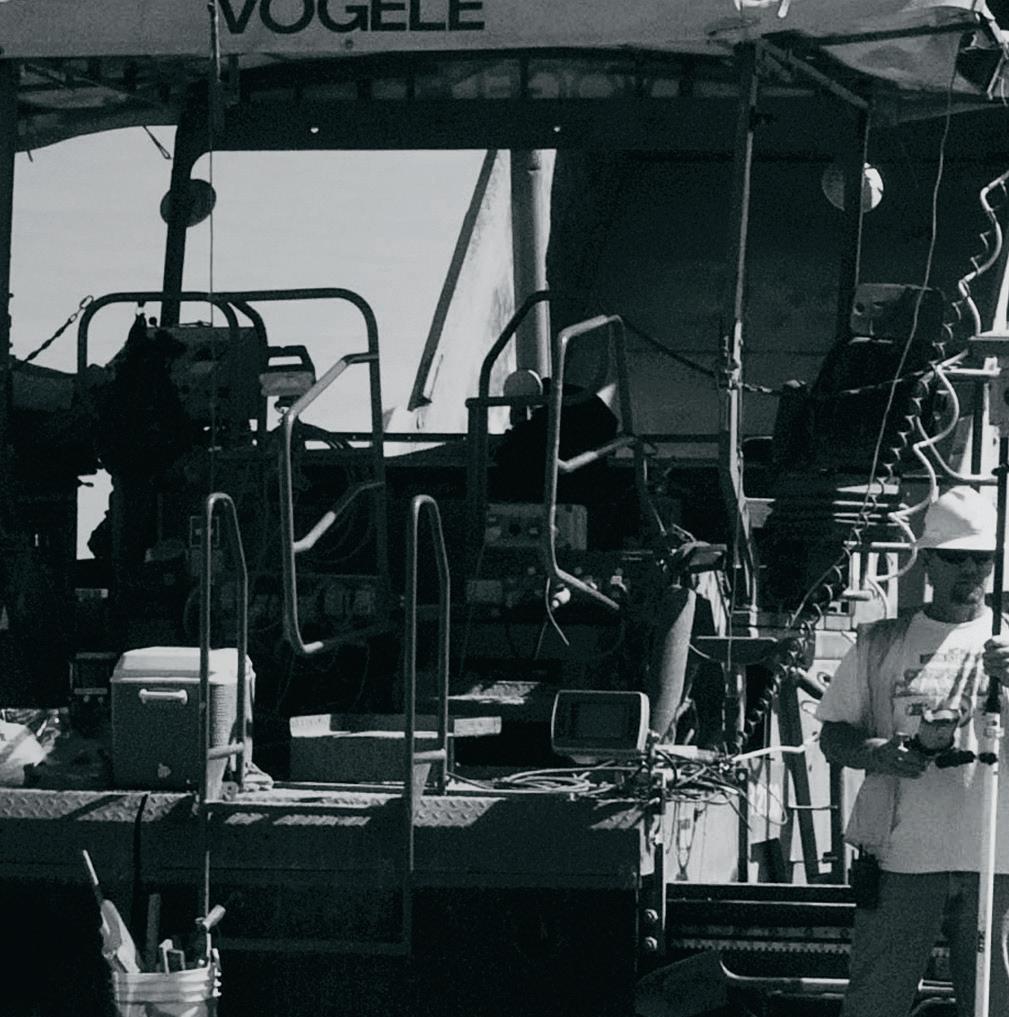

wirtgen.de
